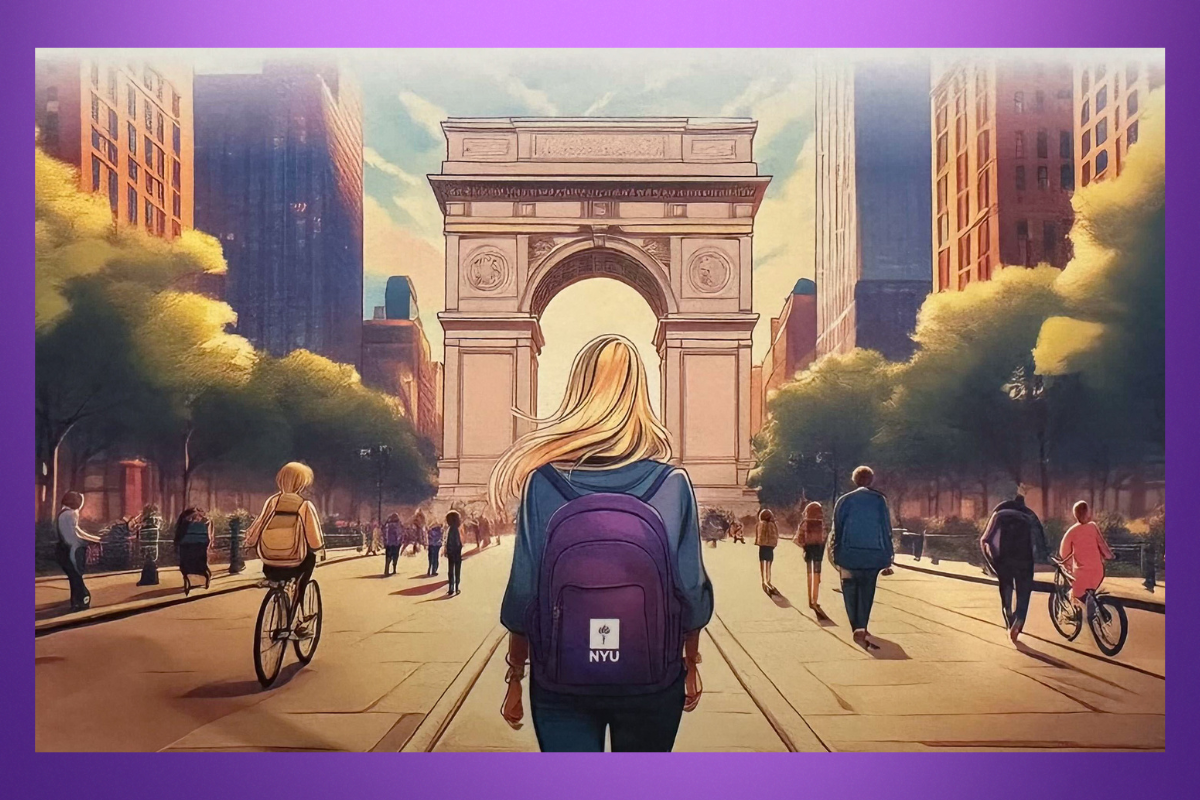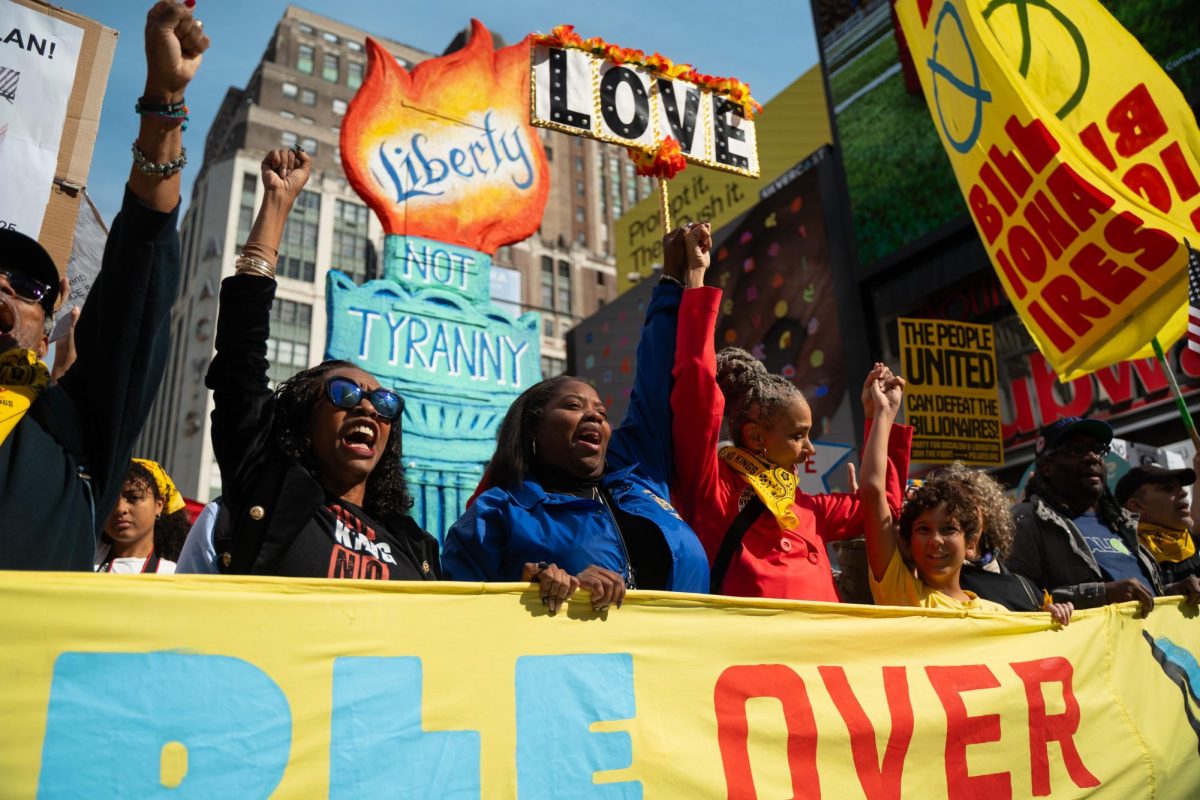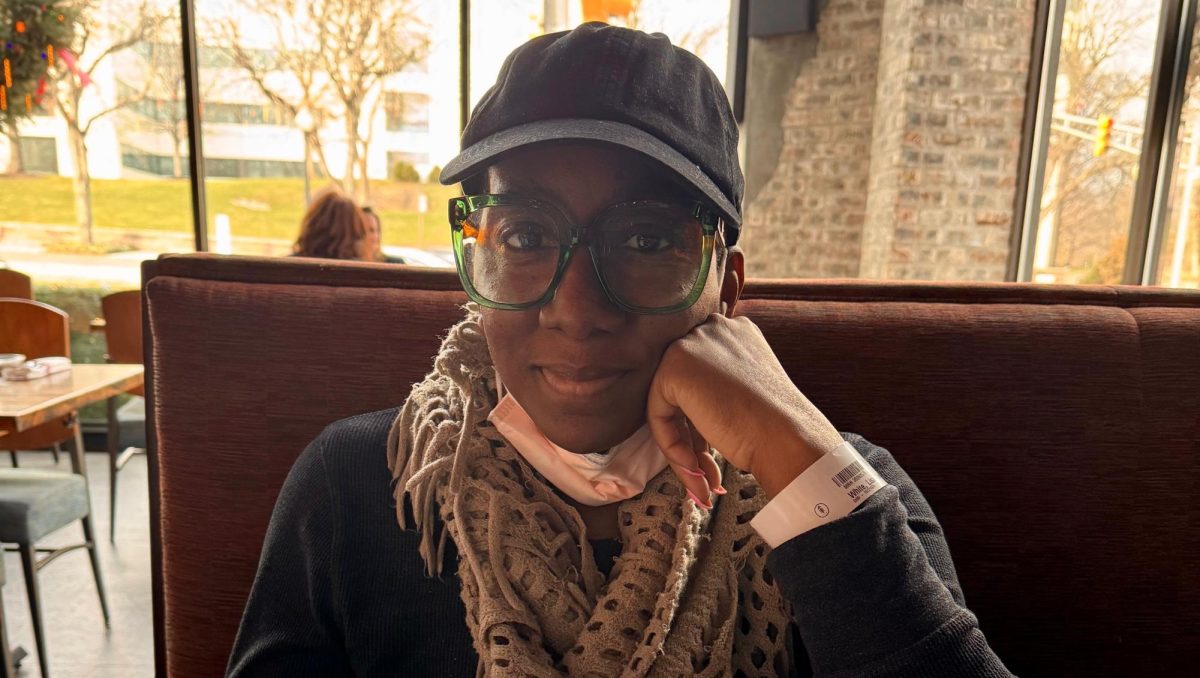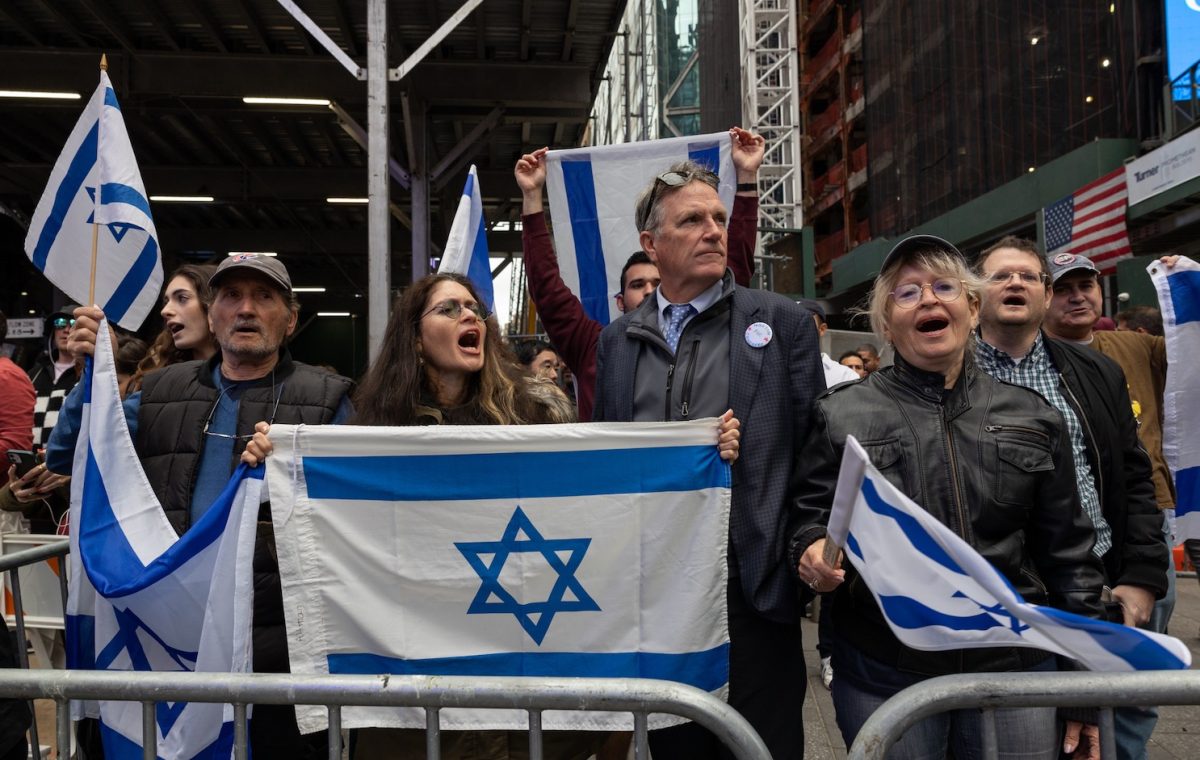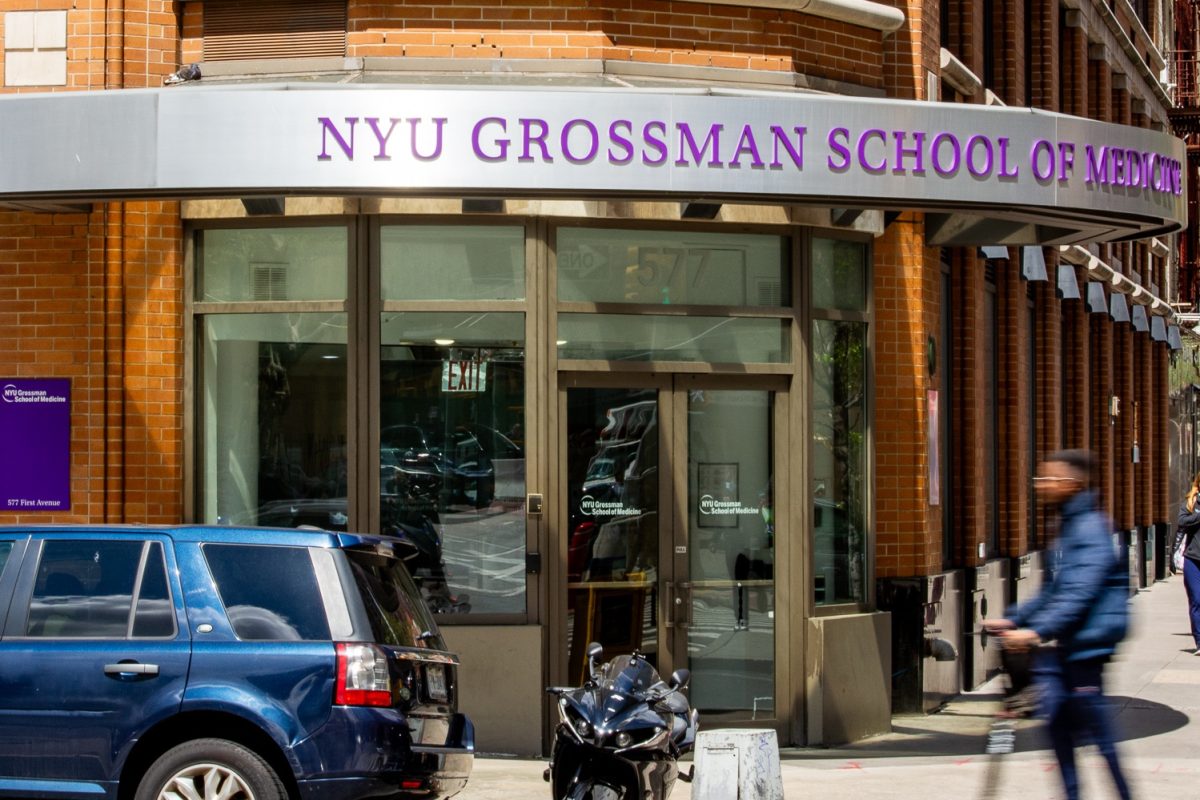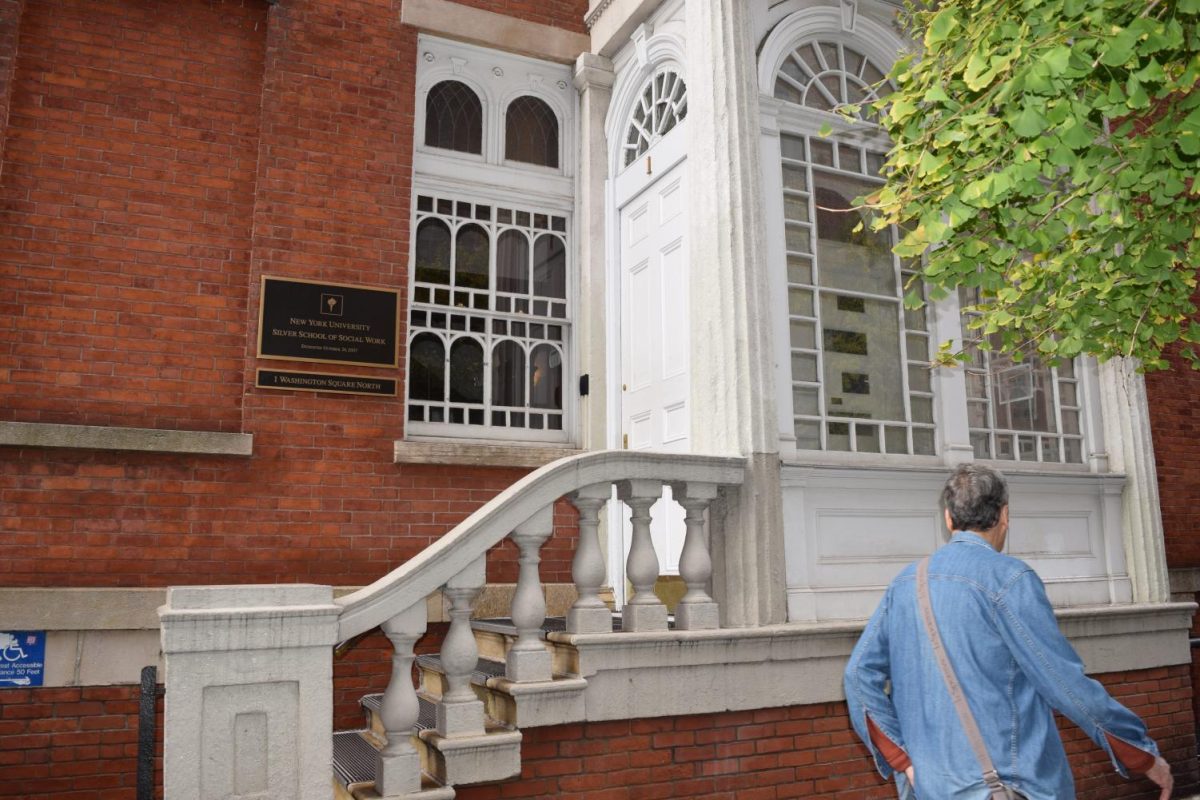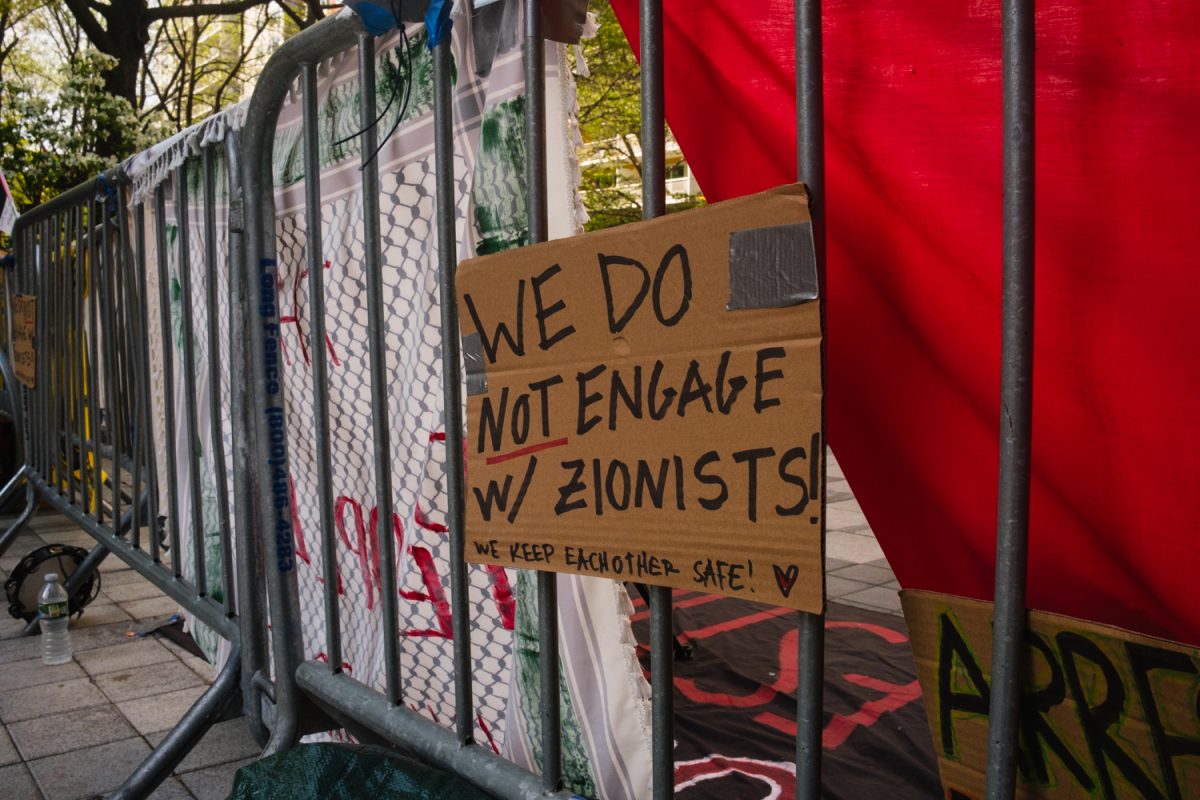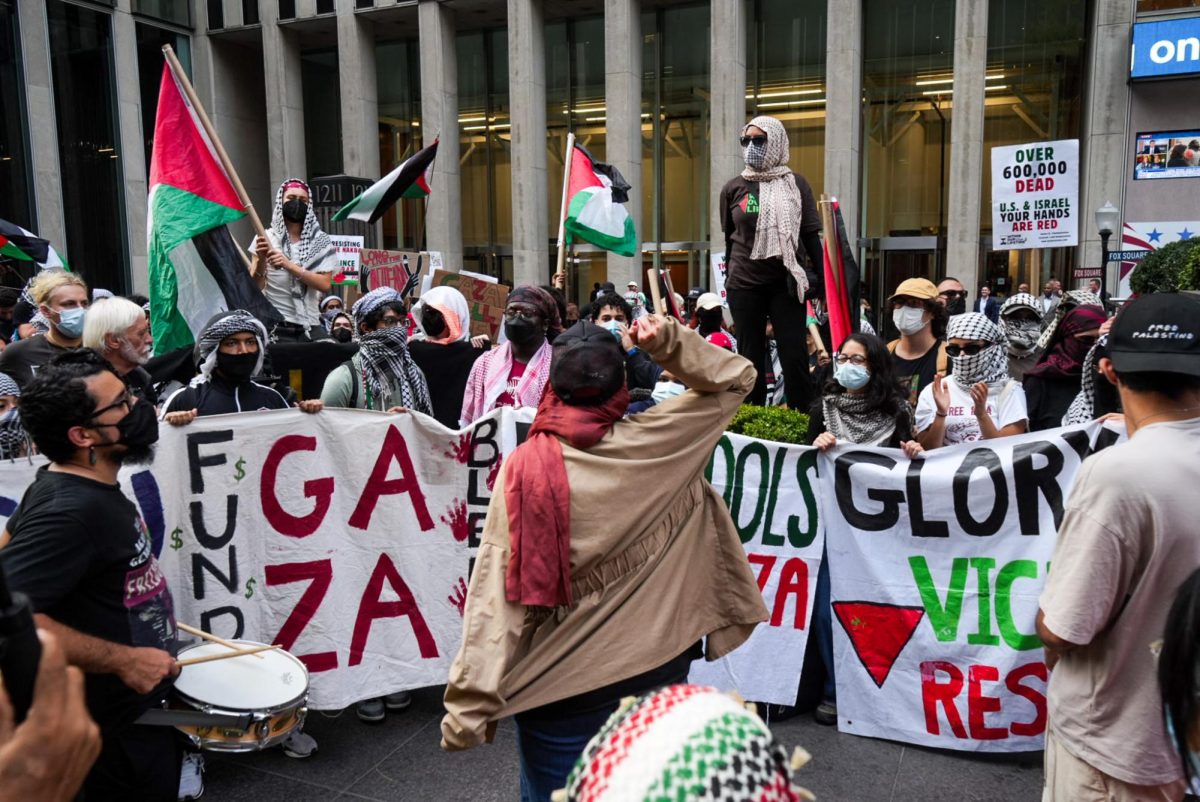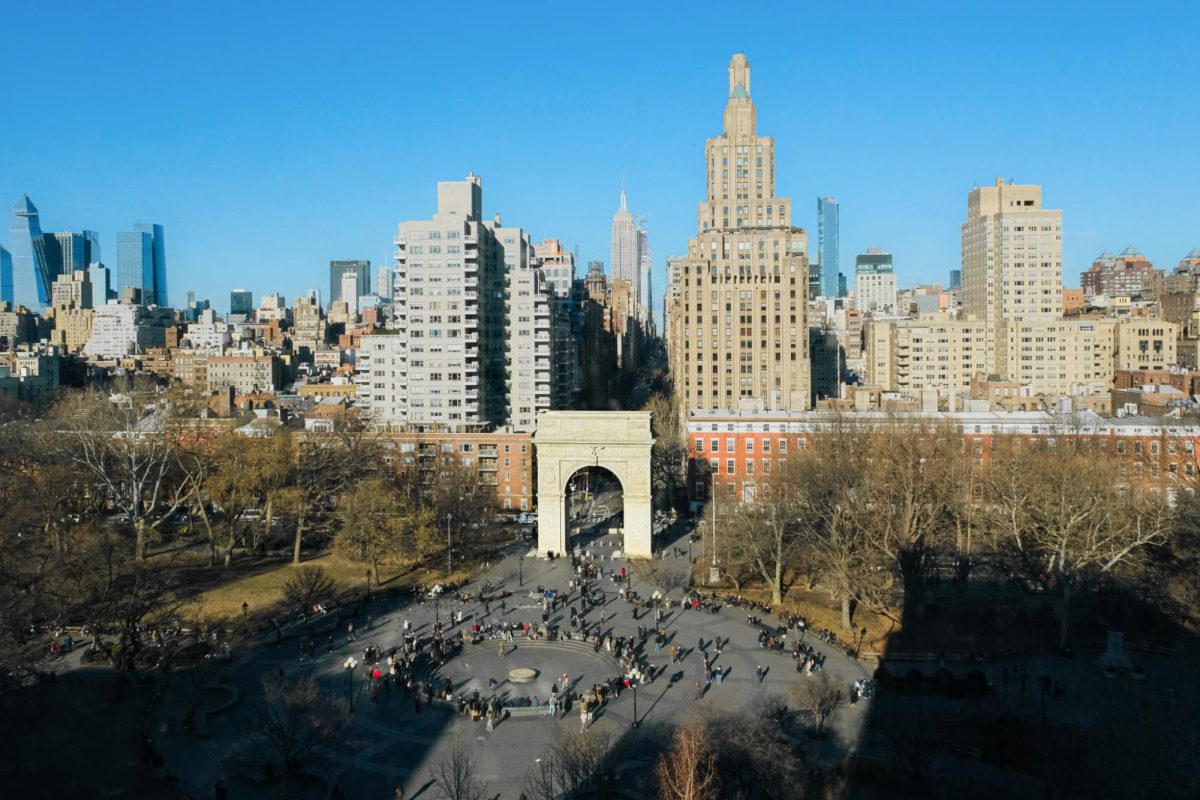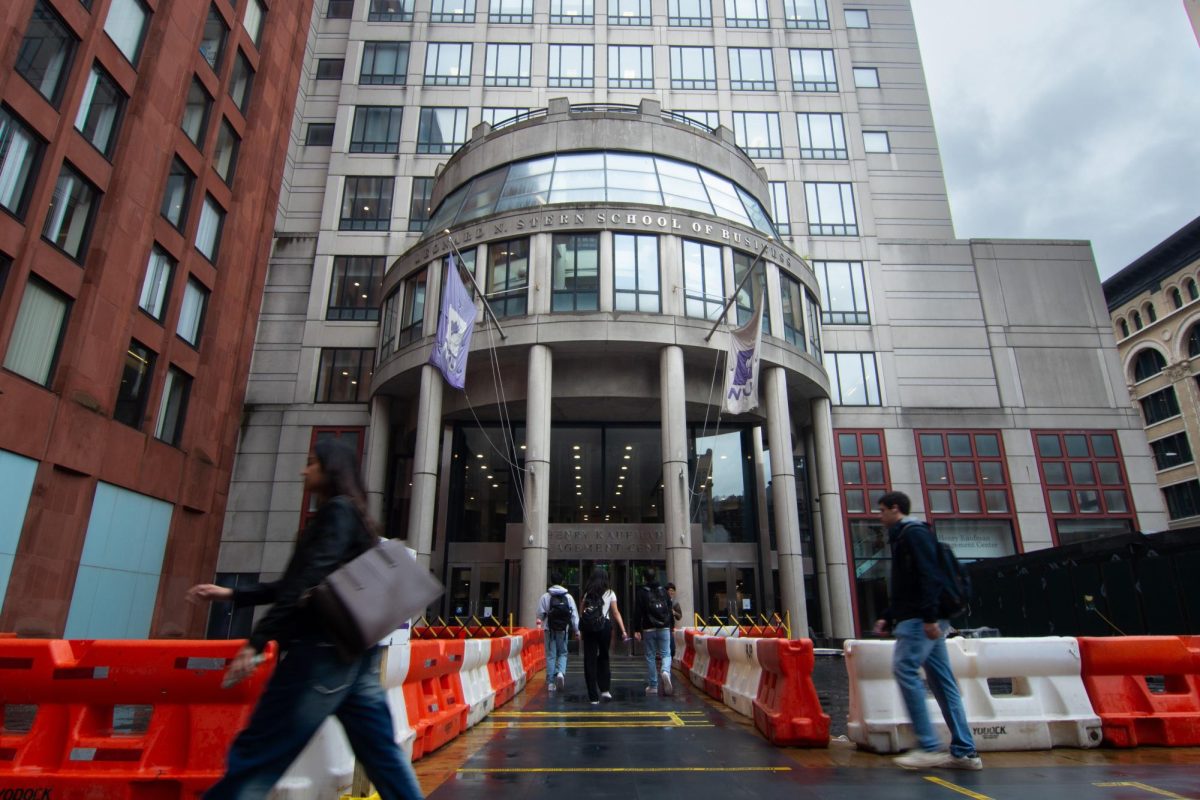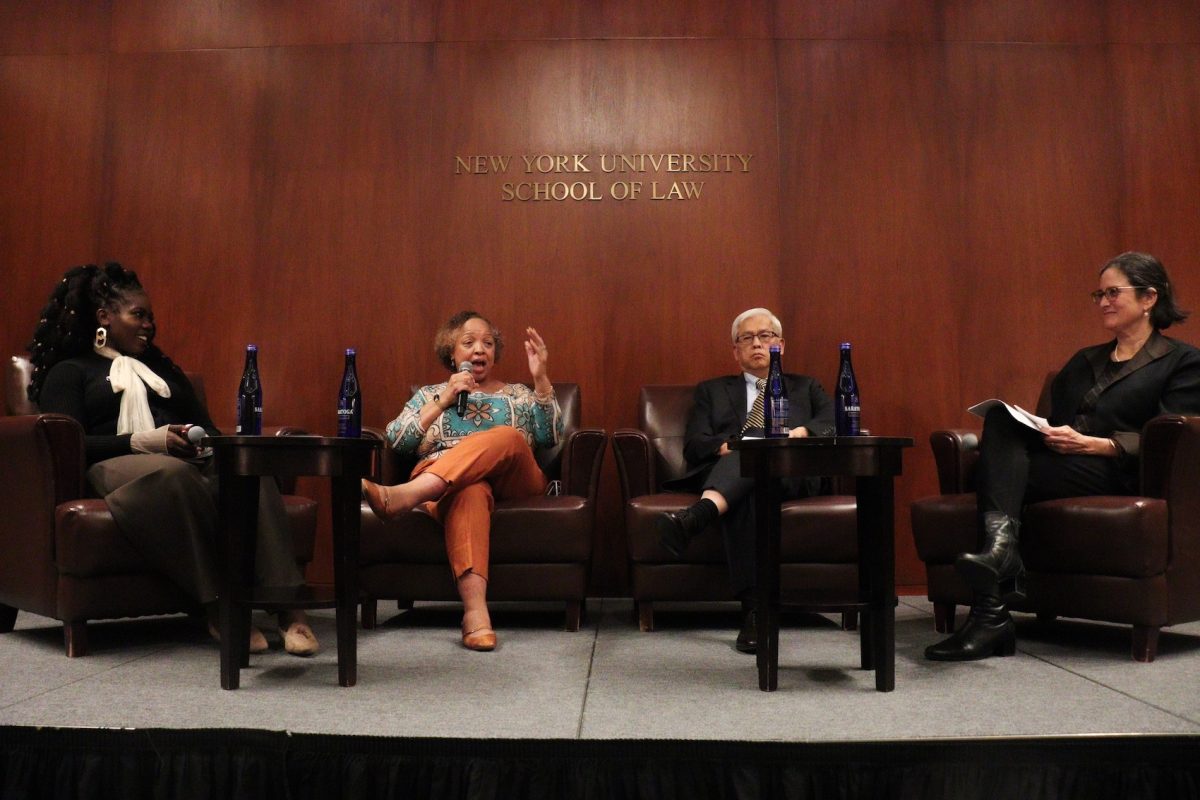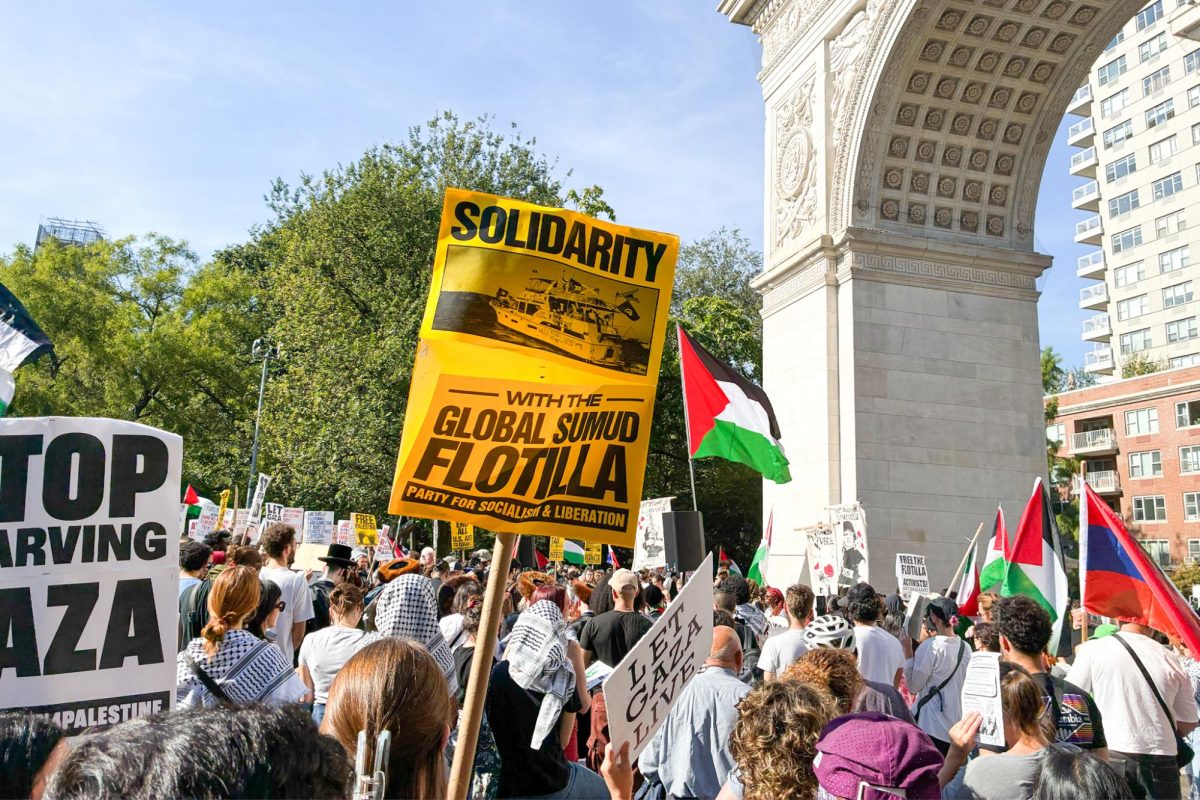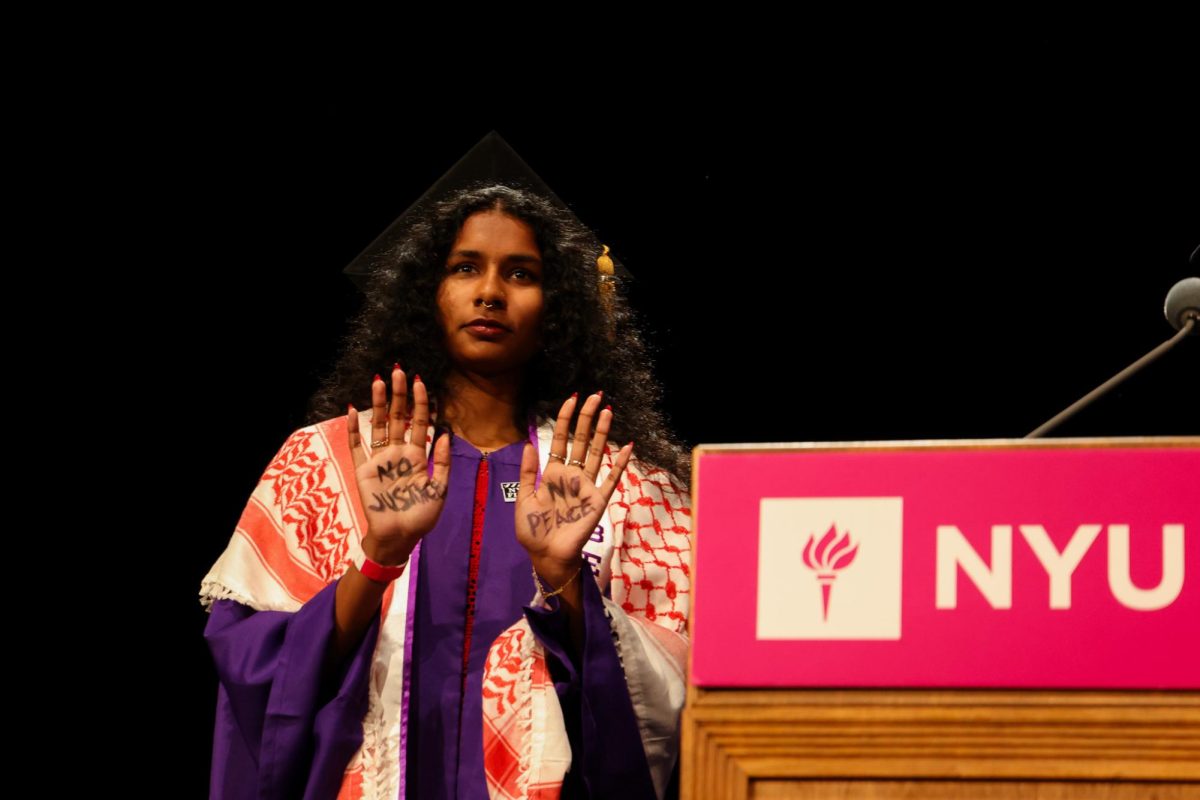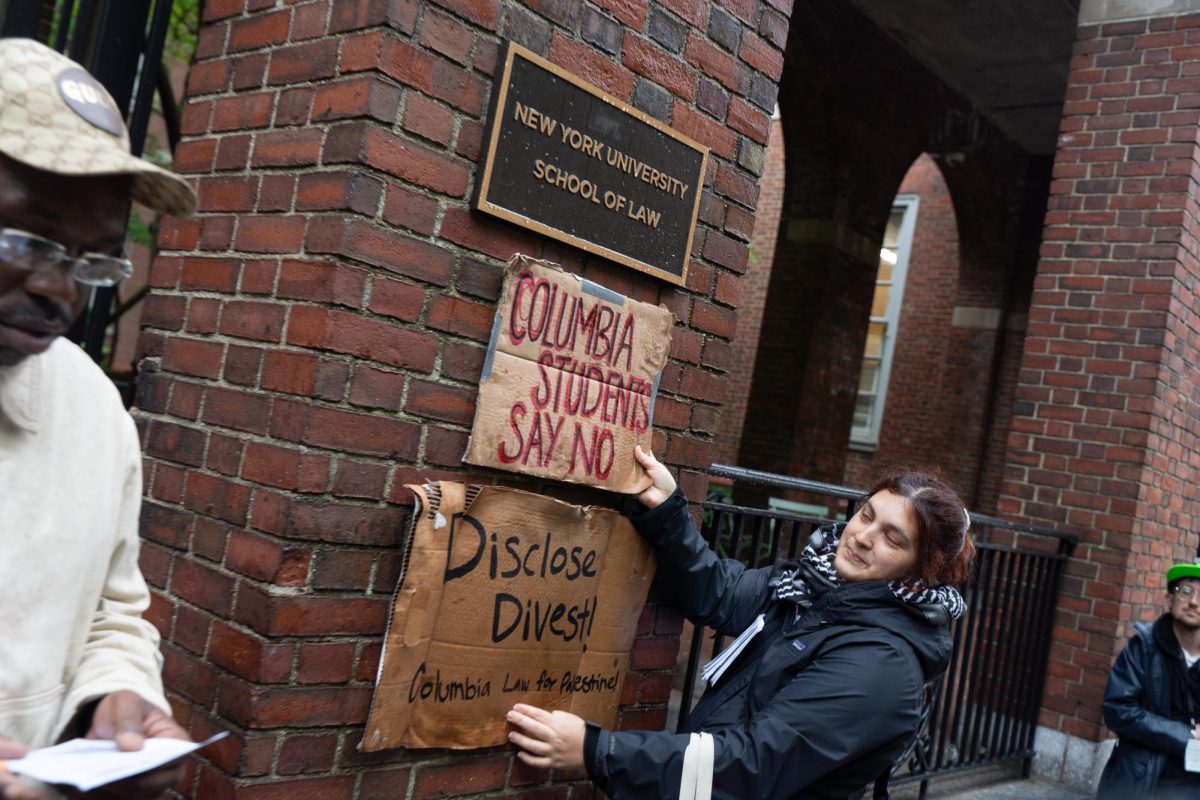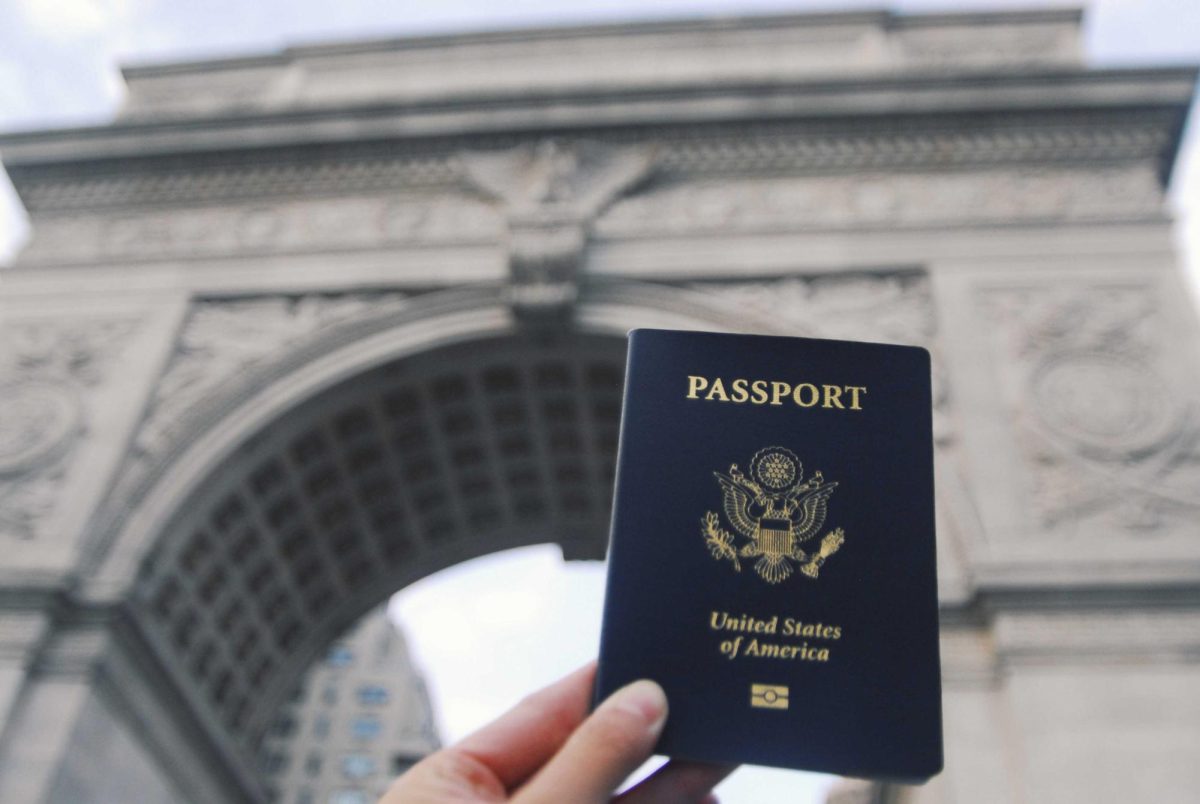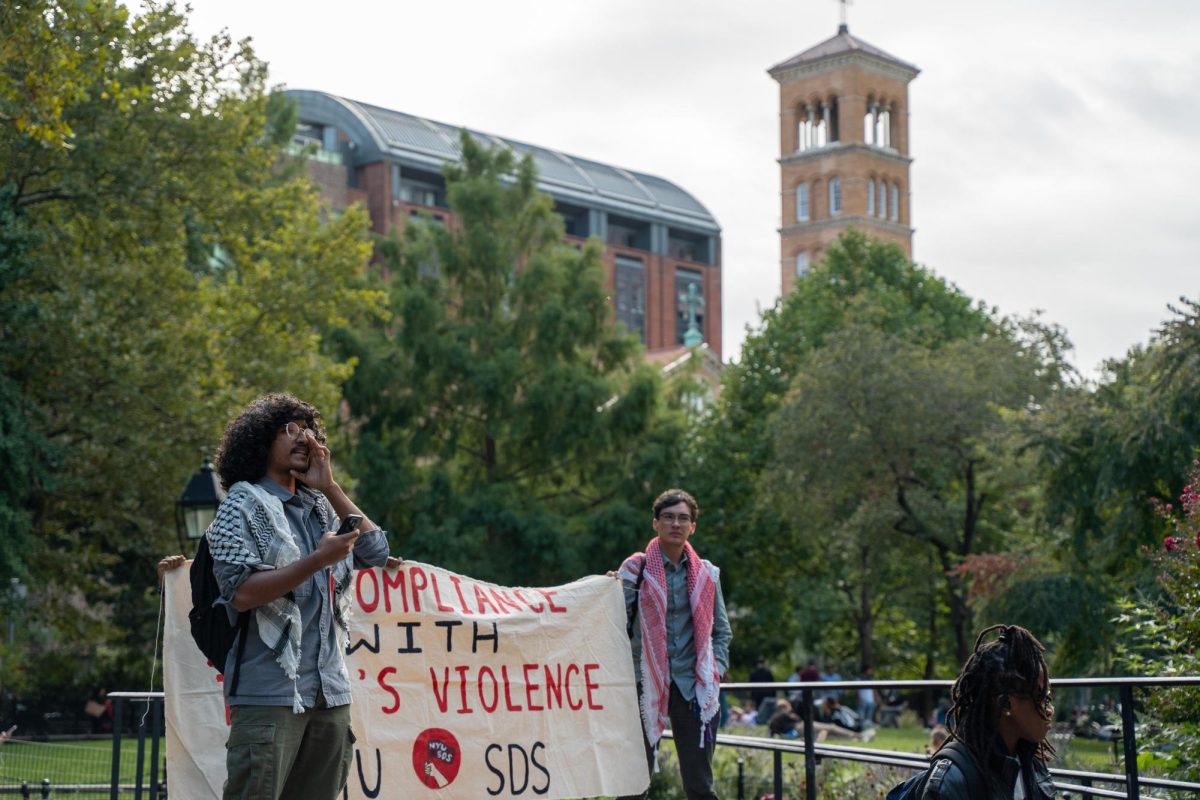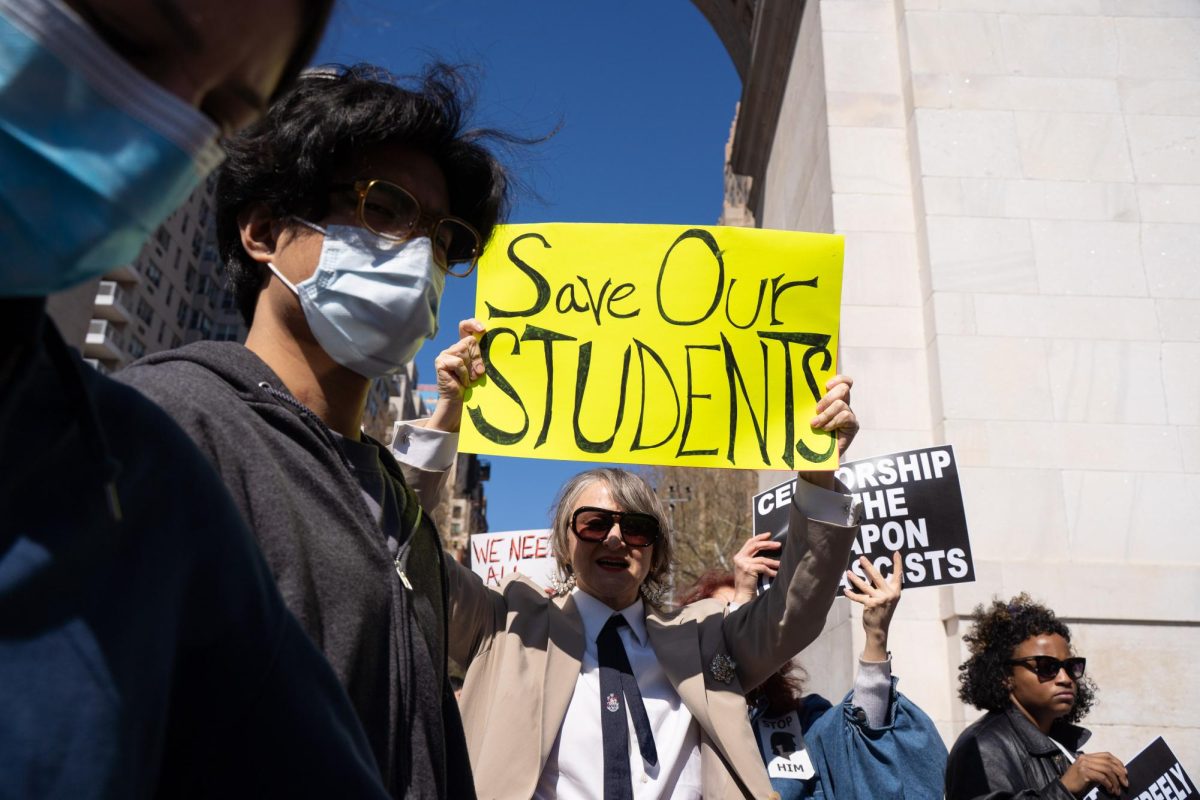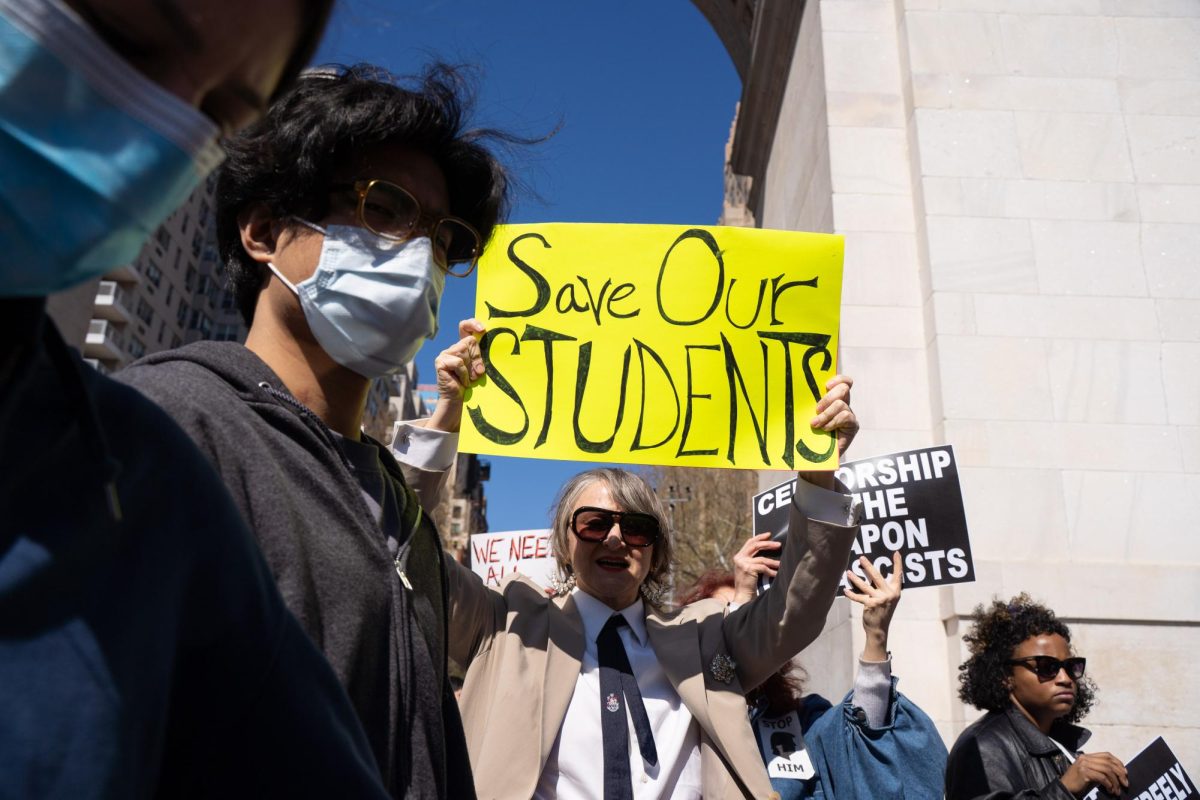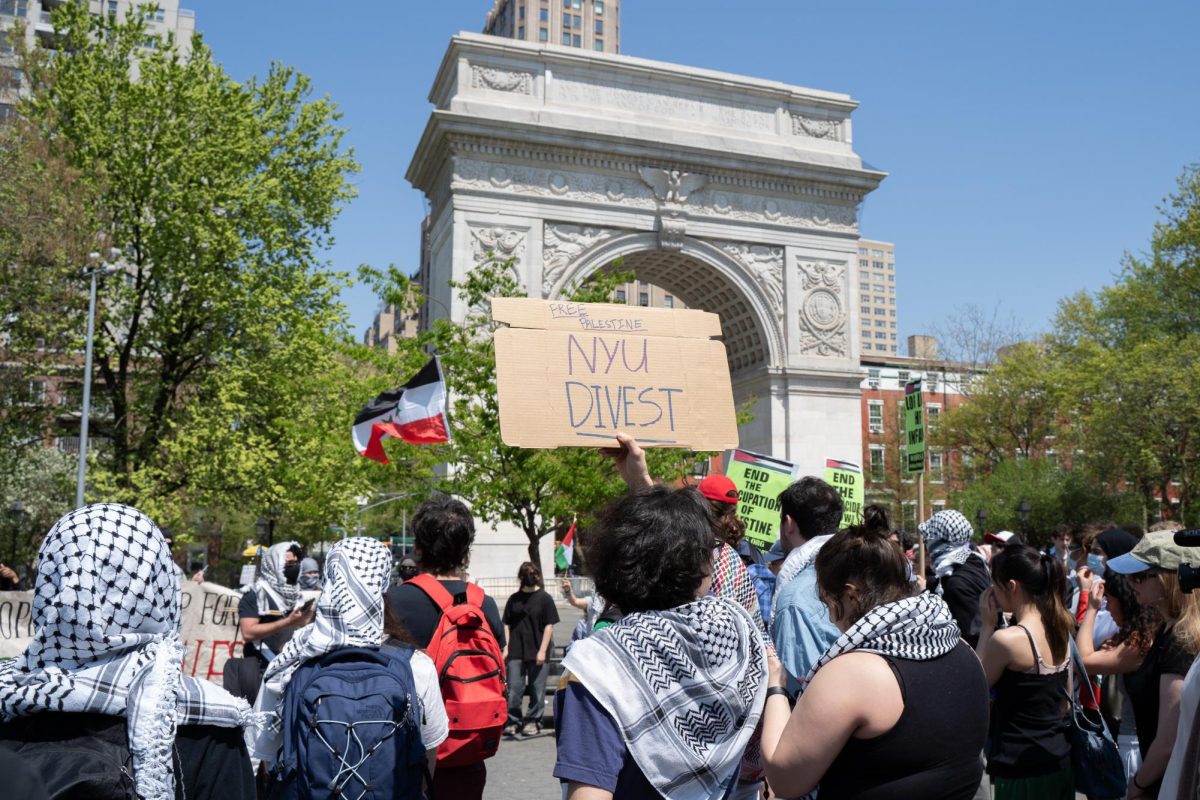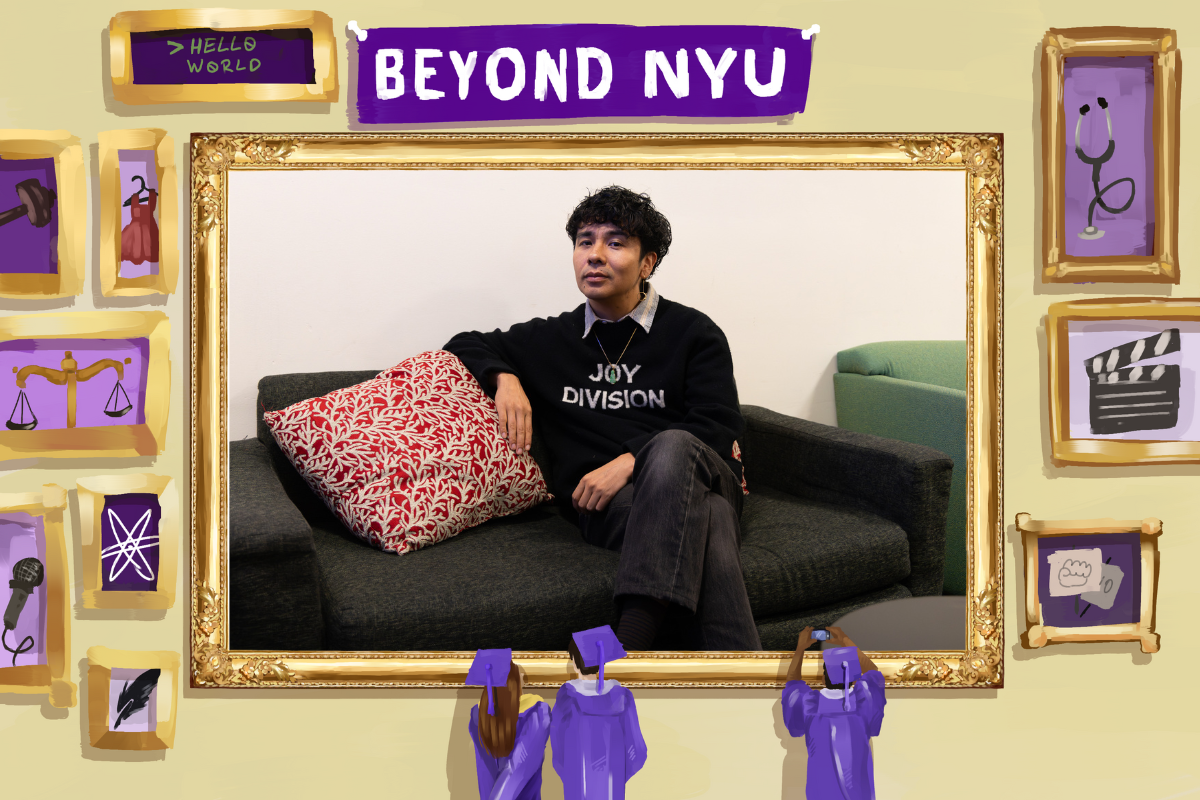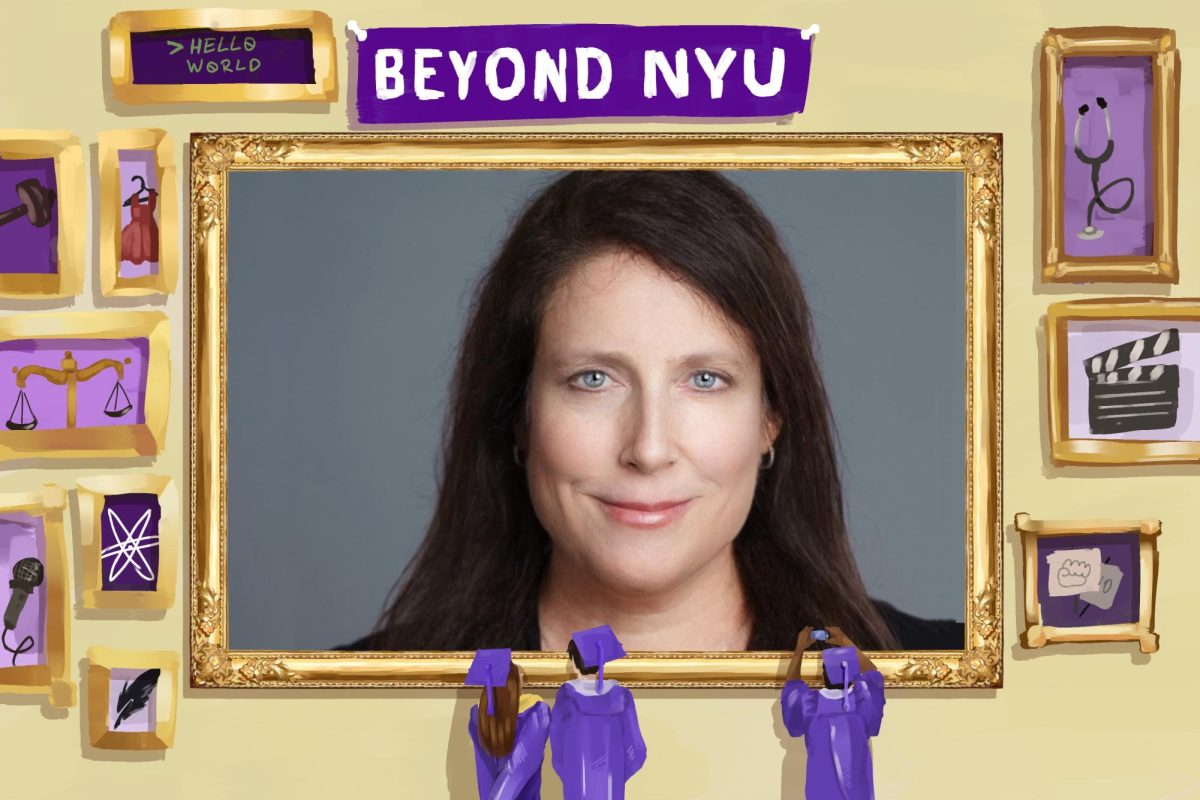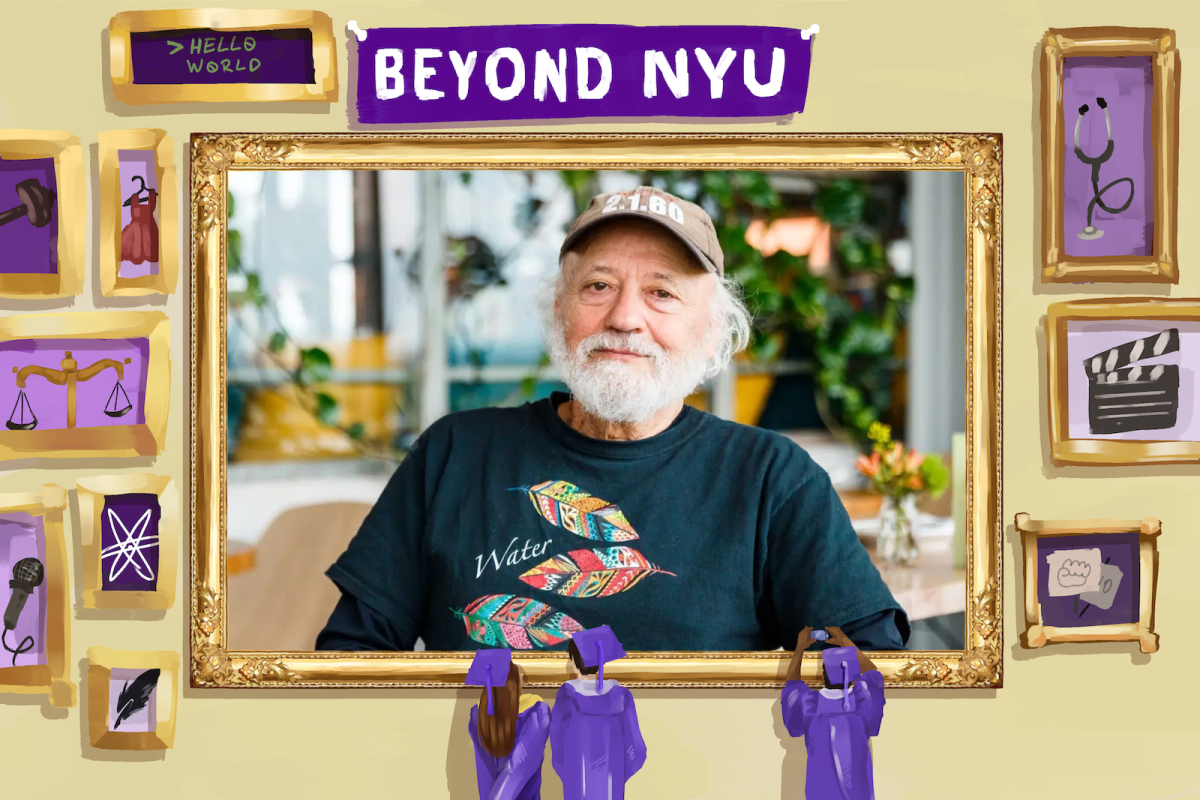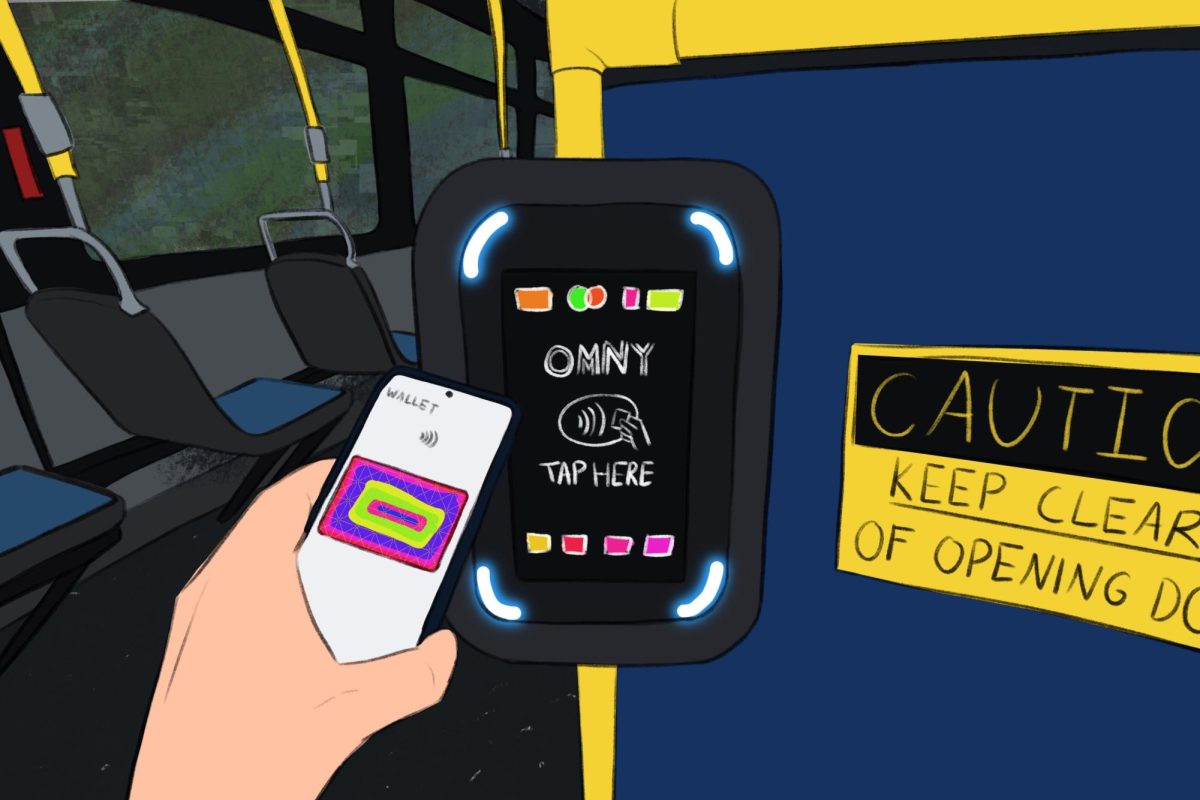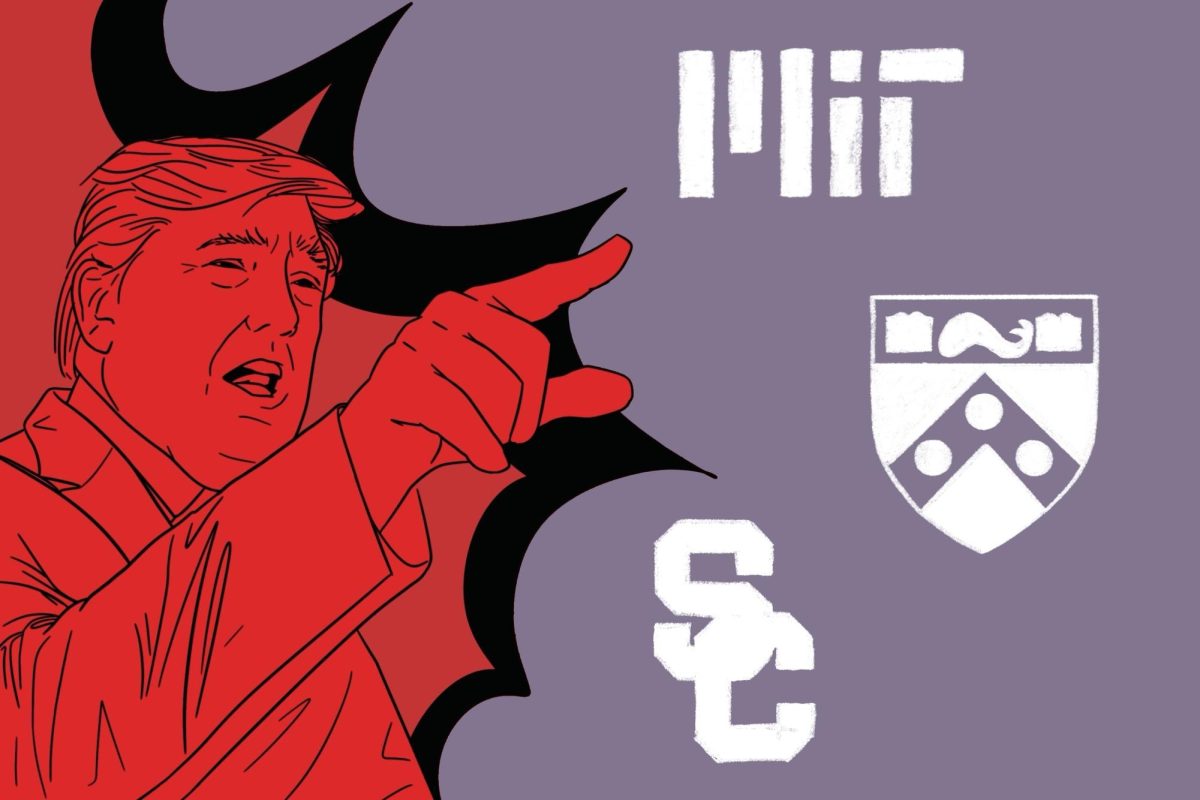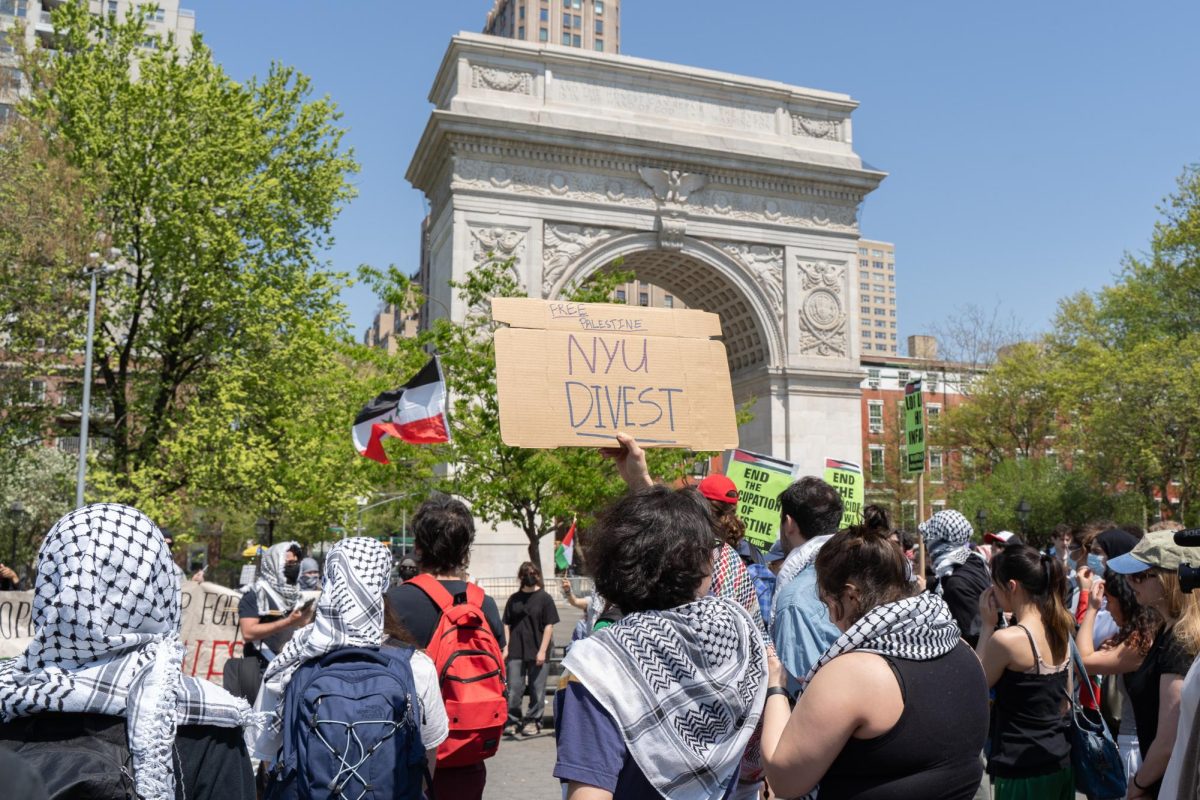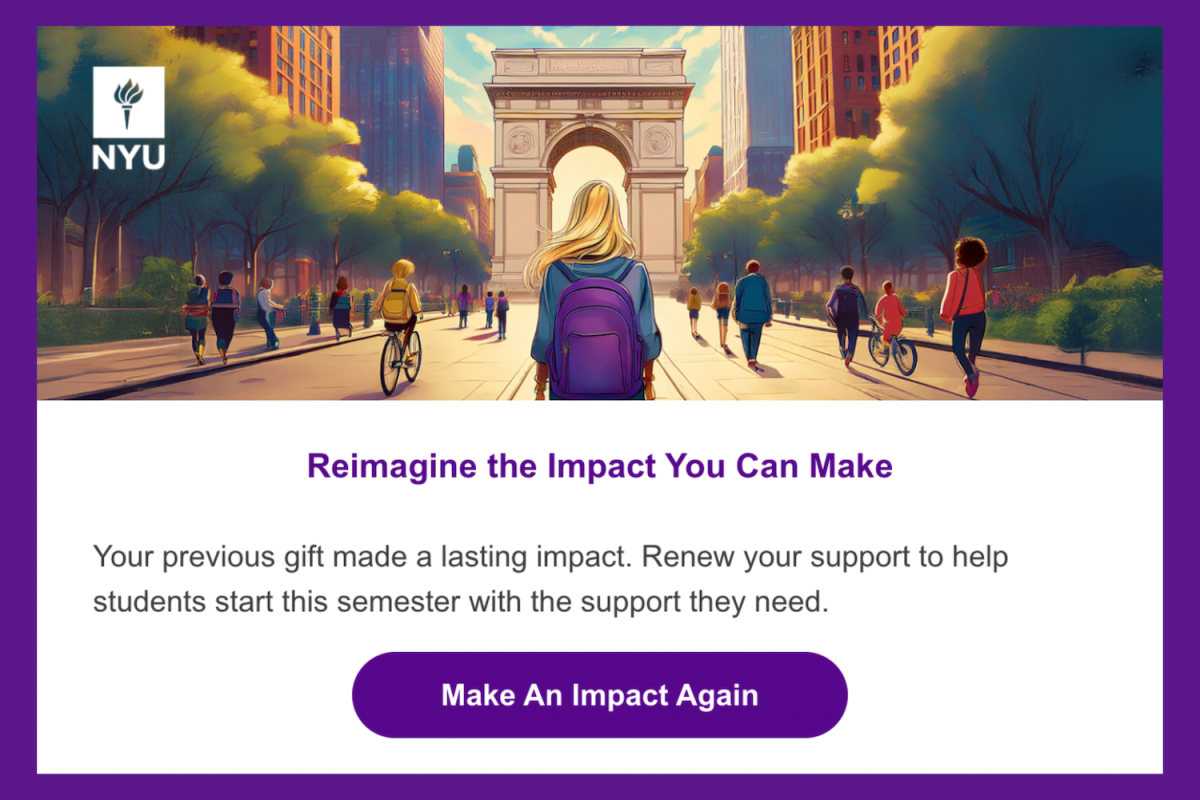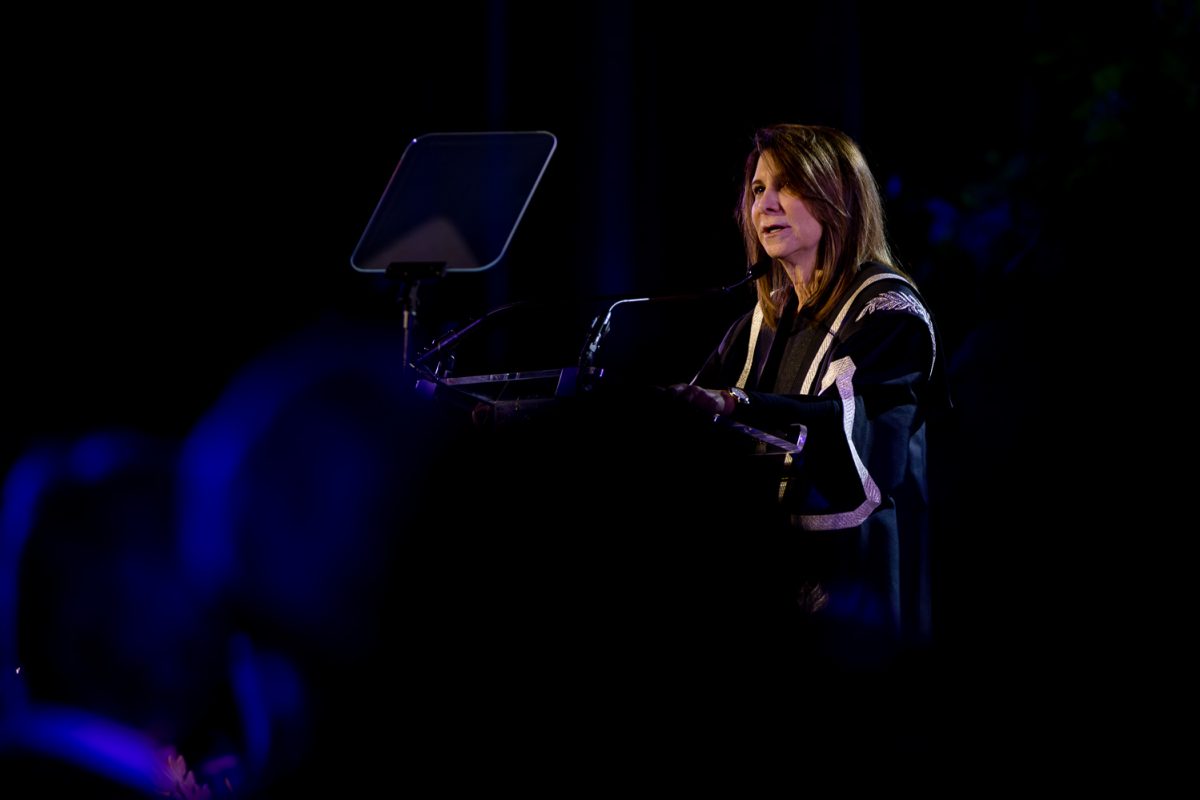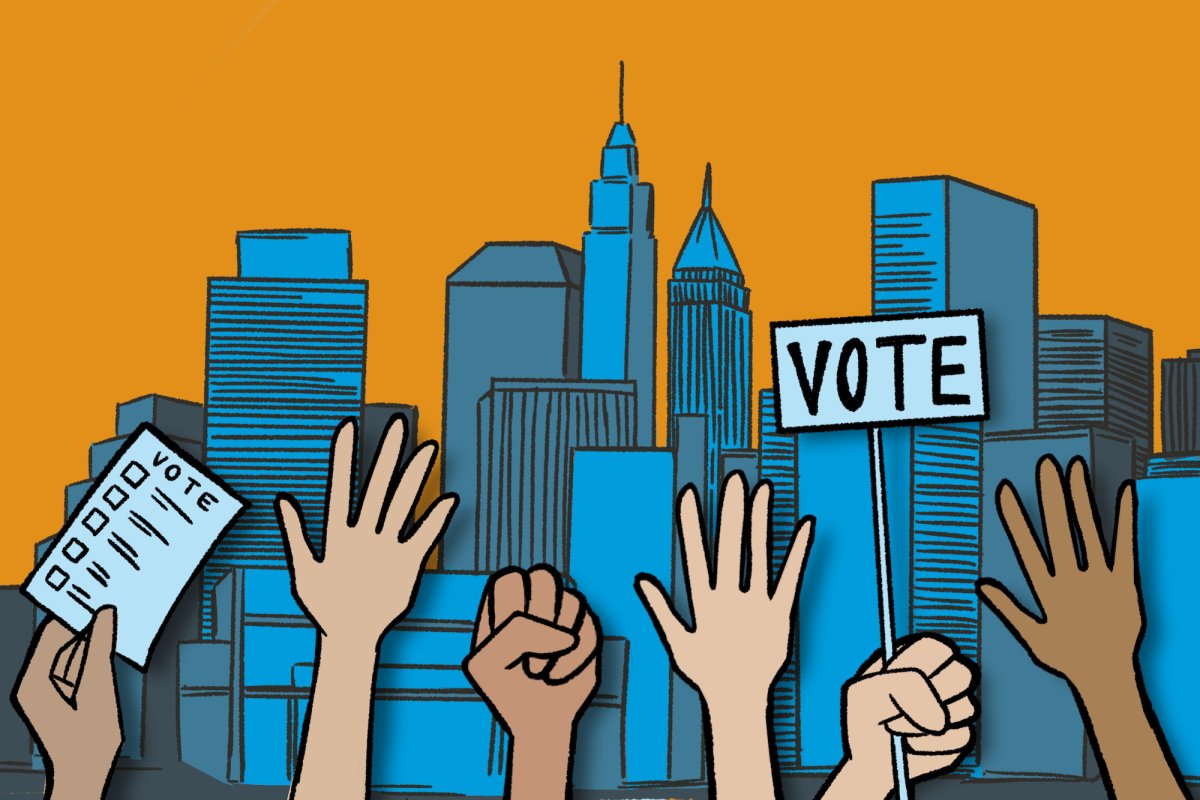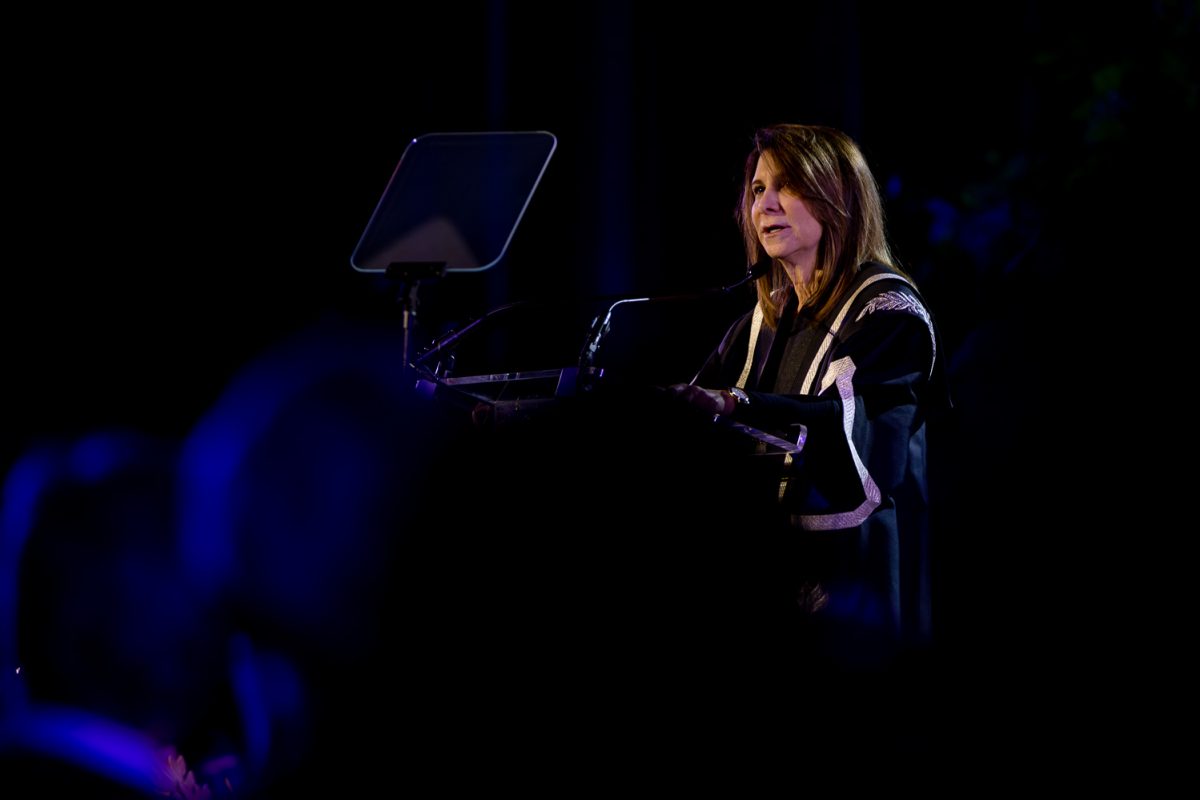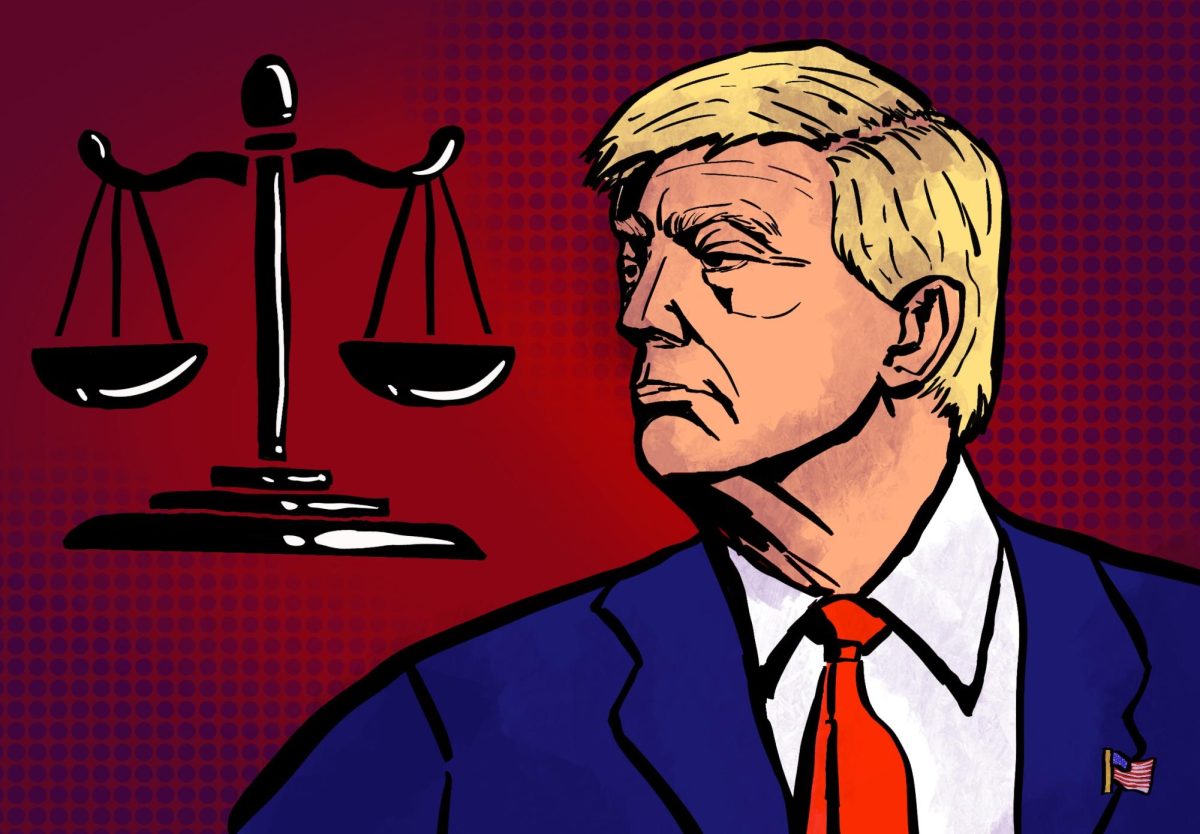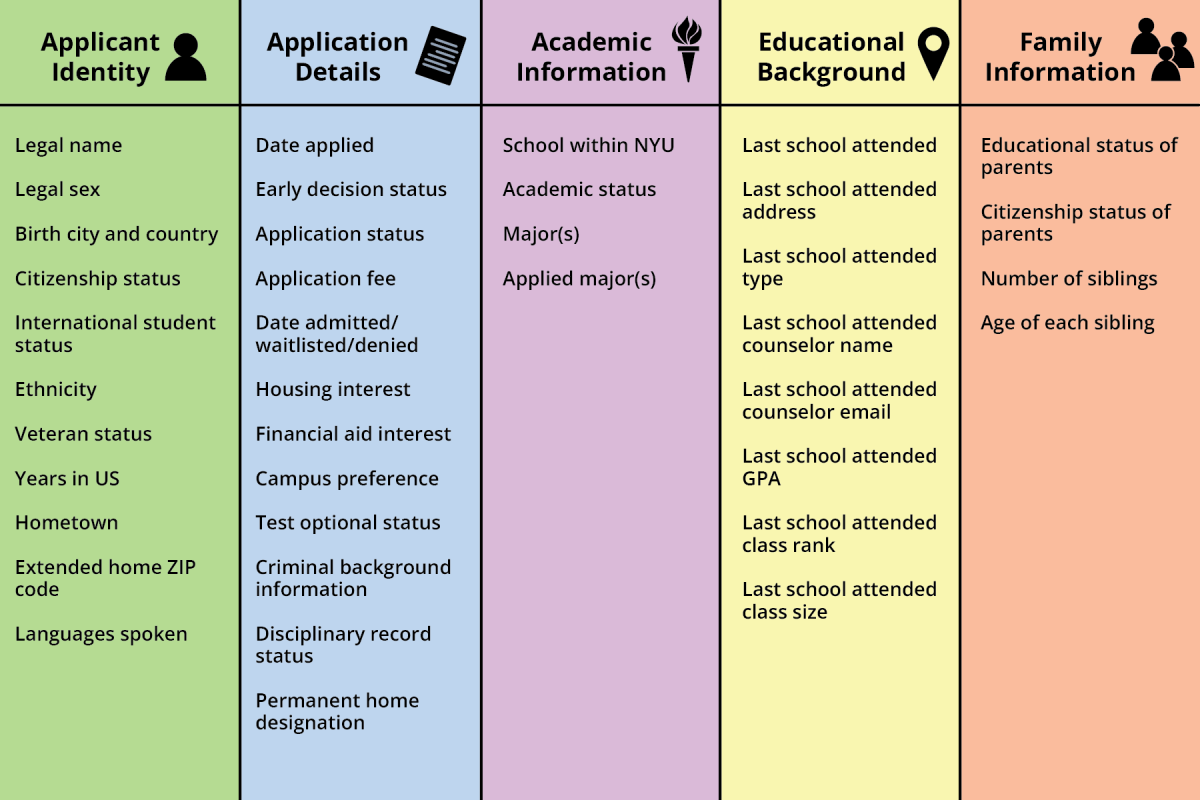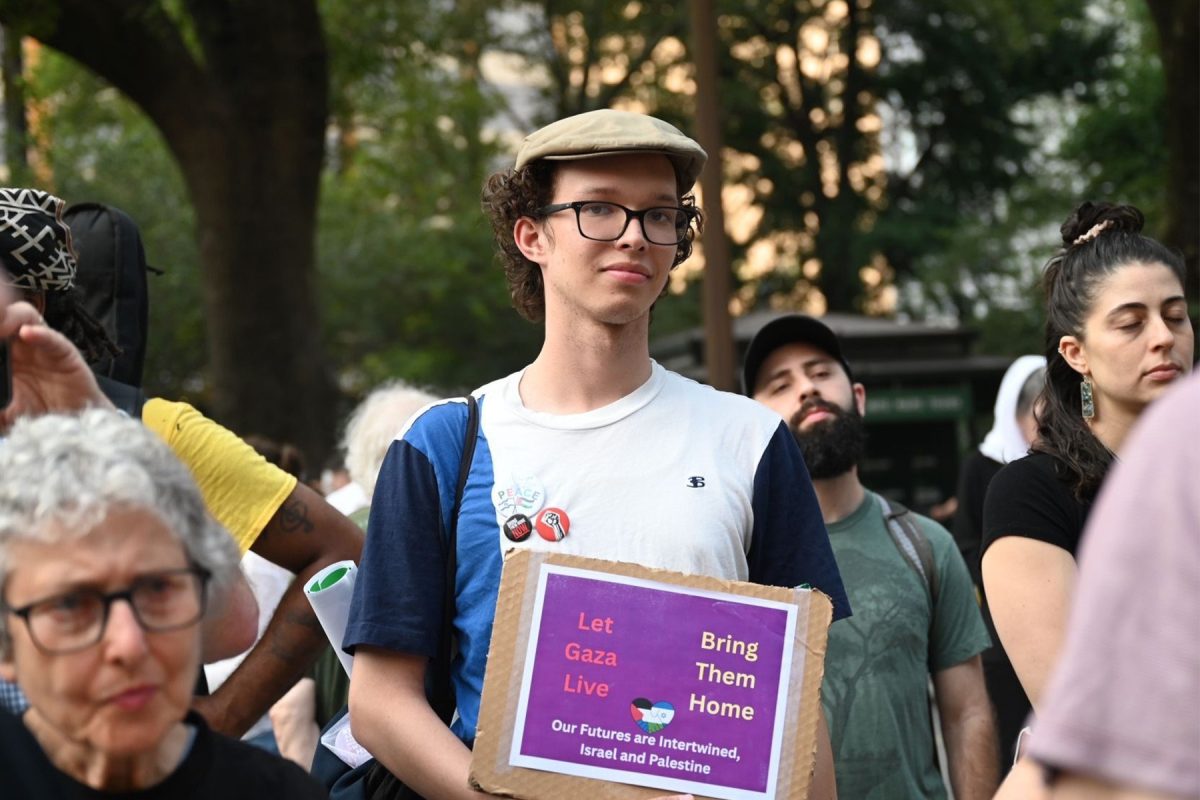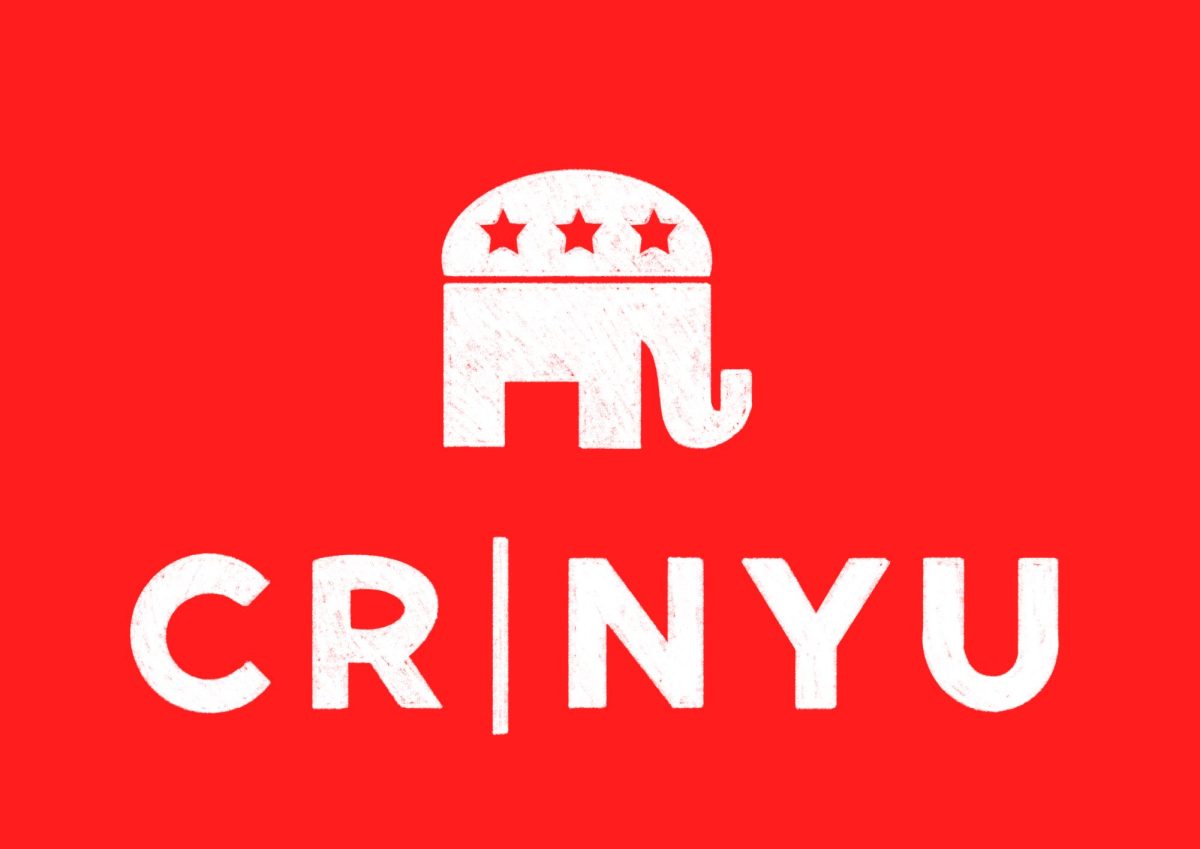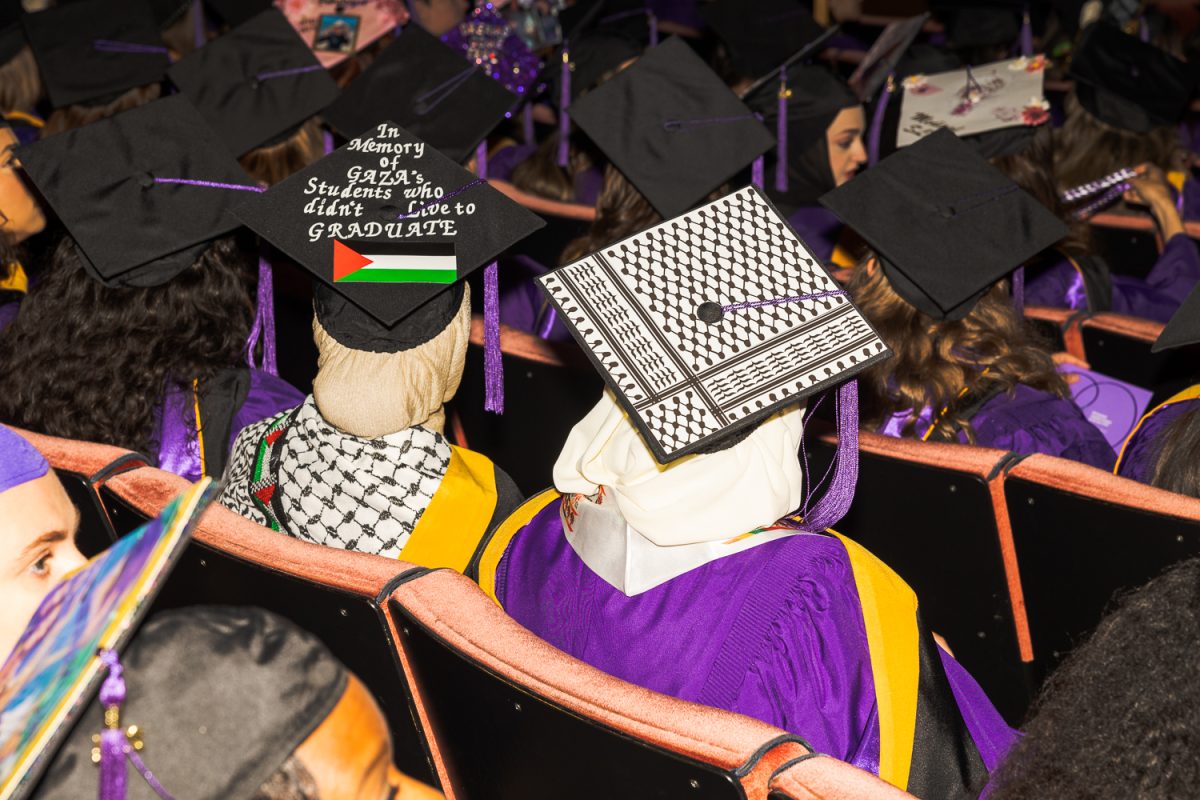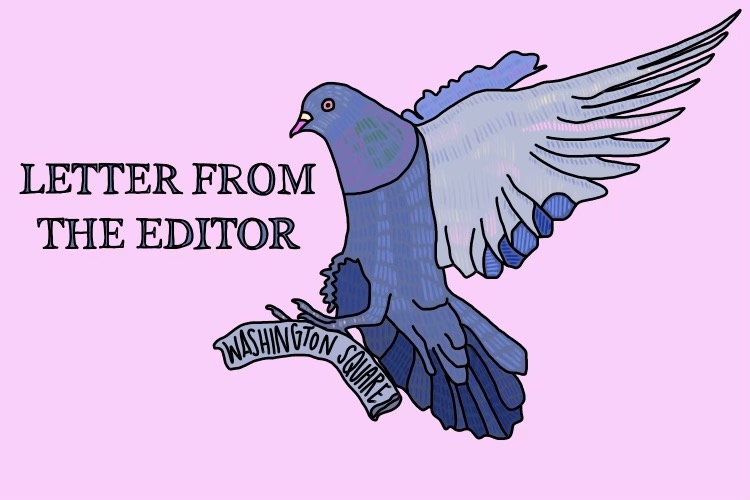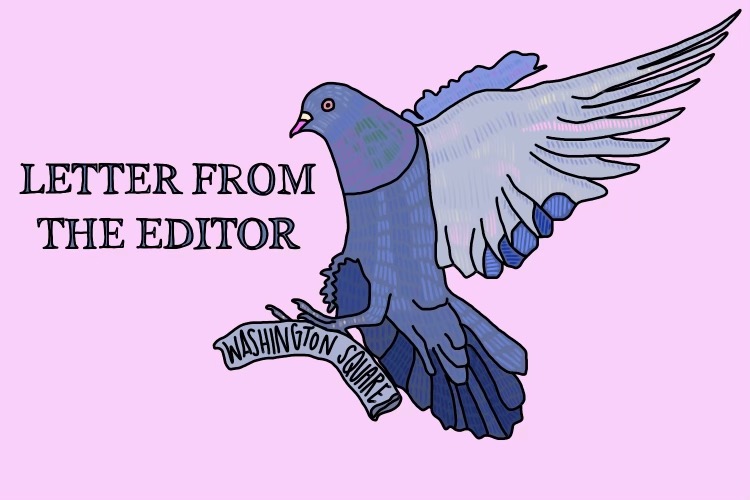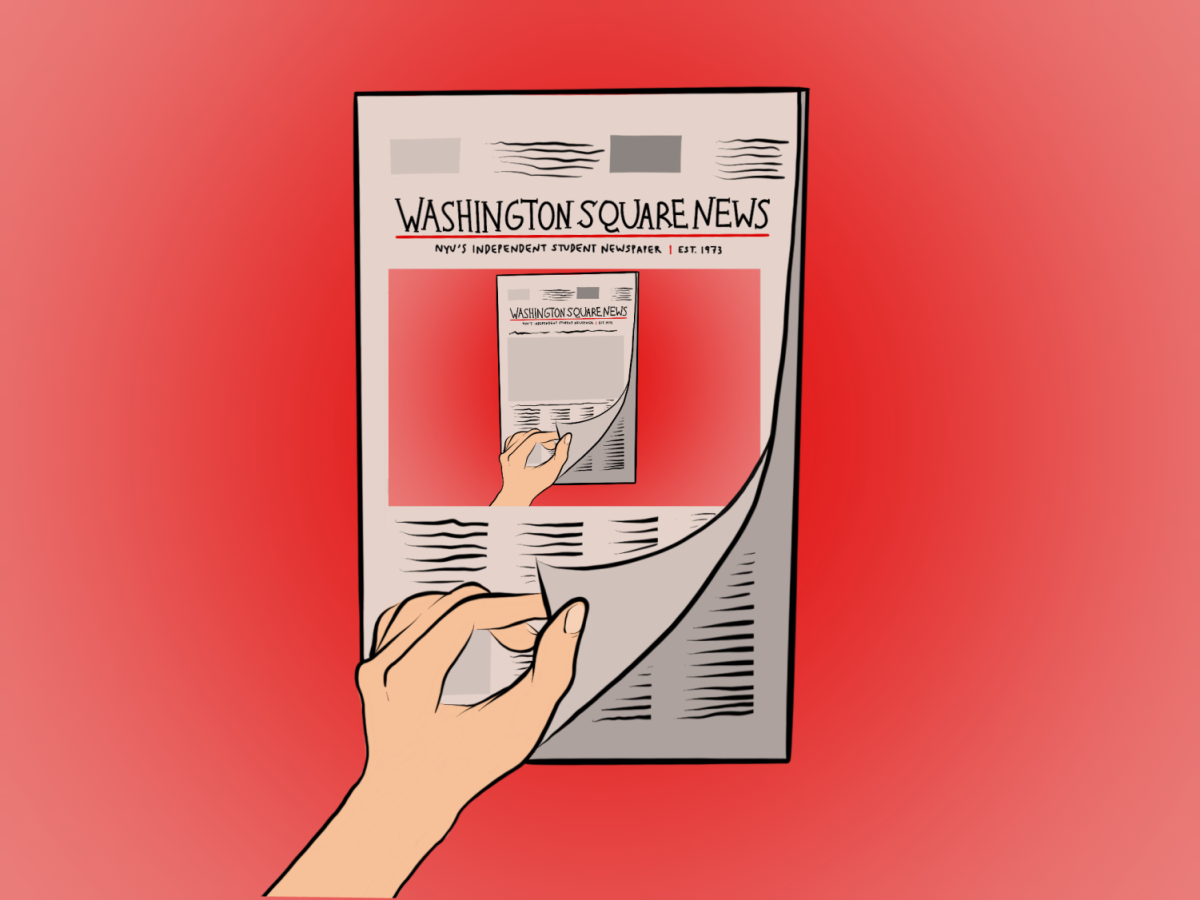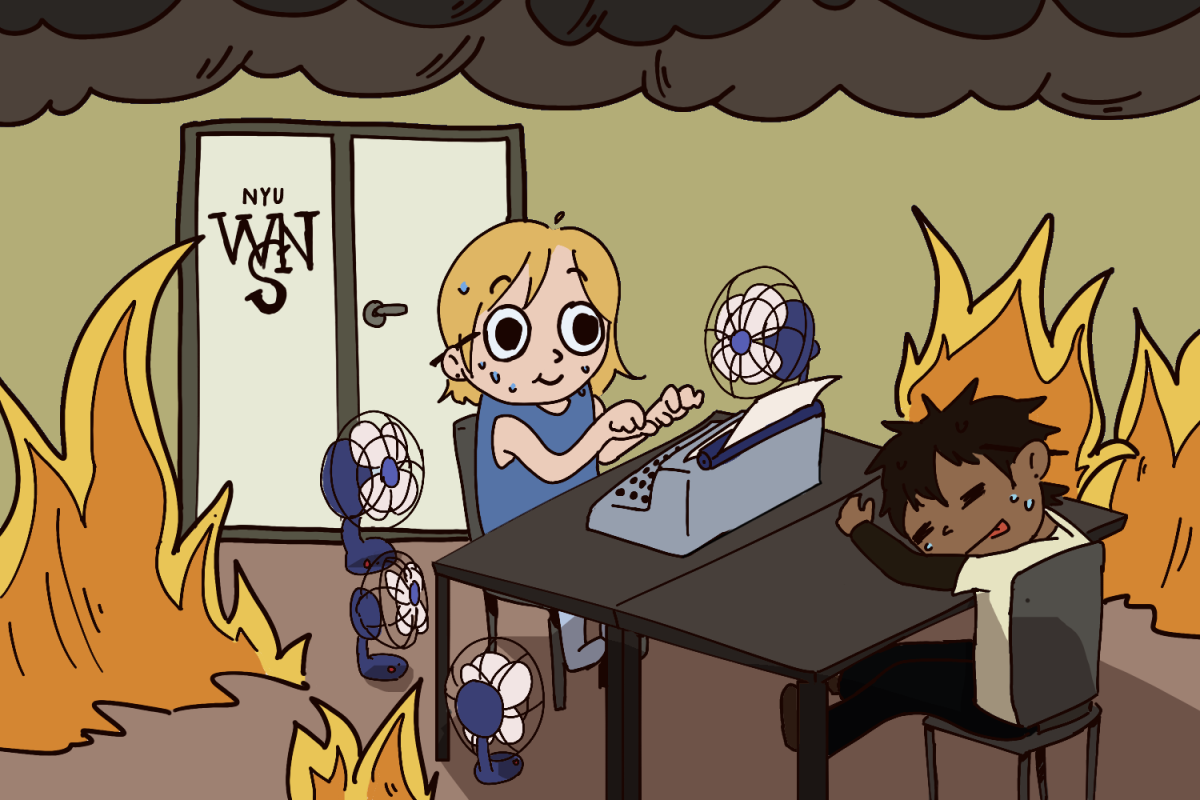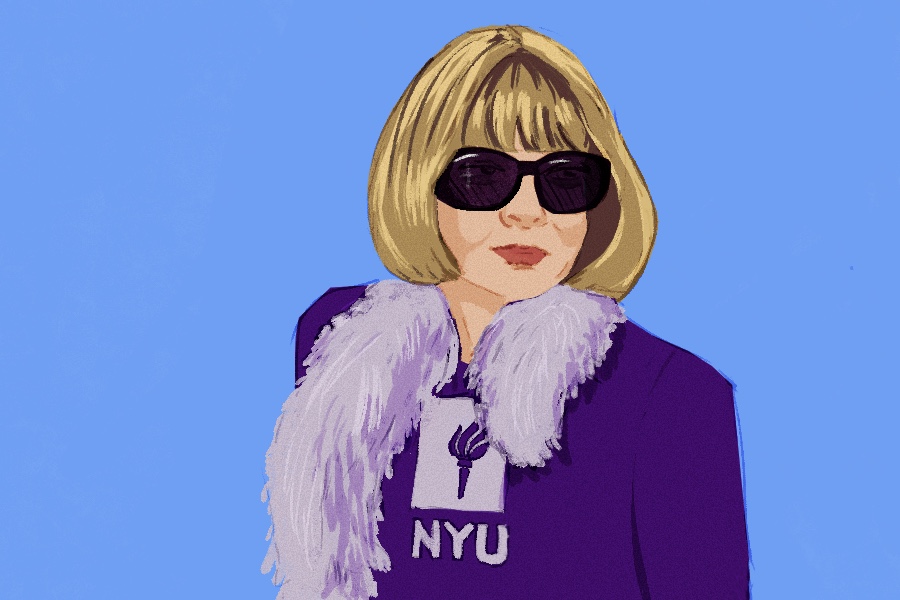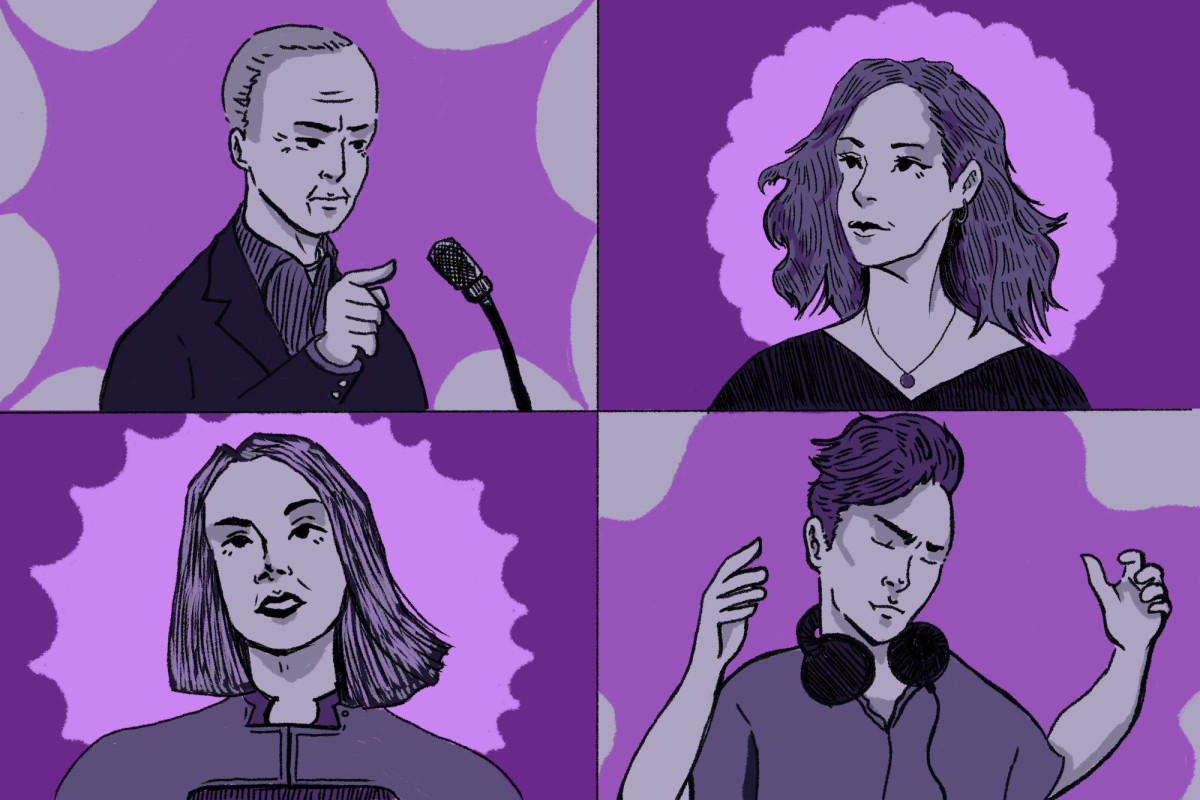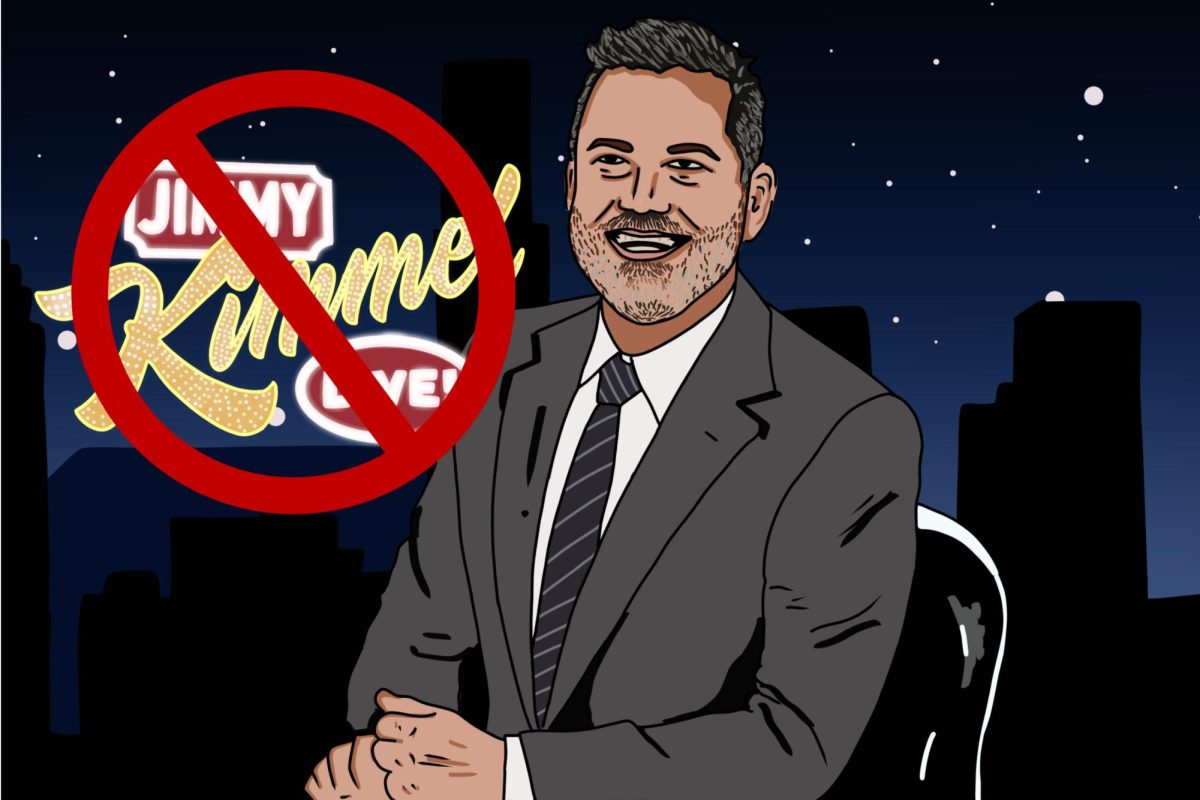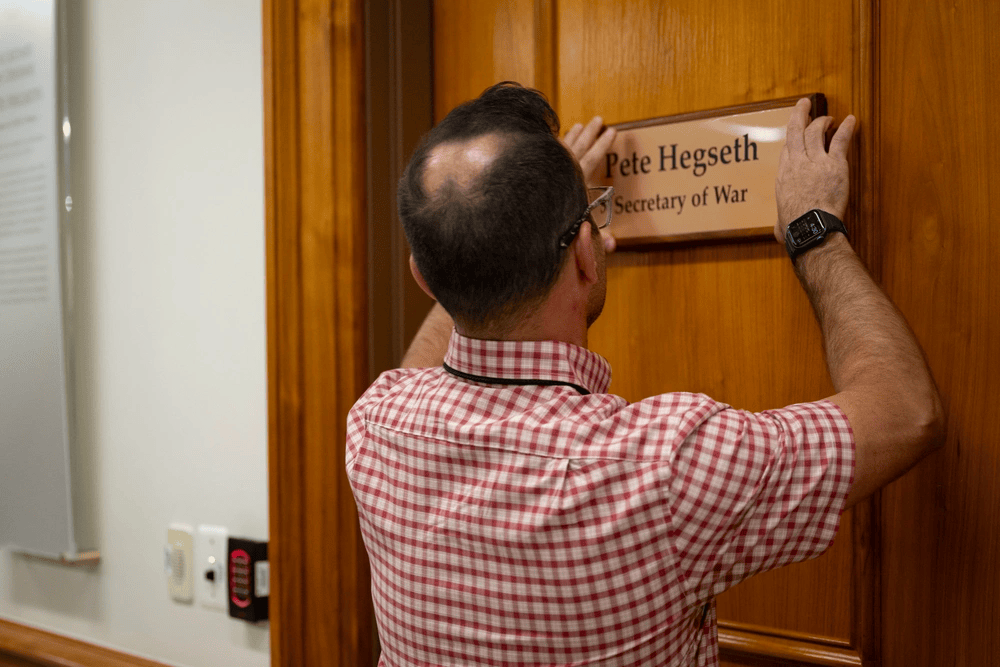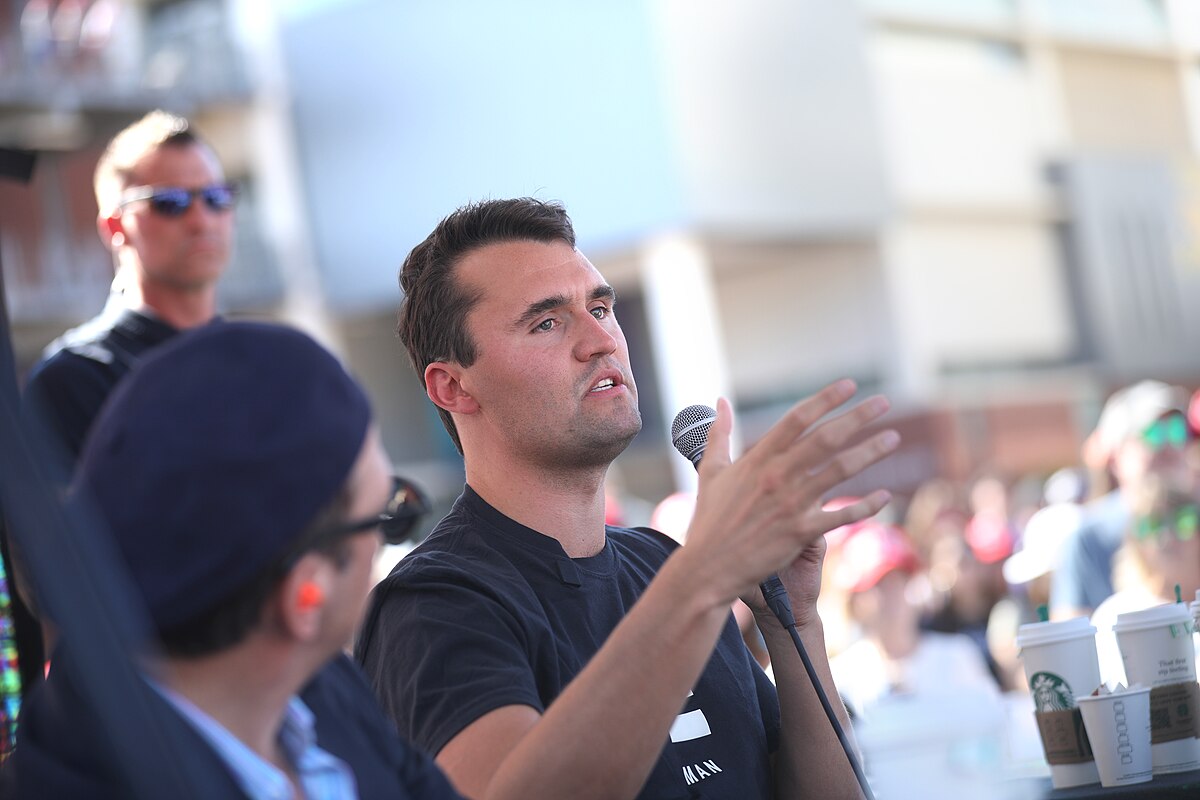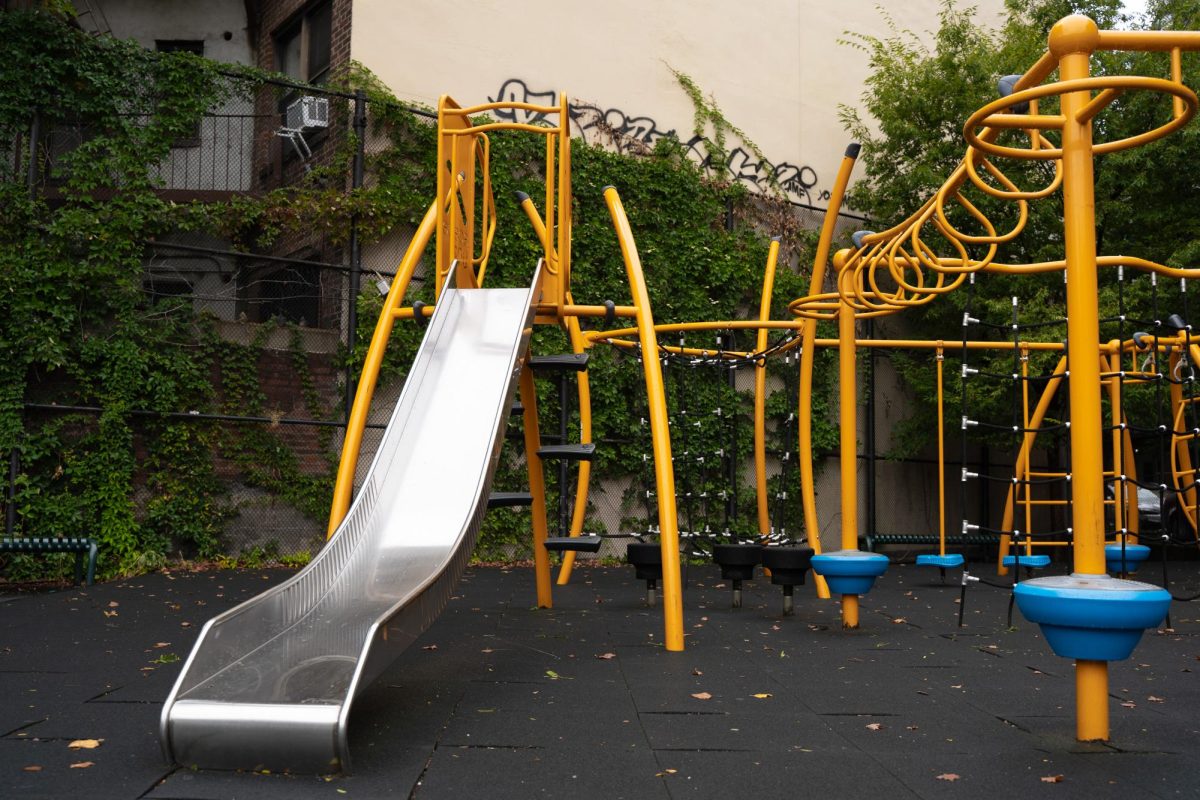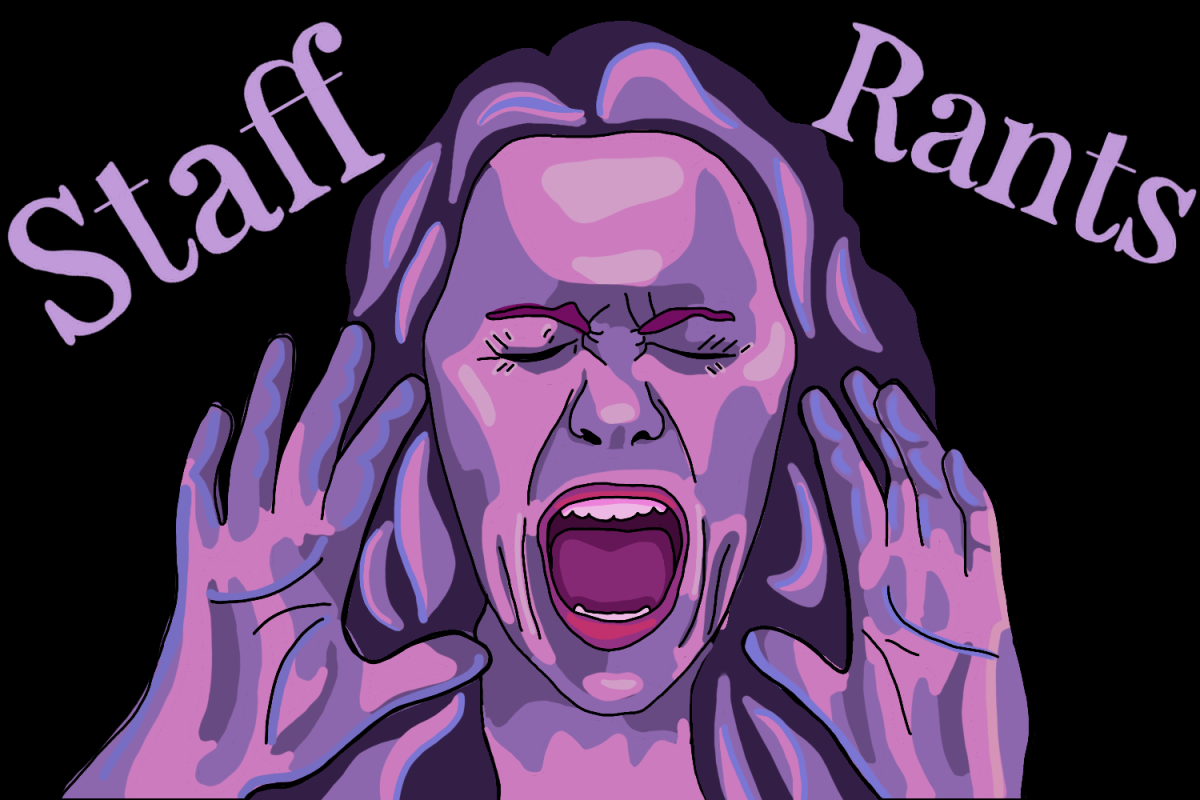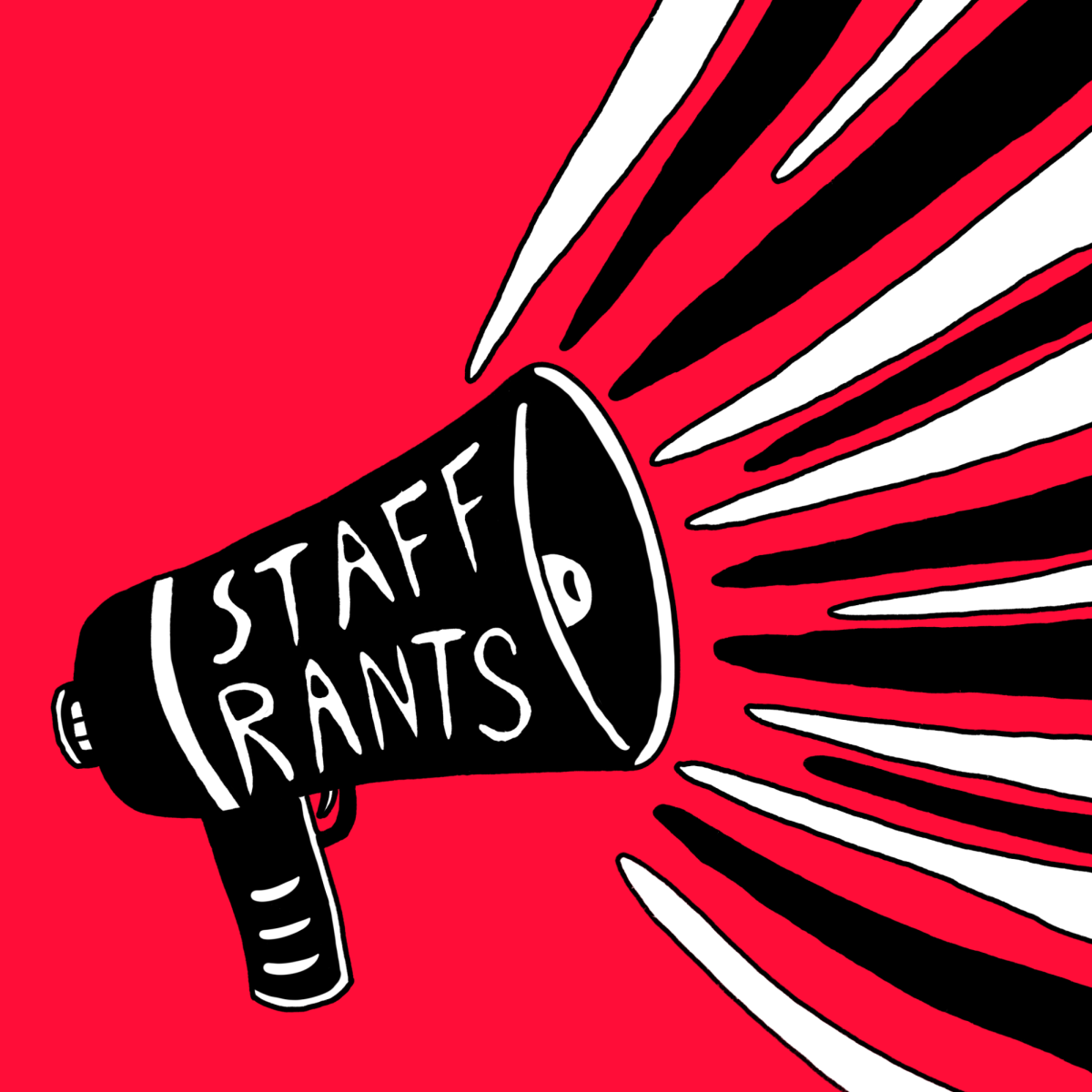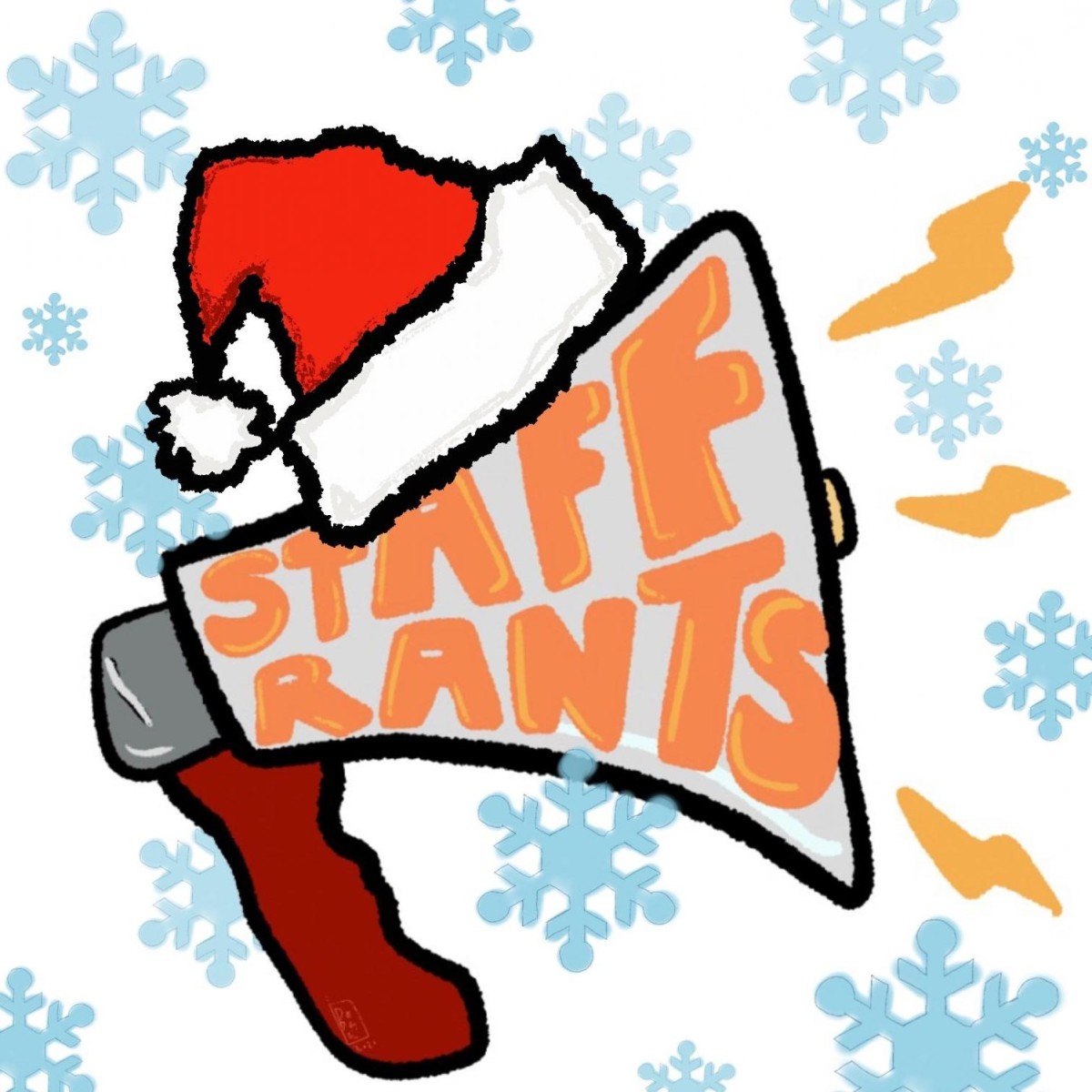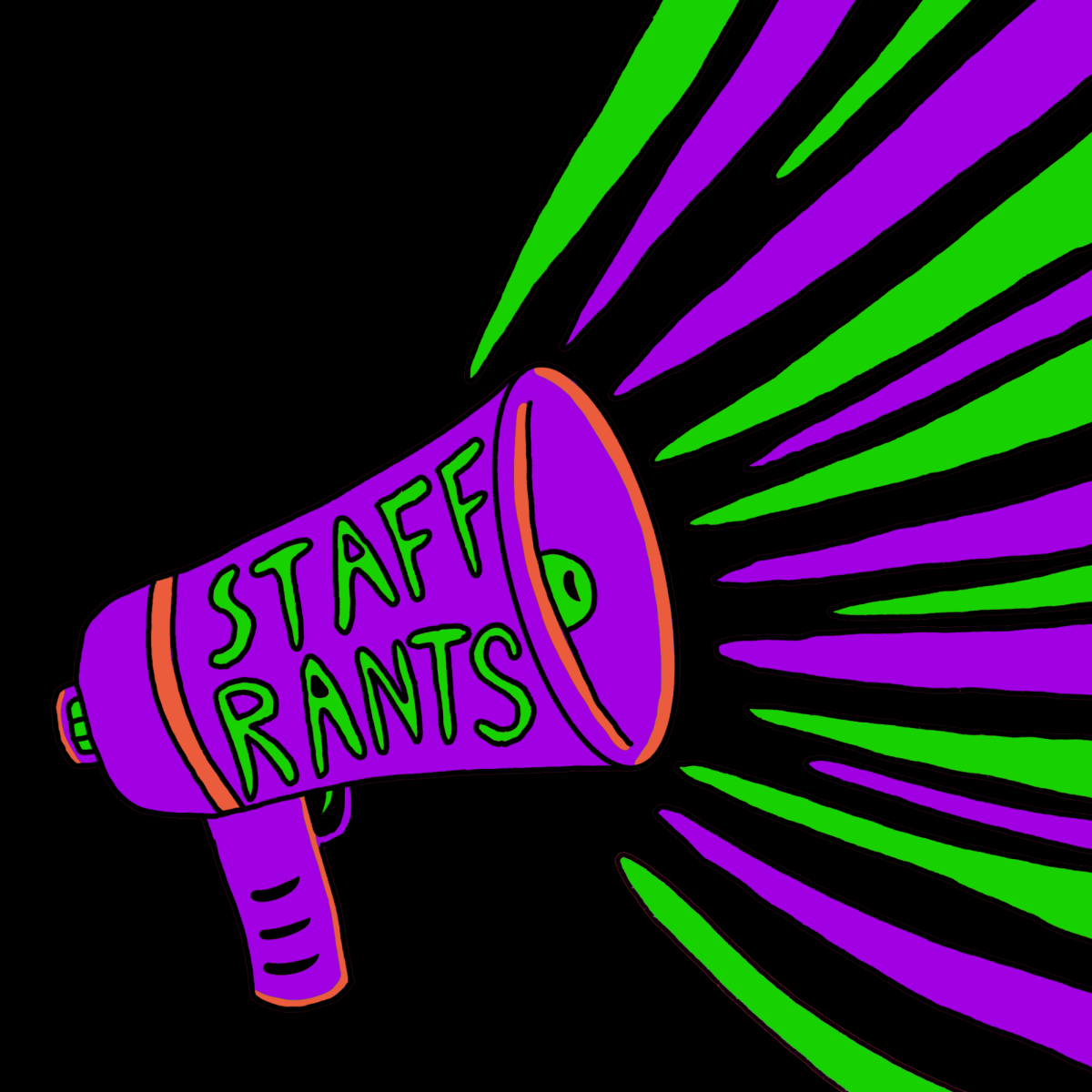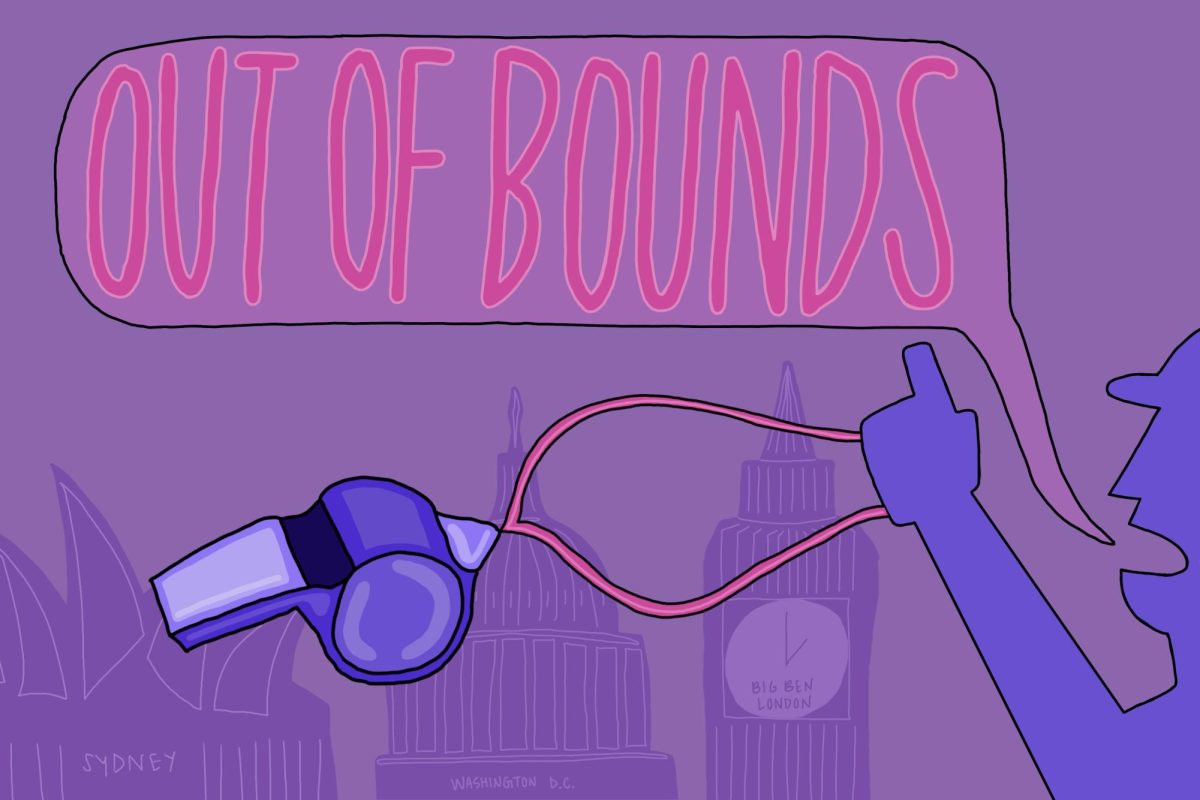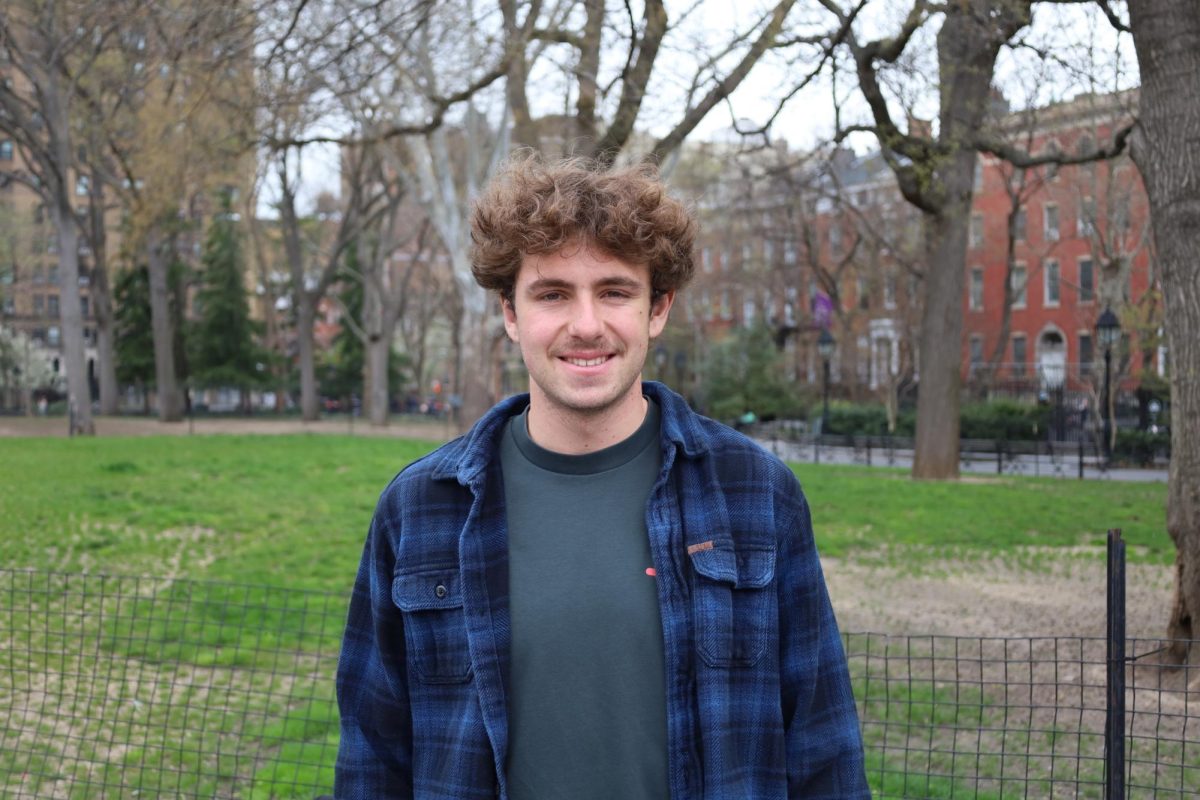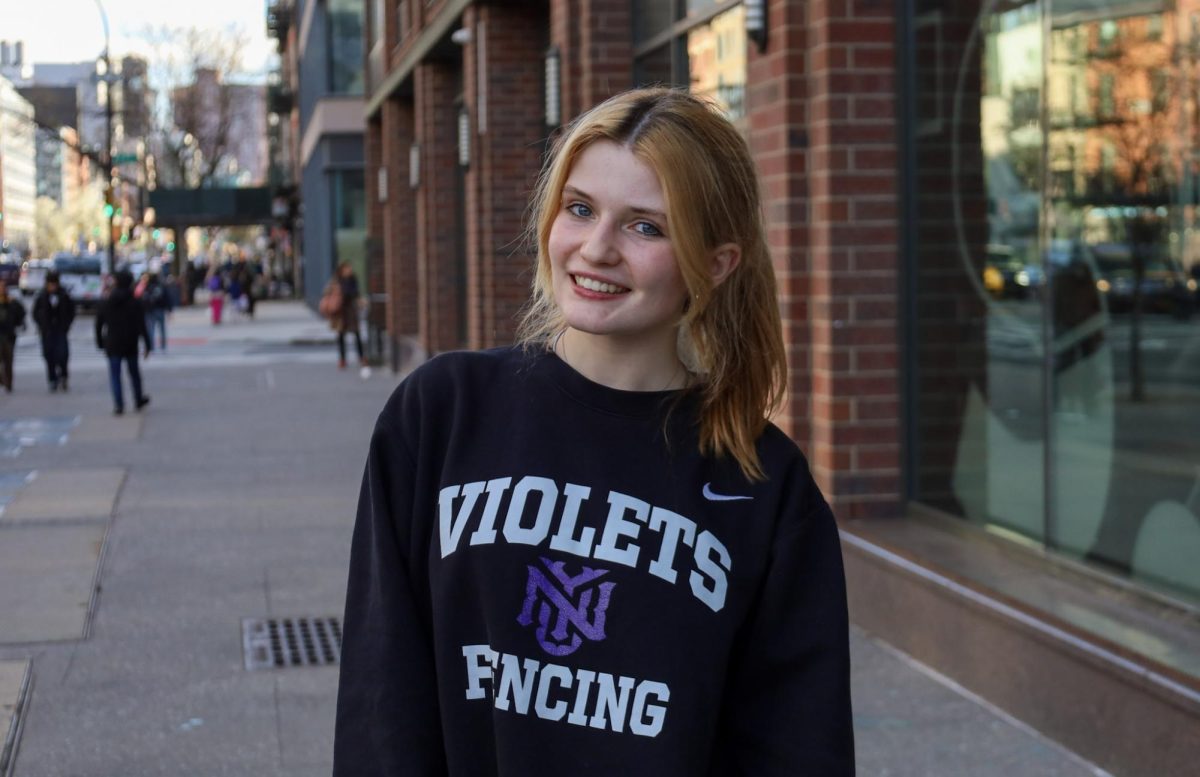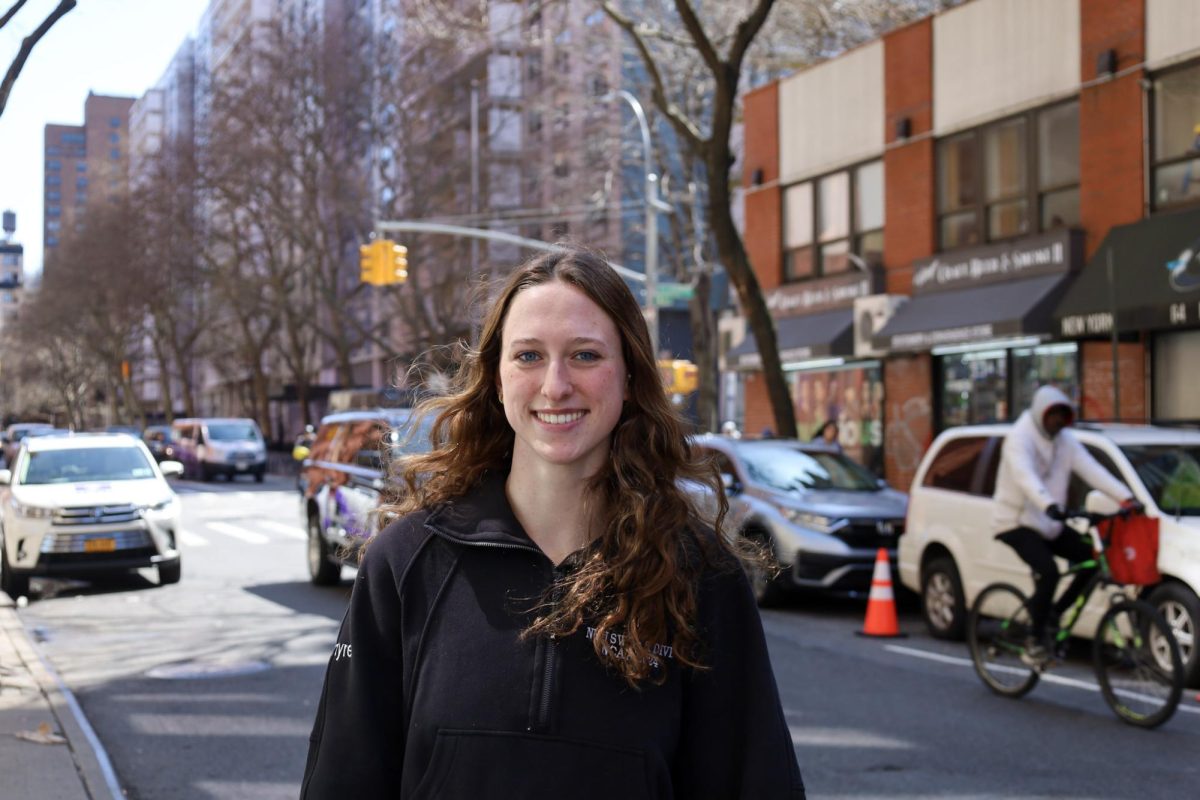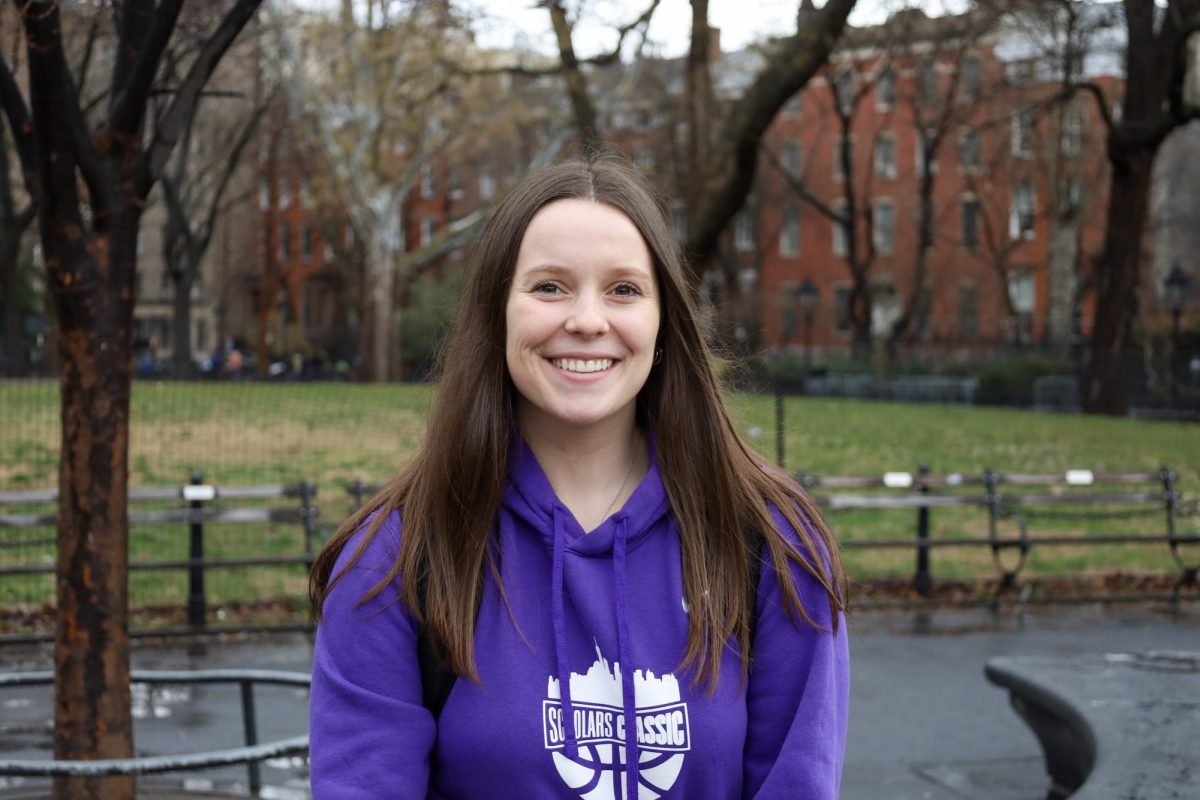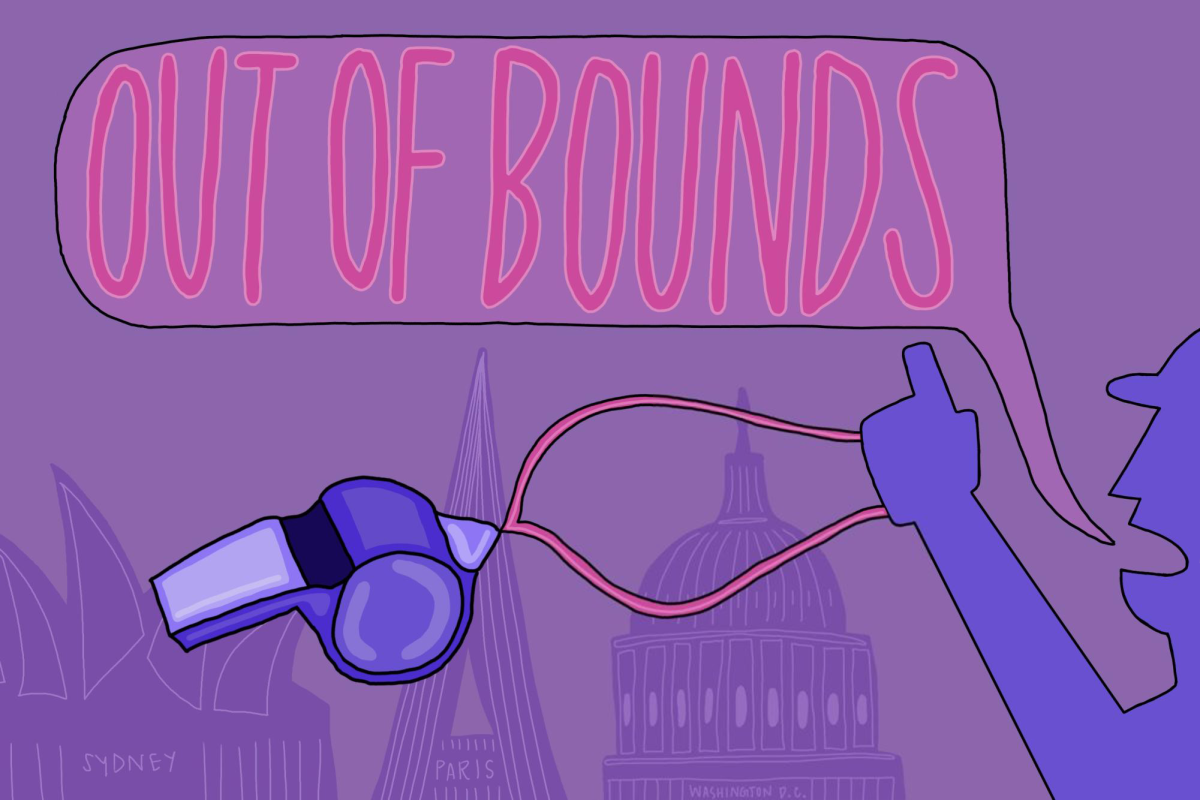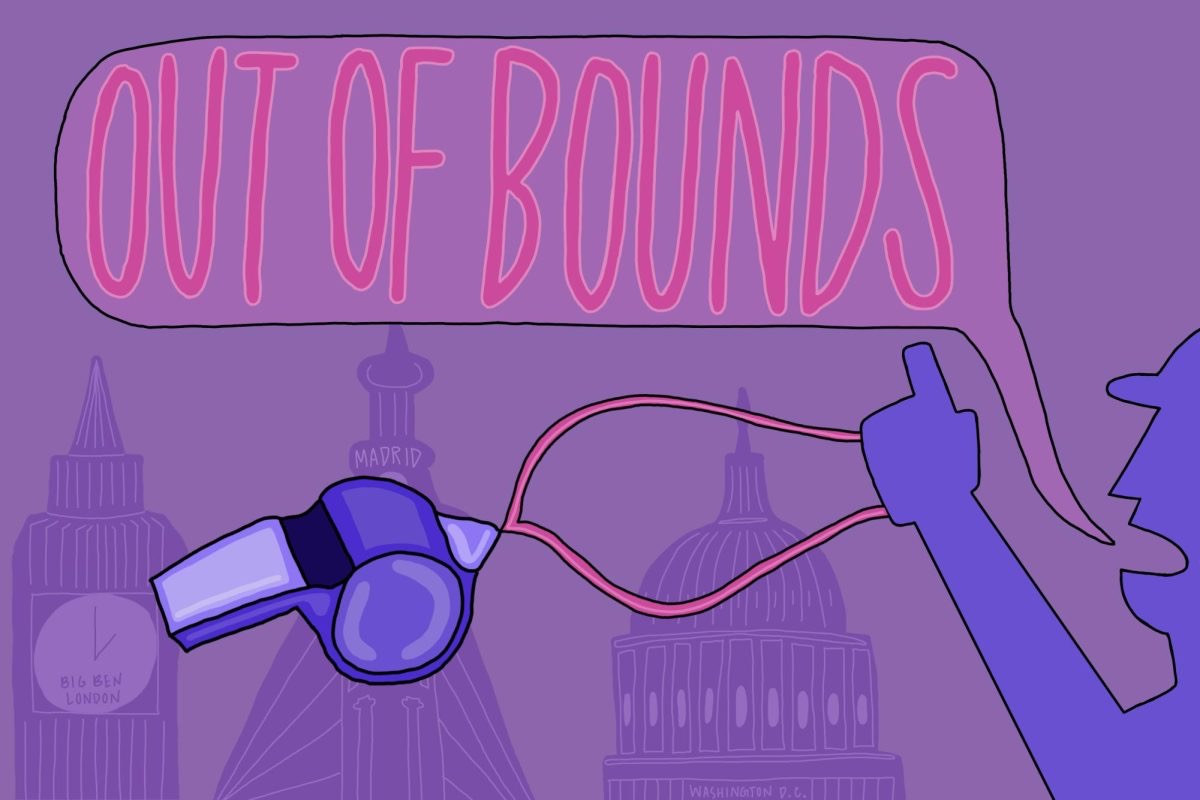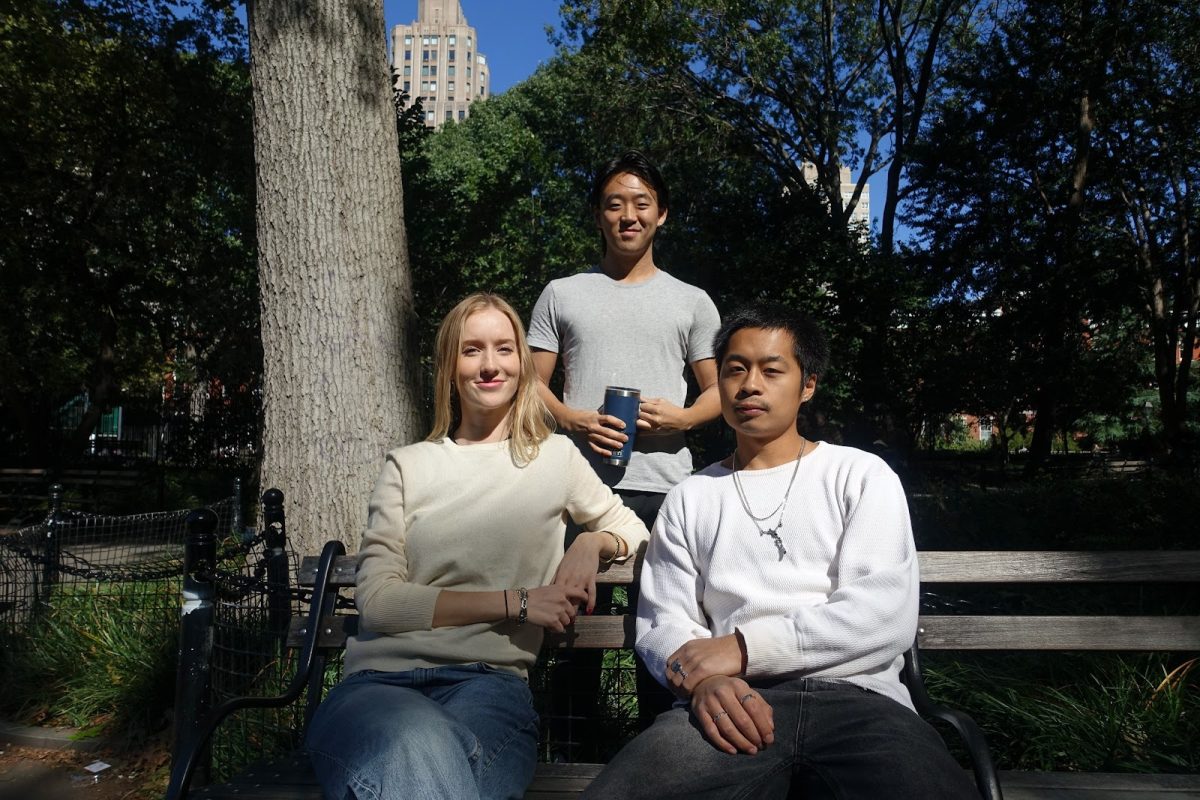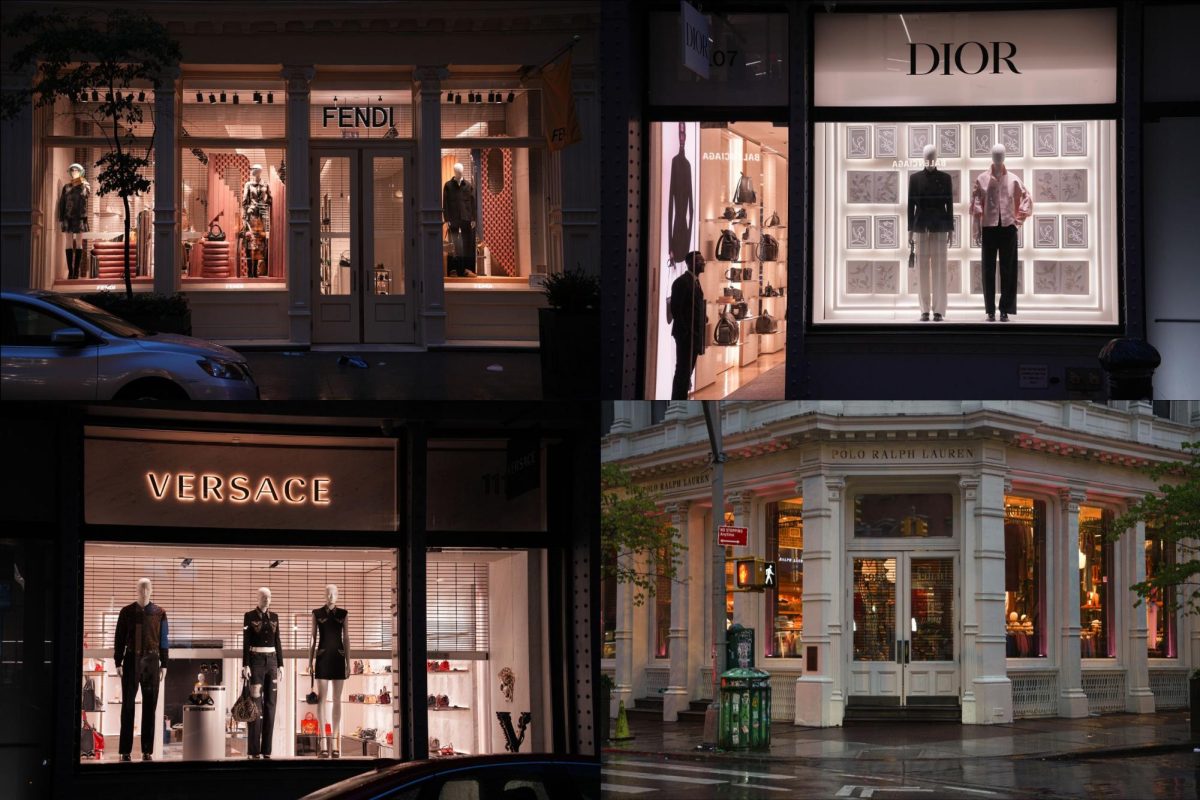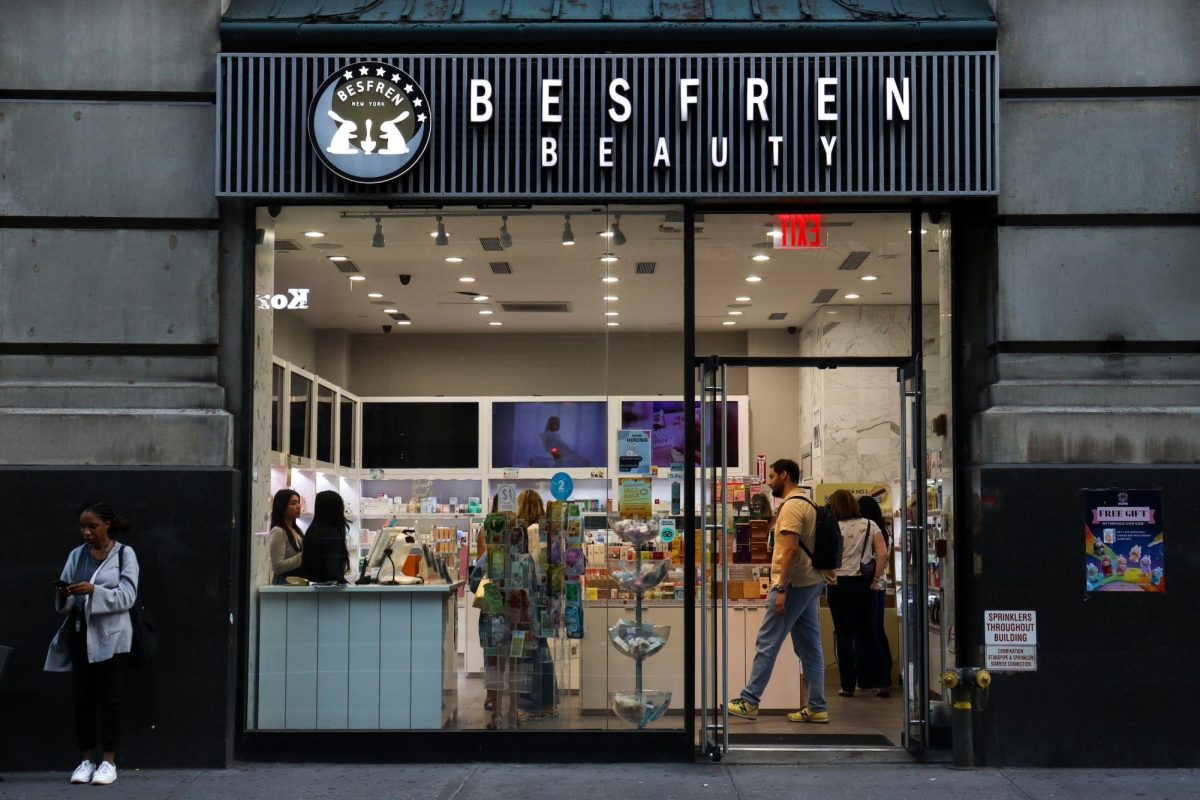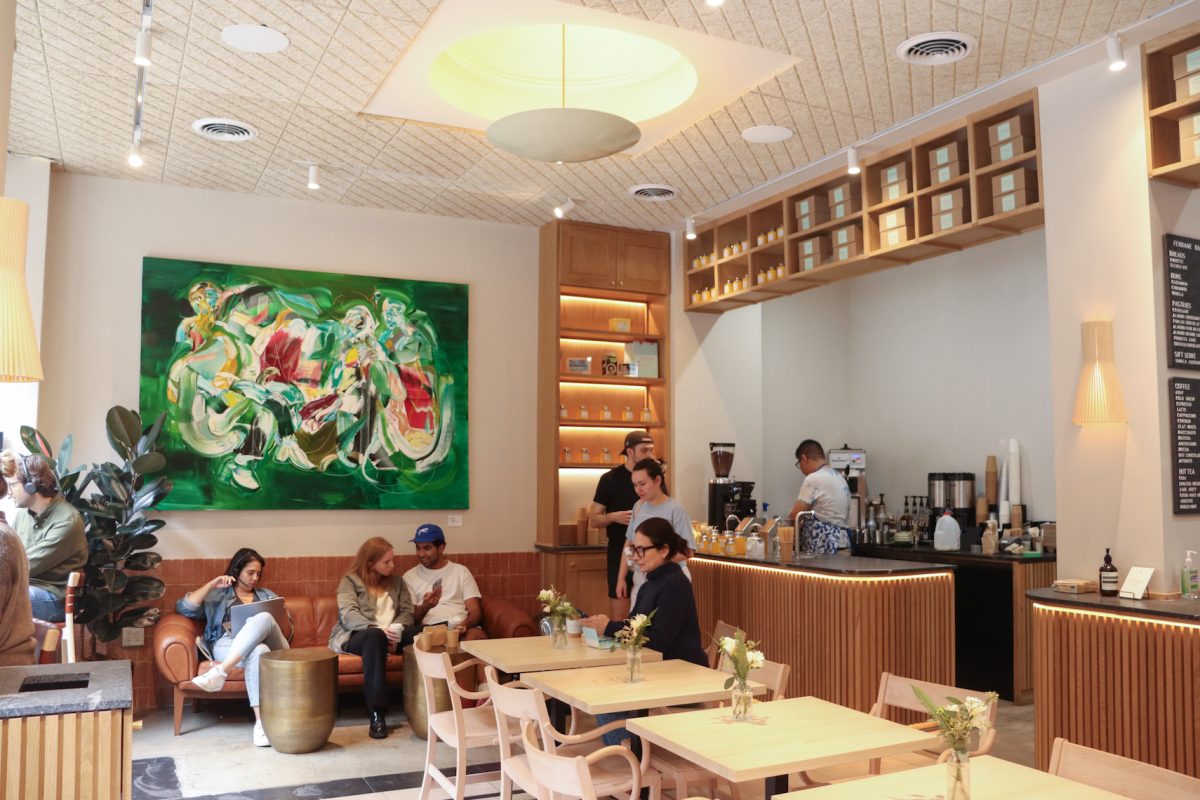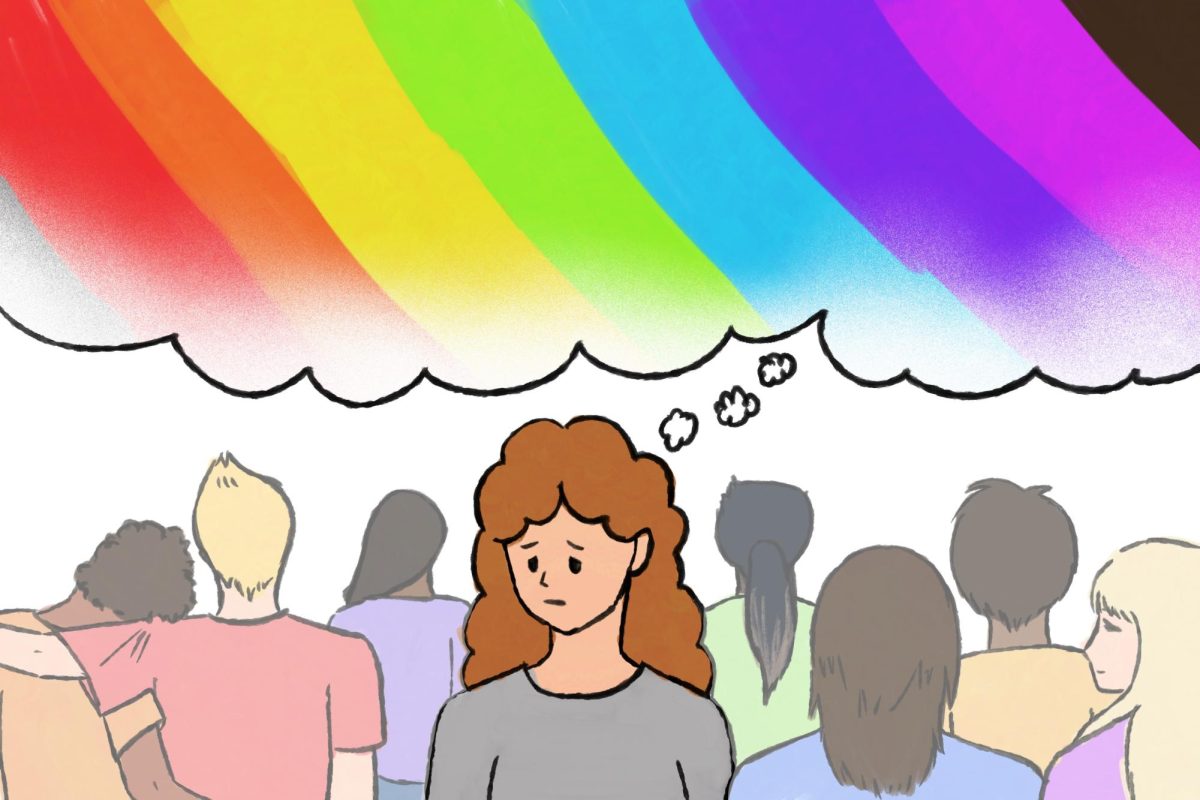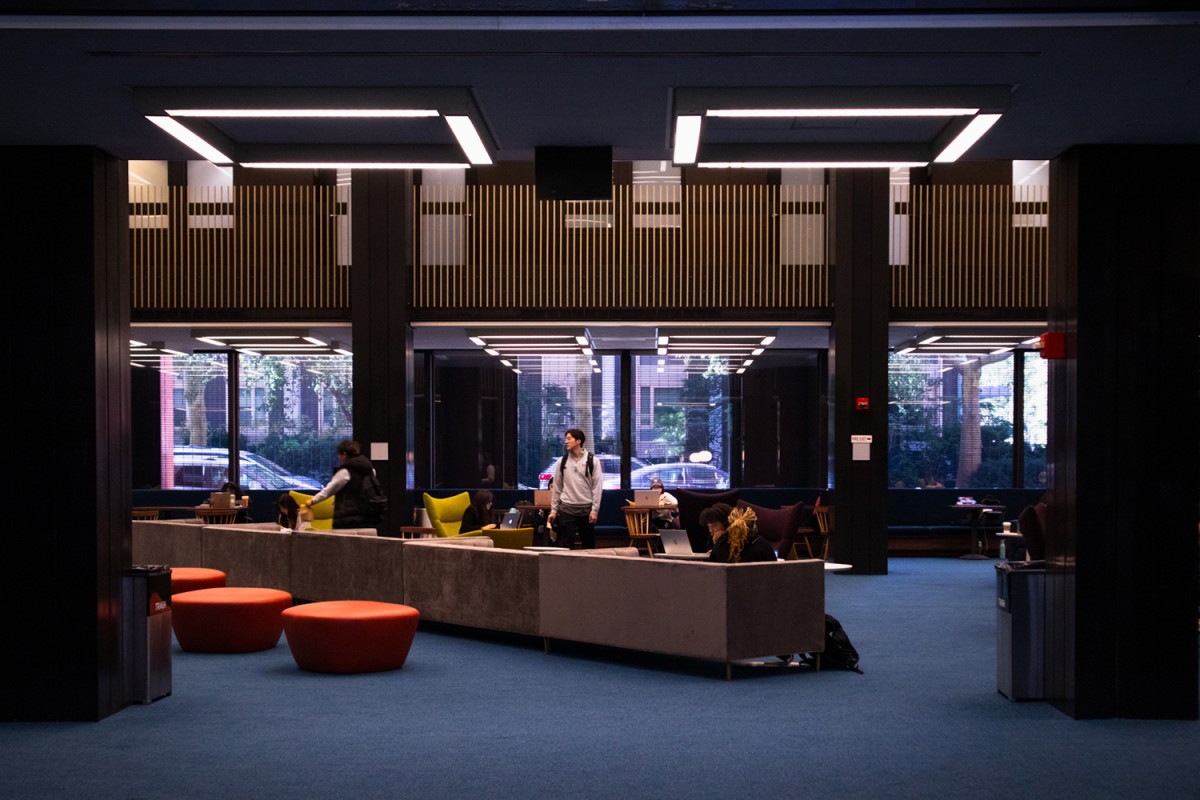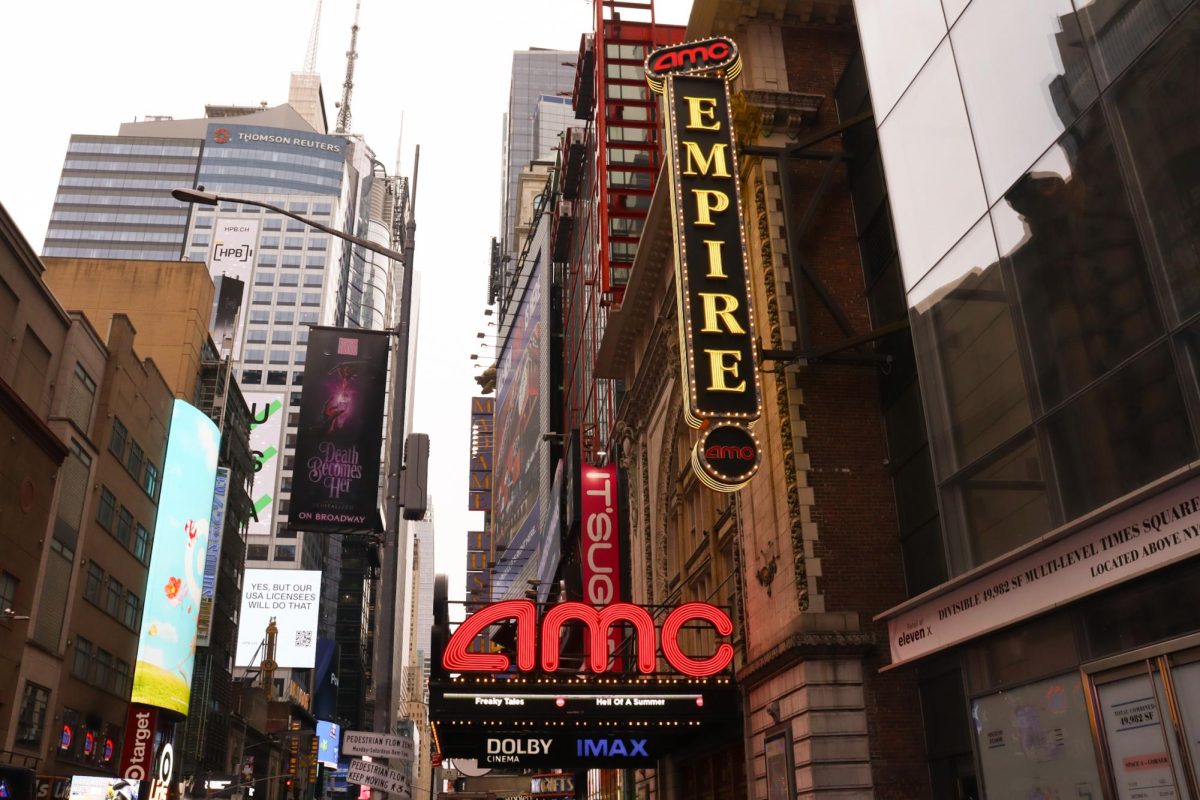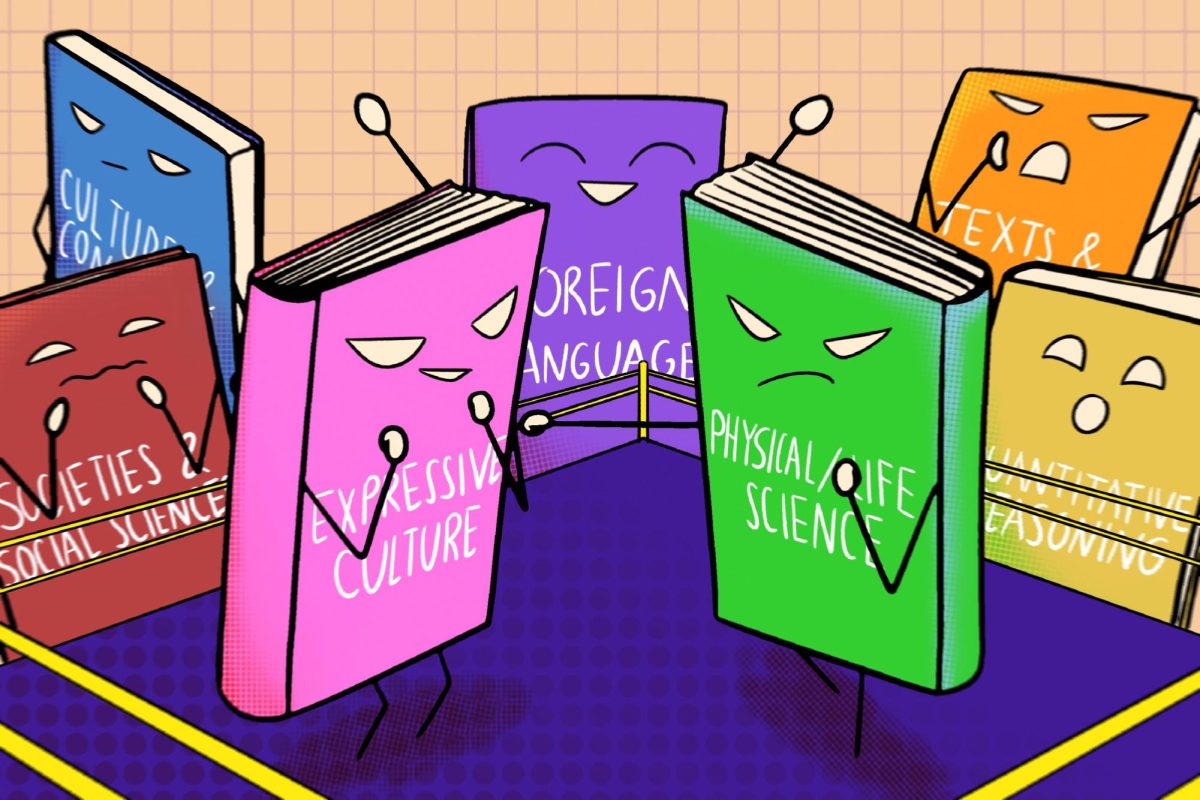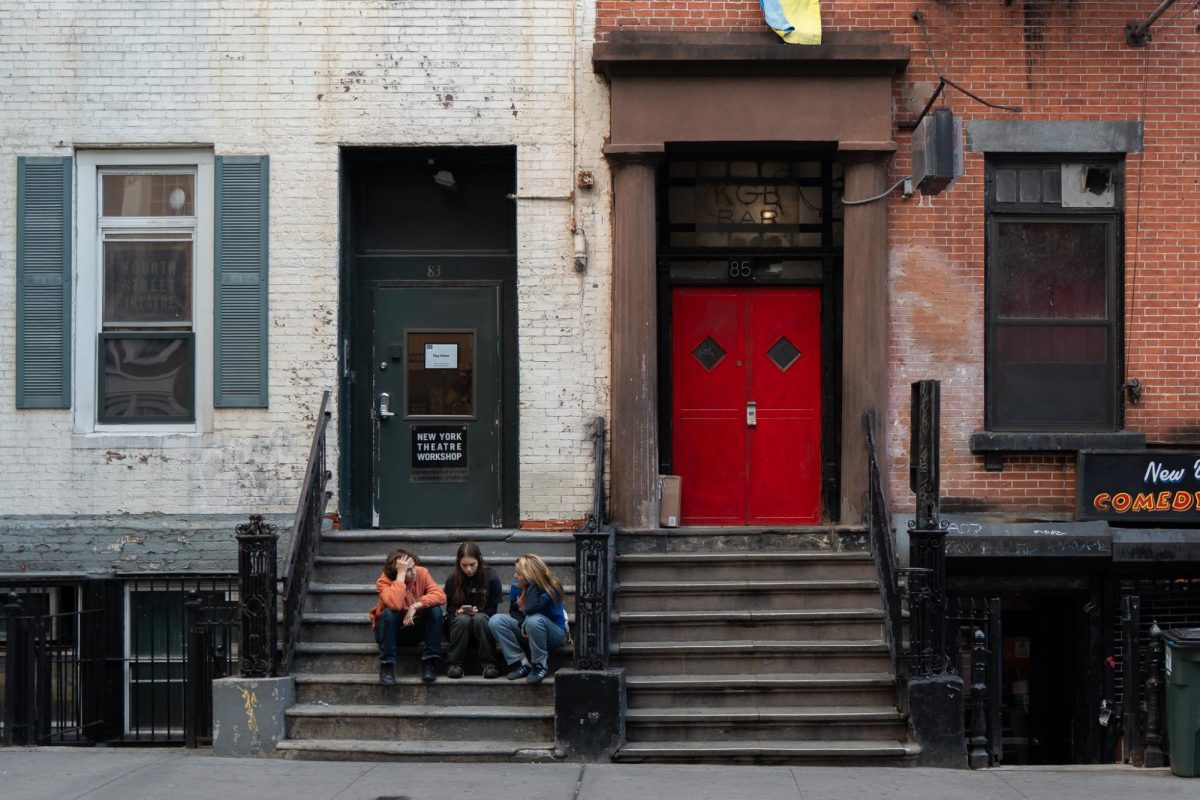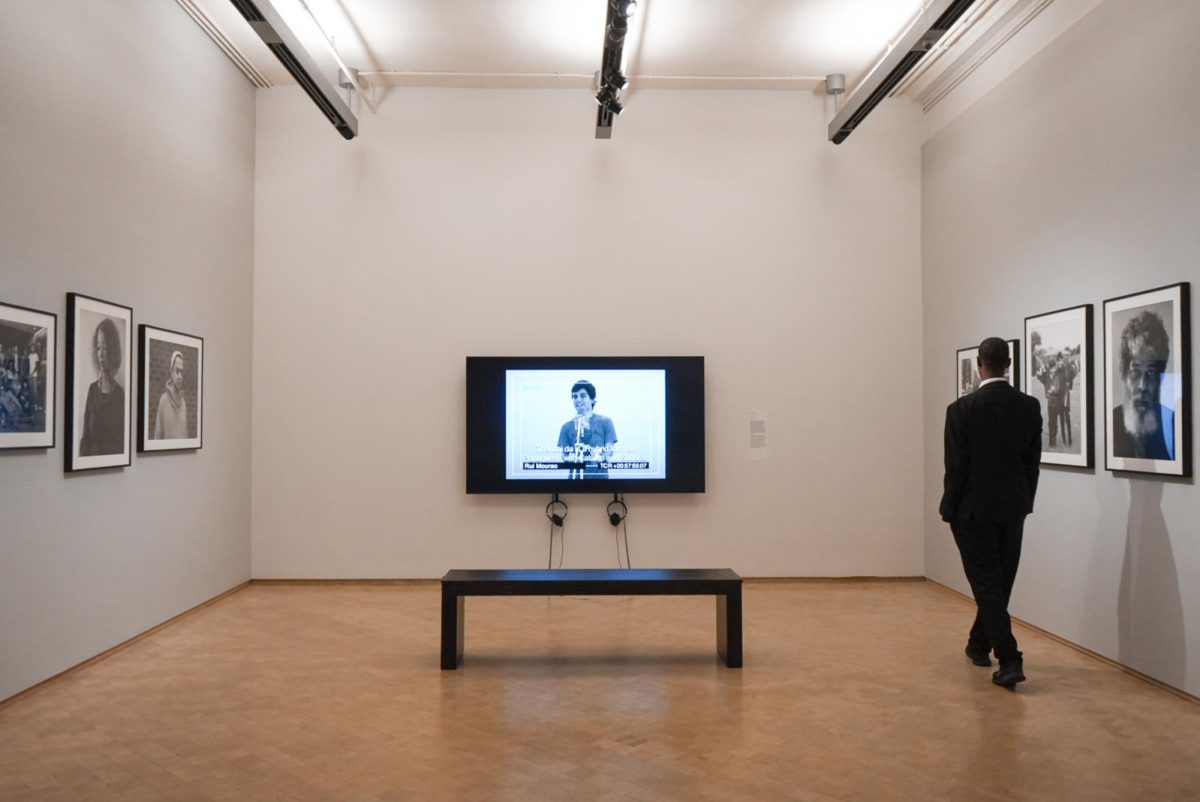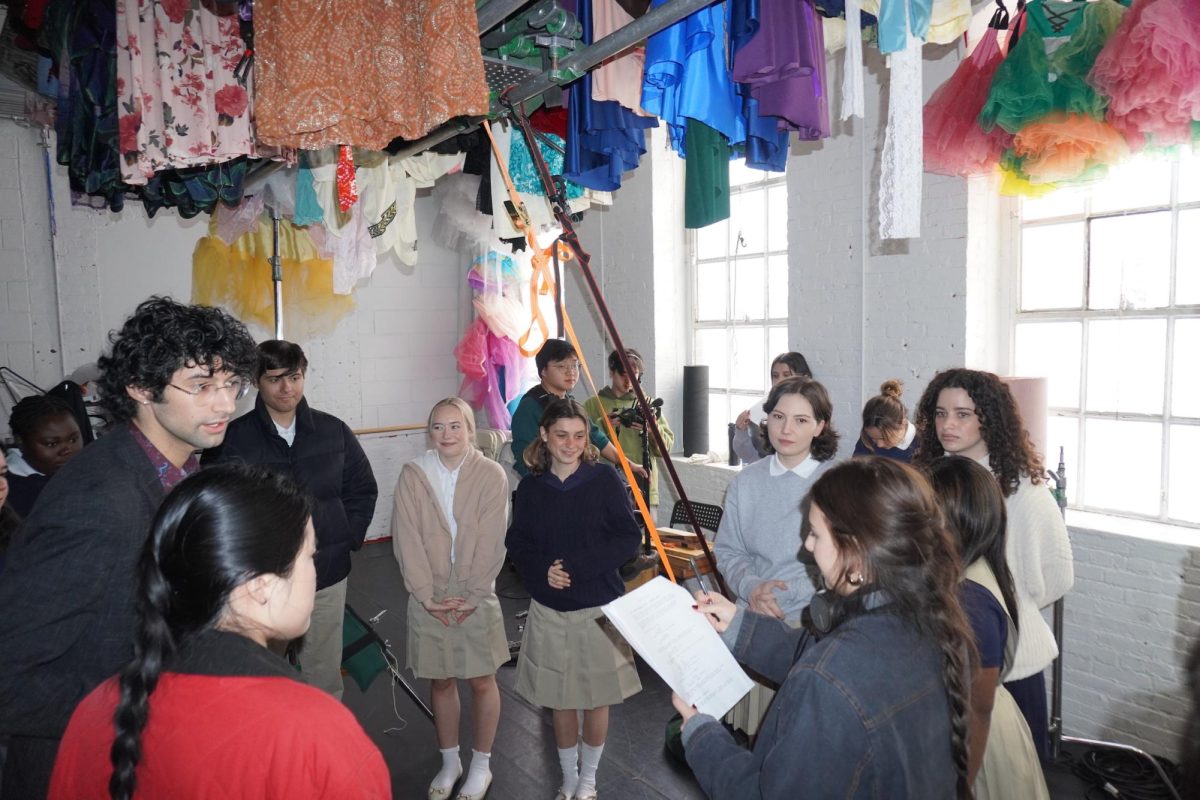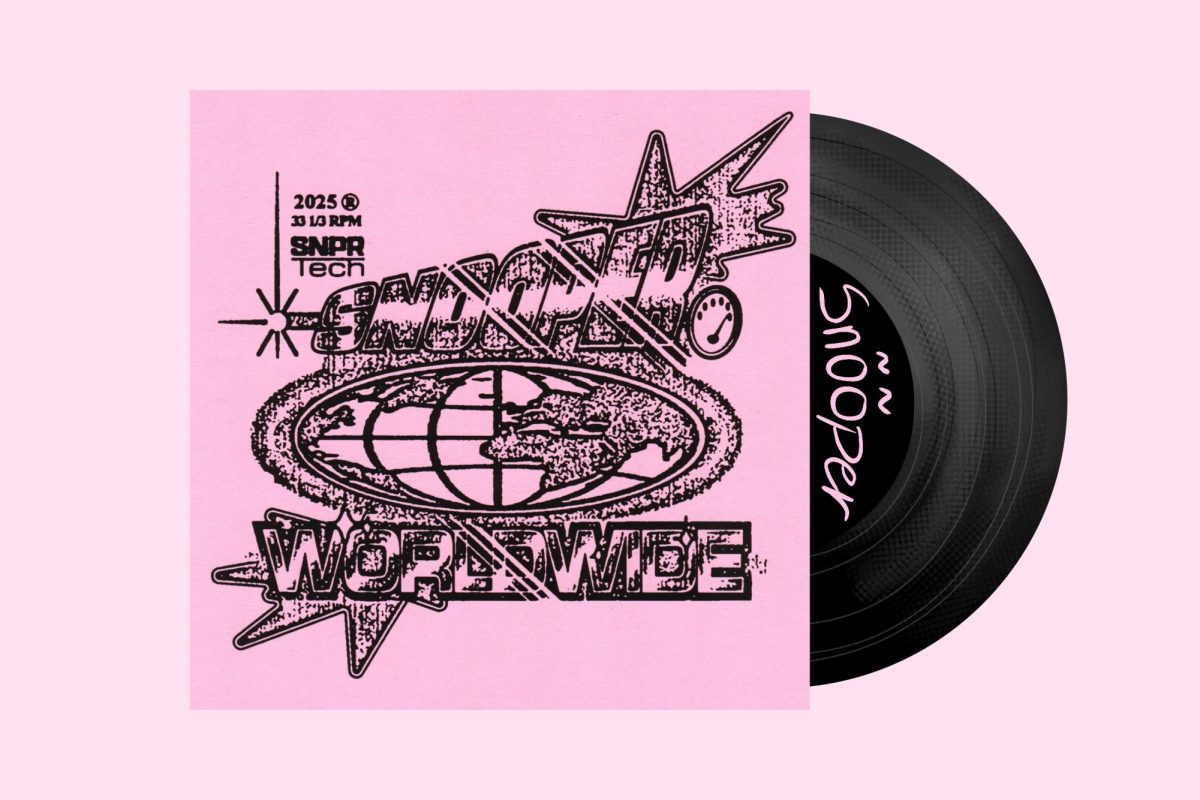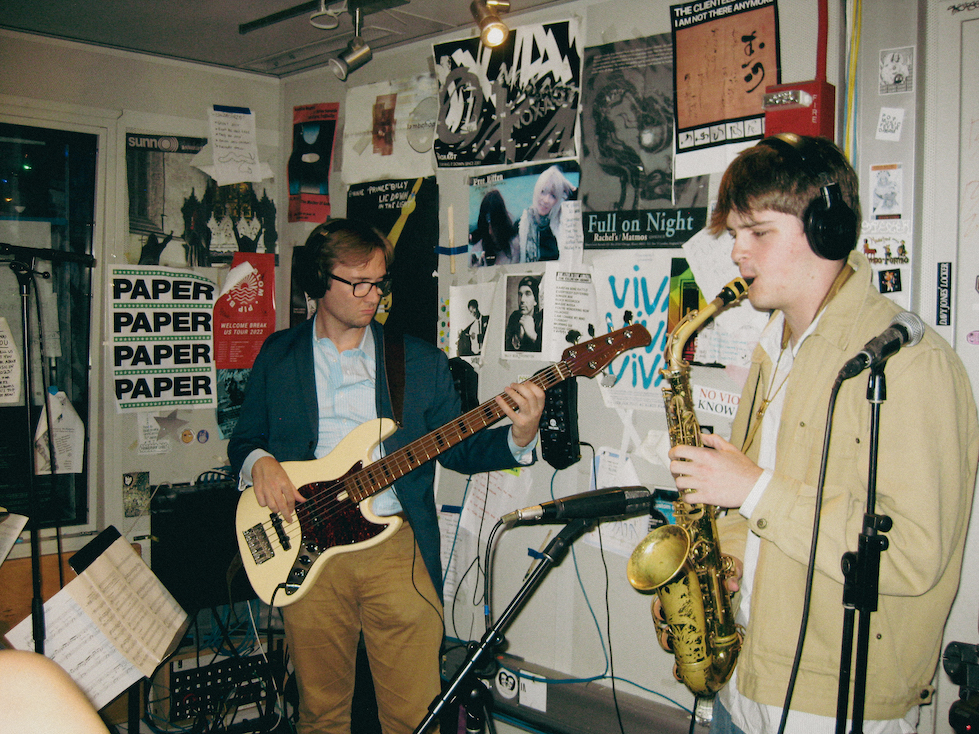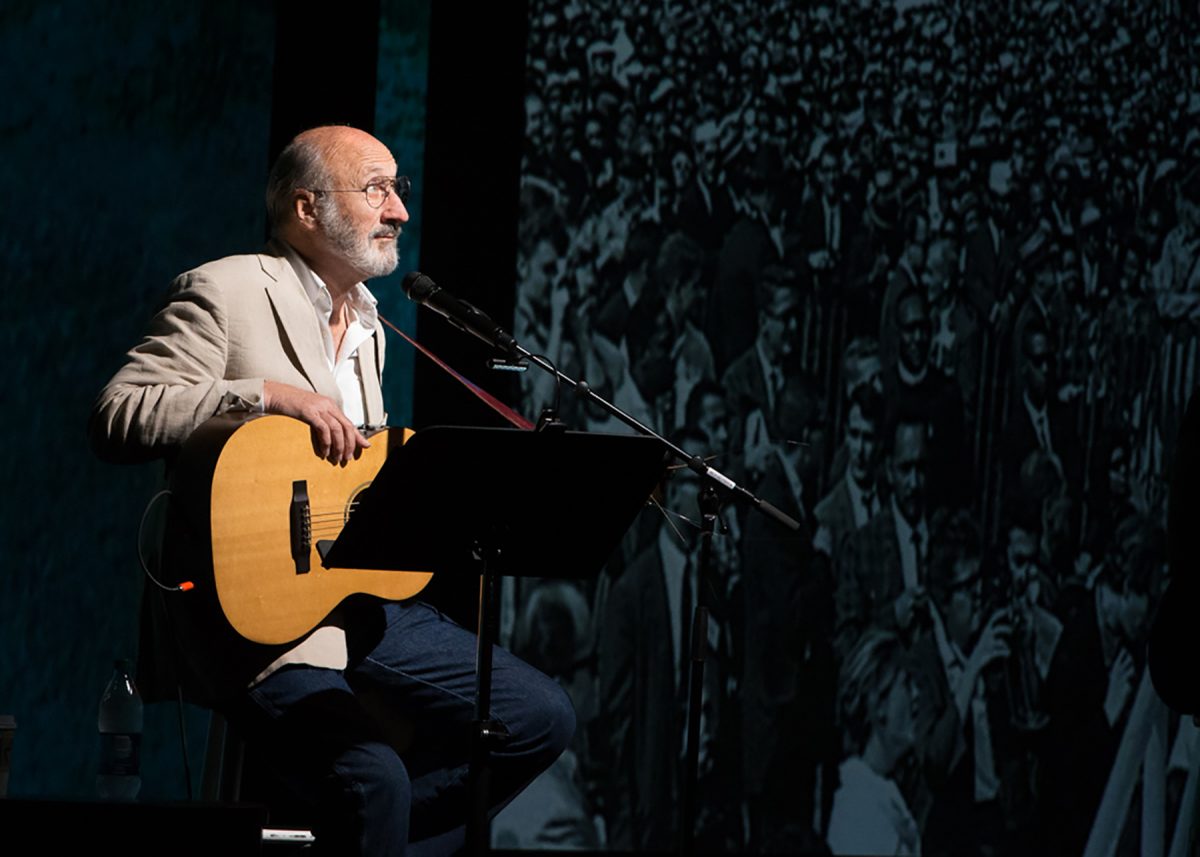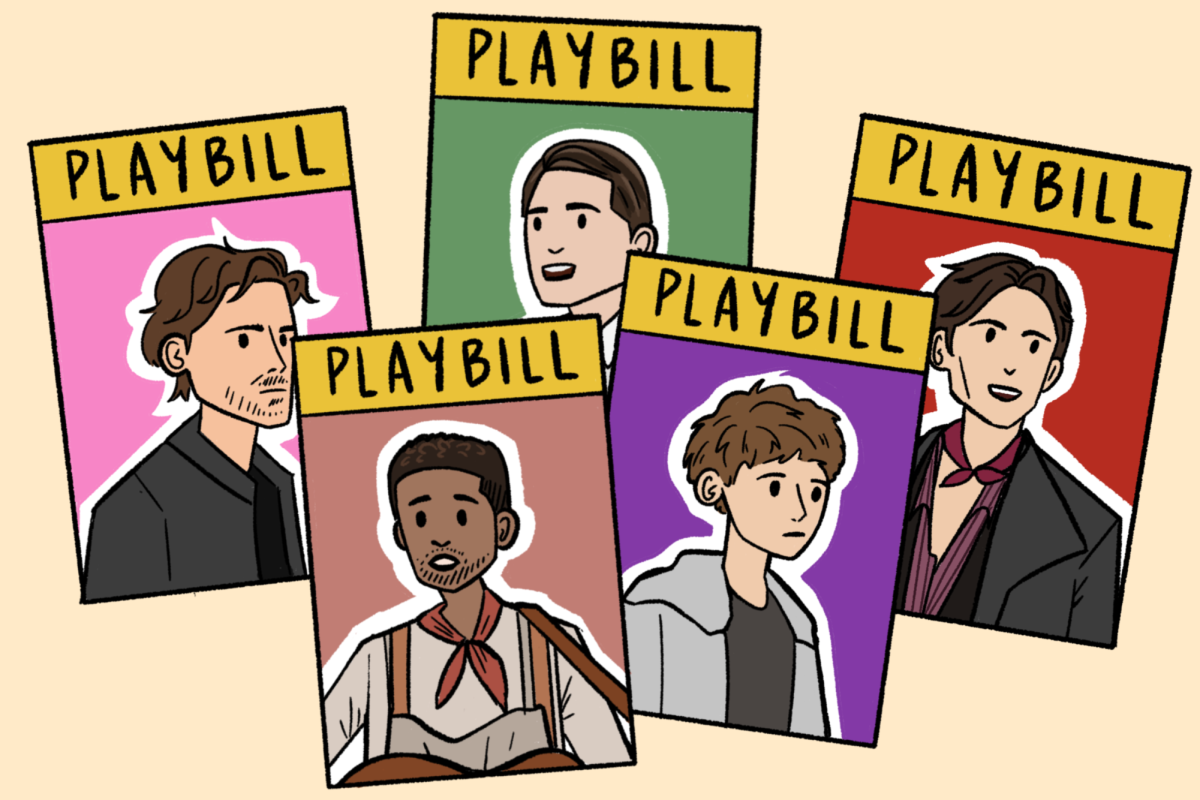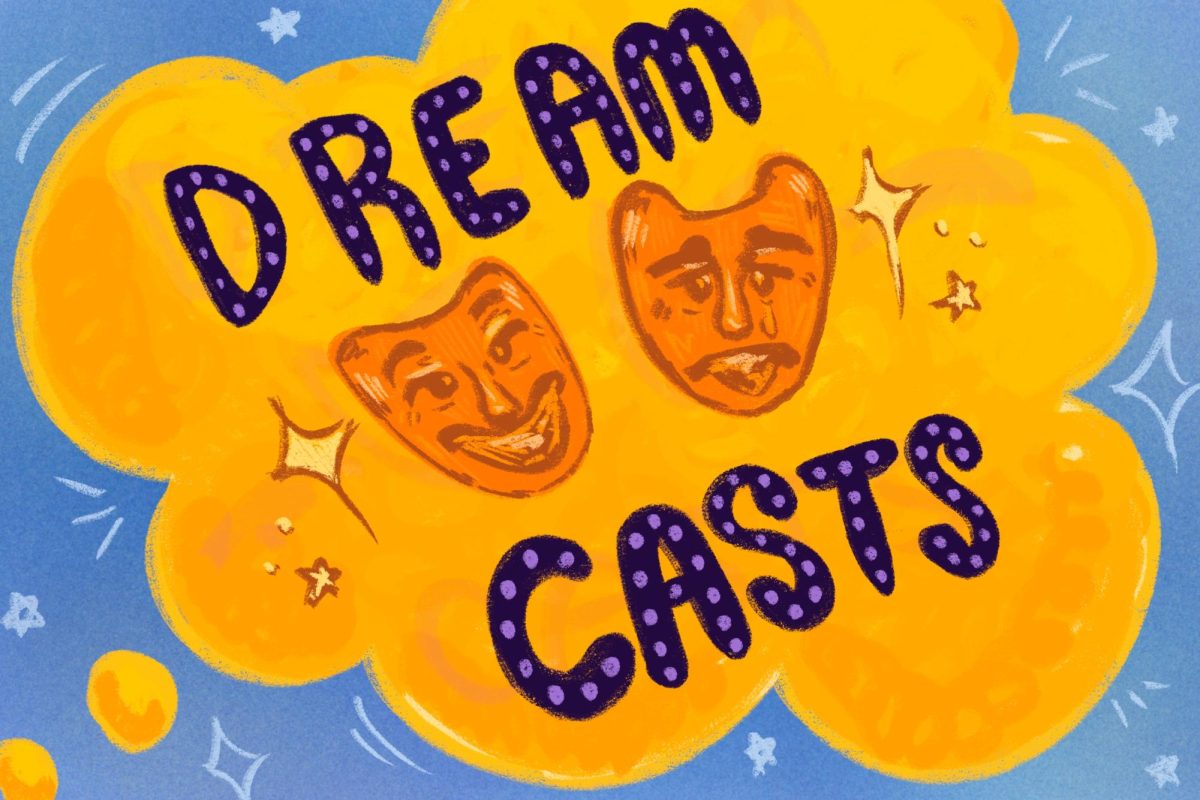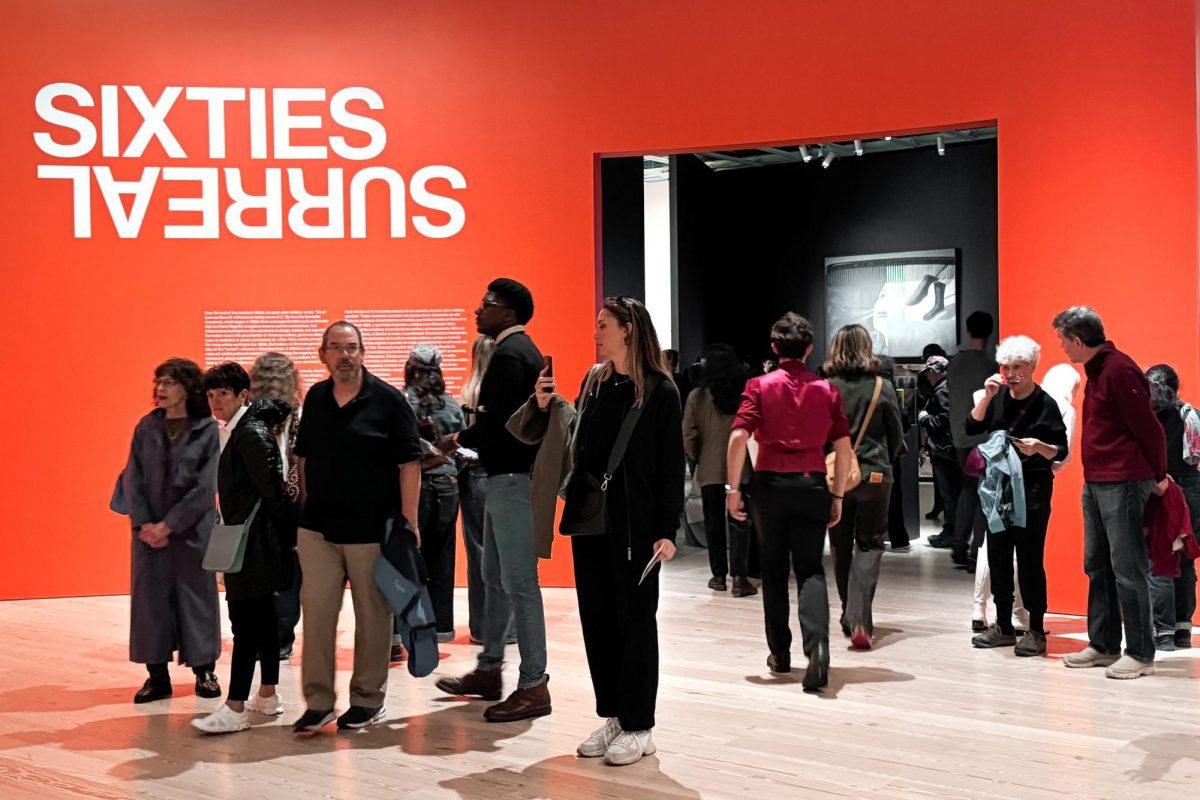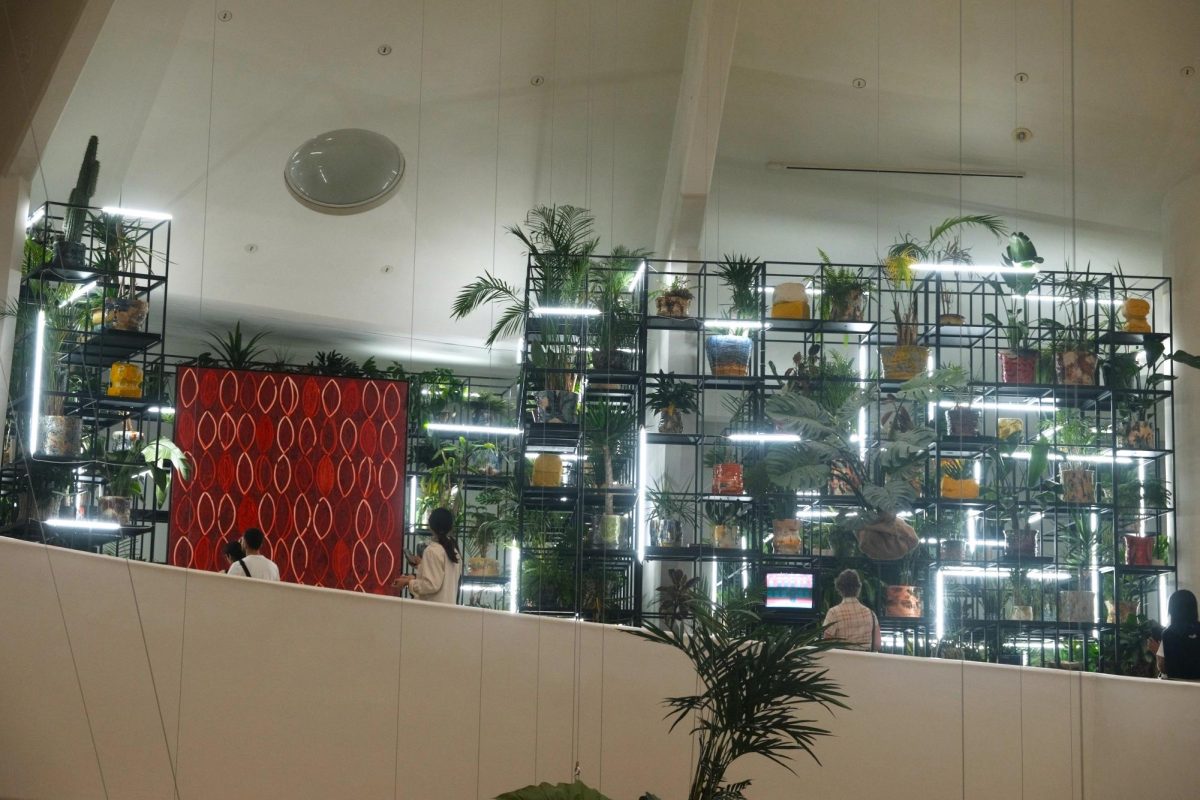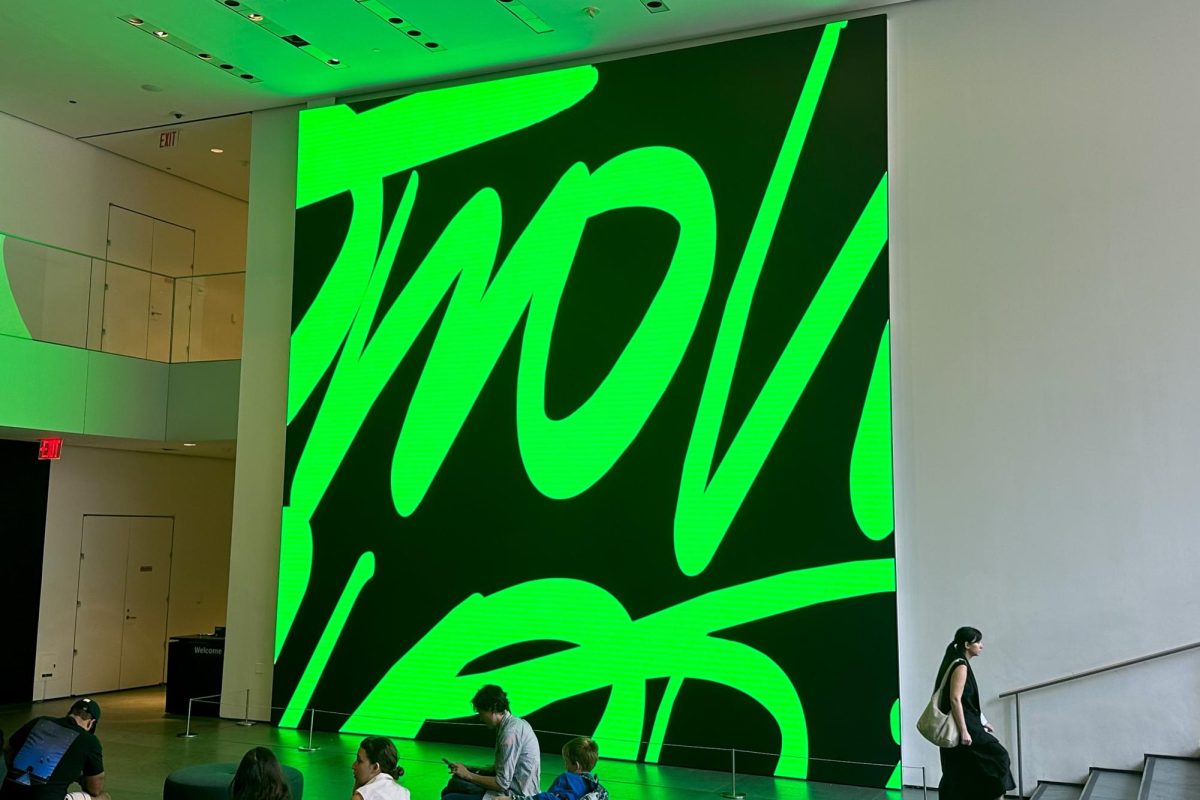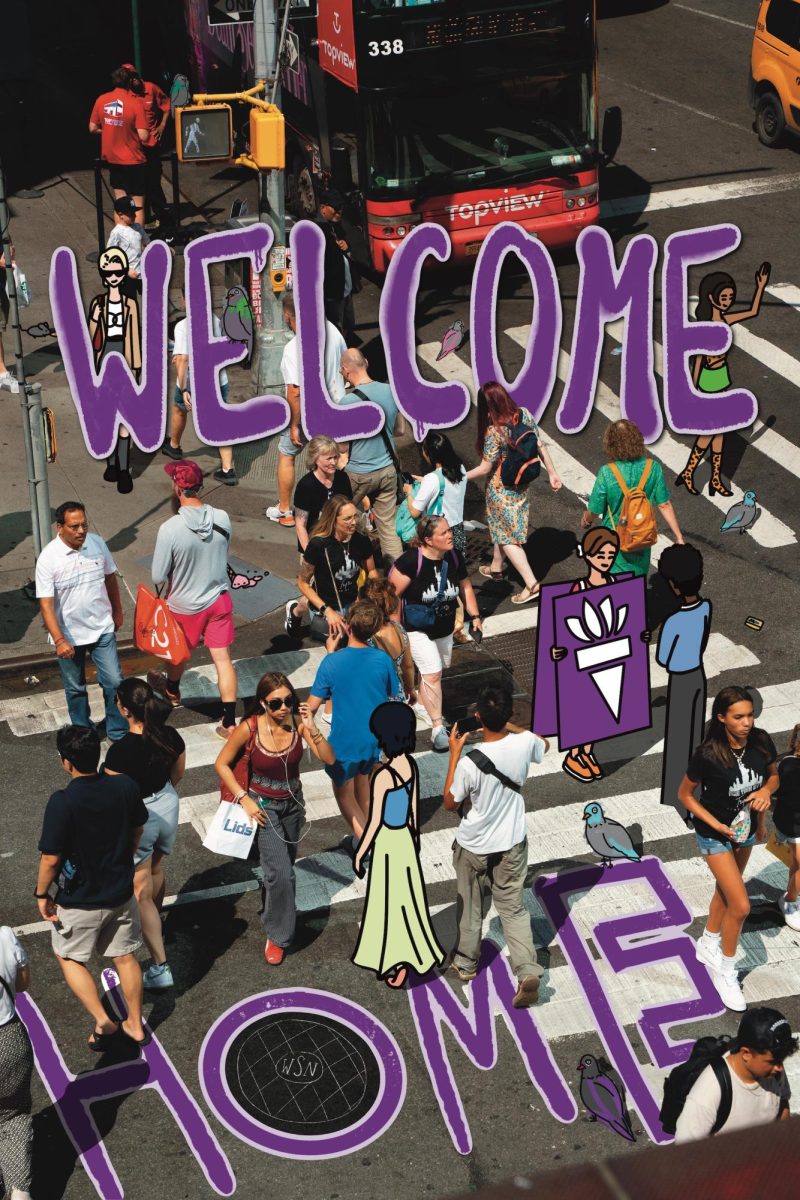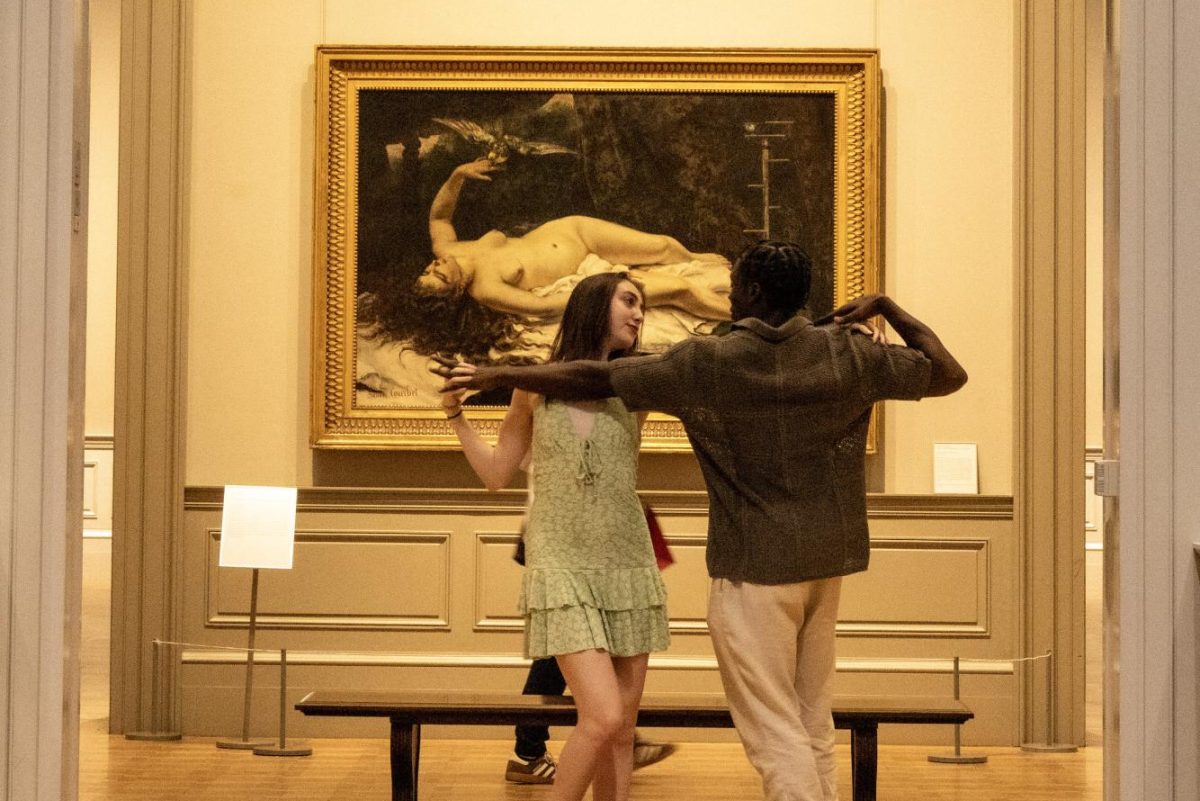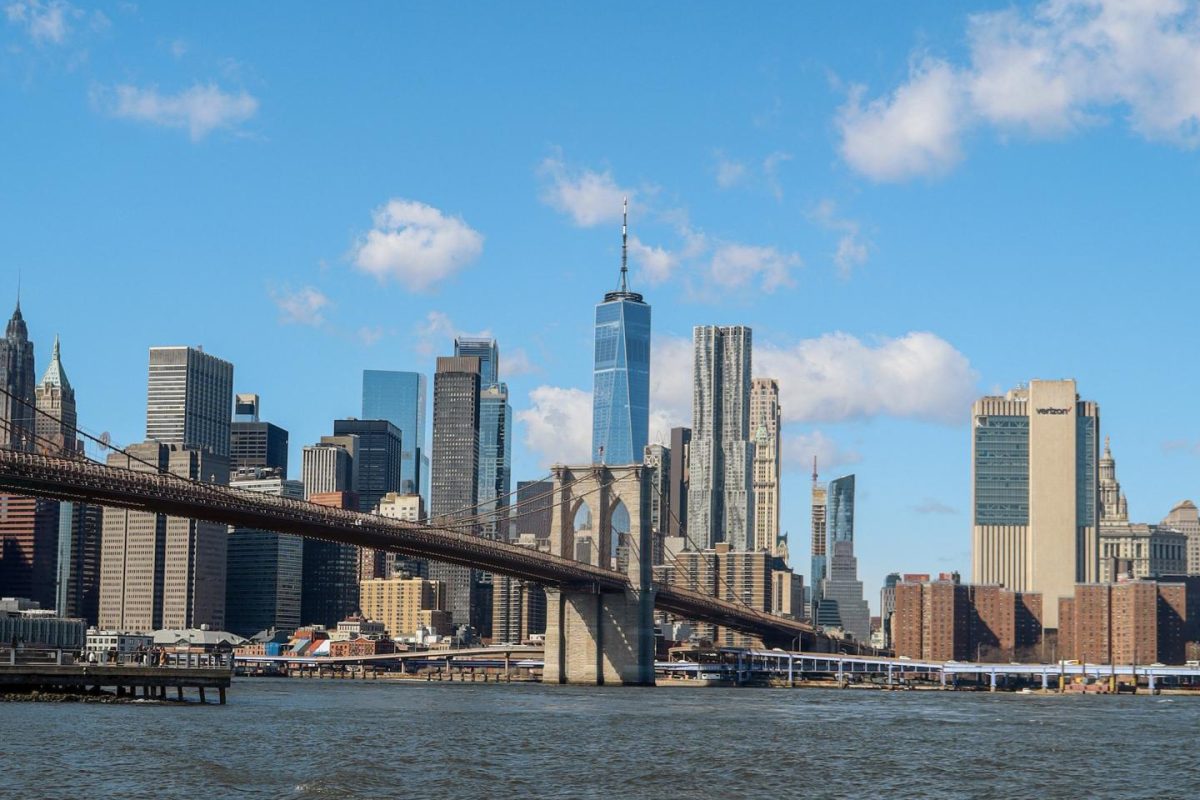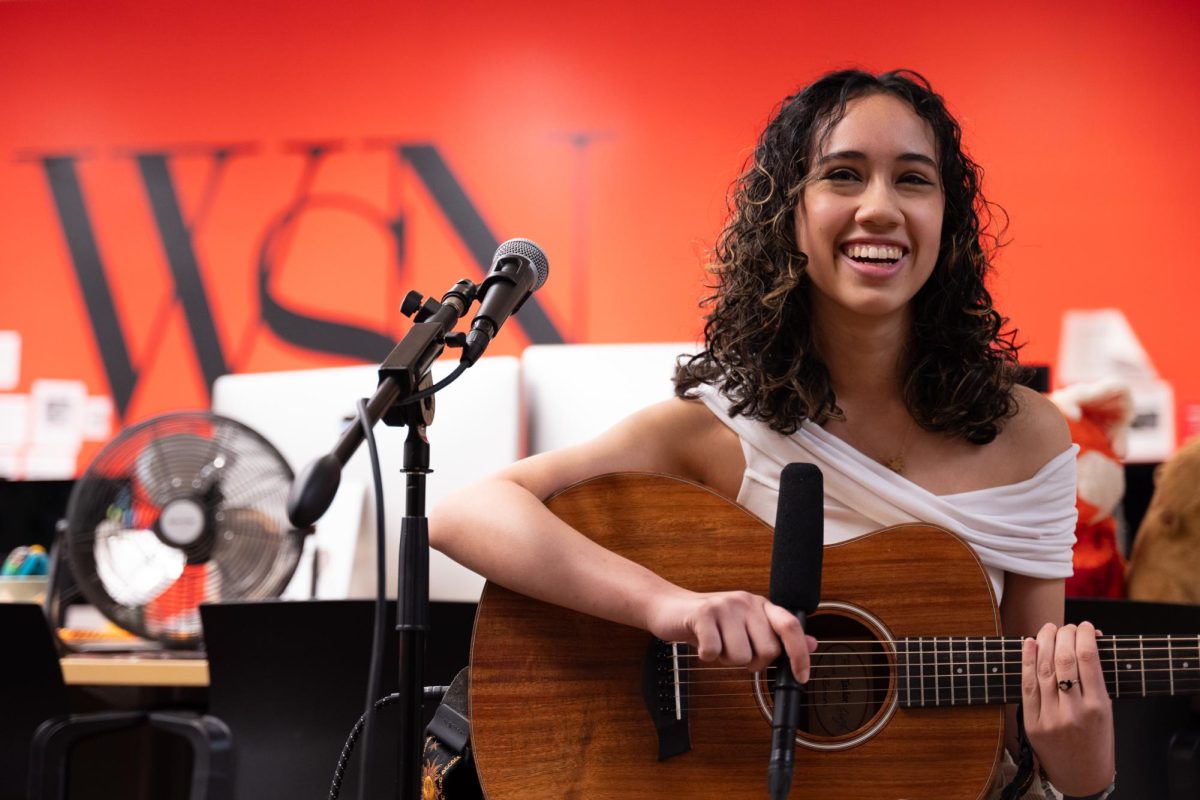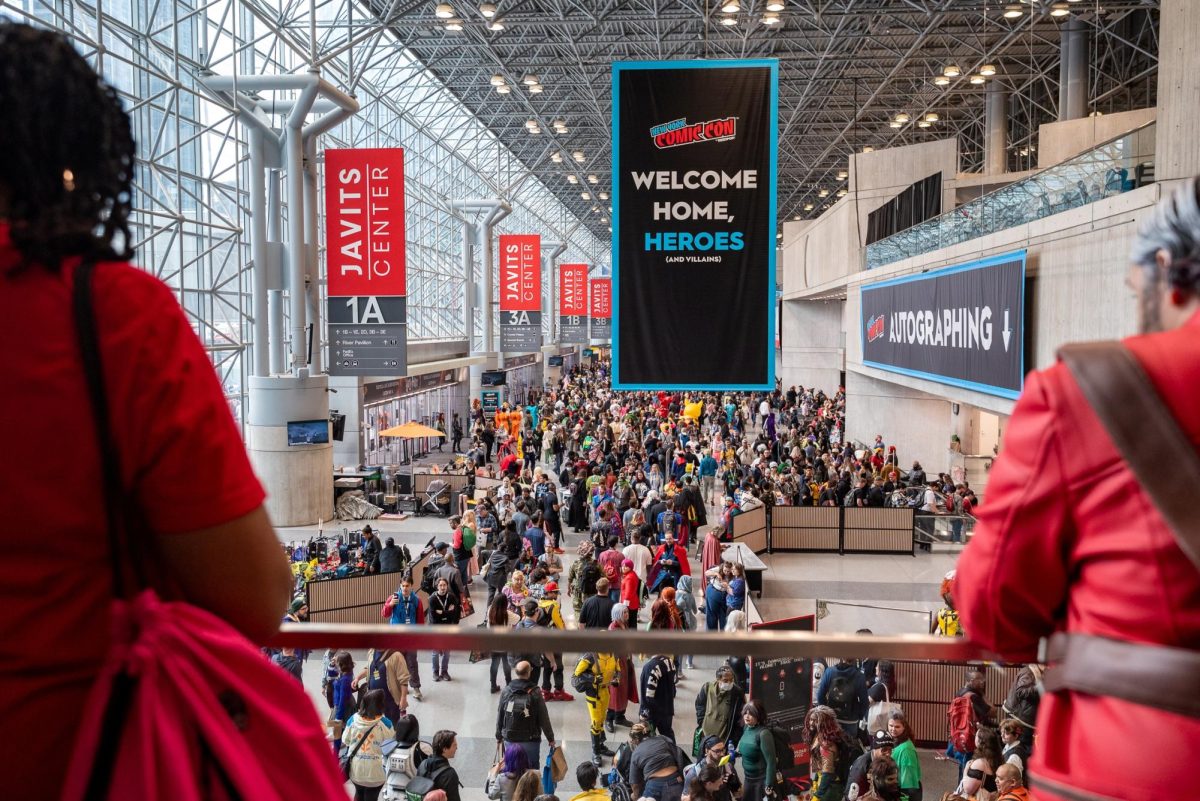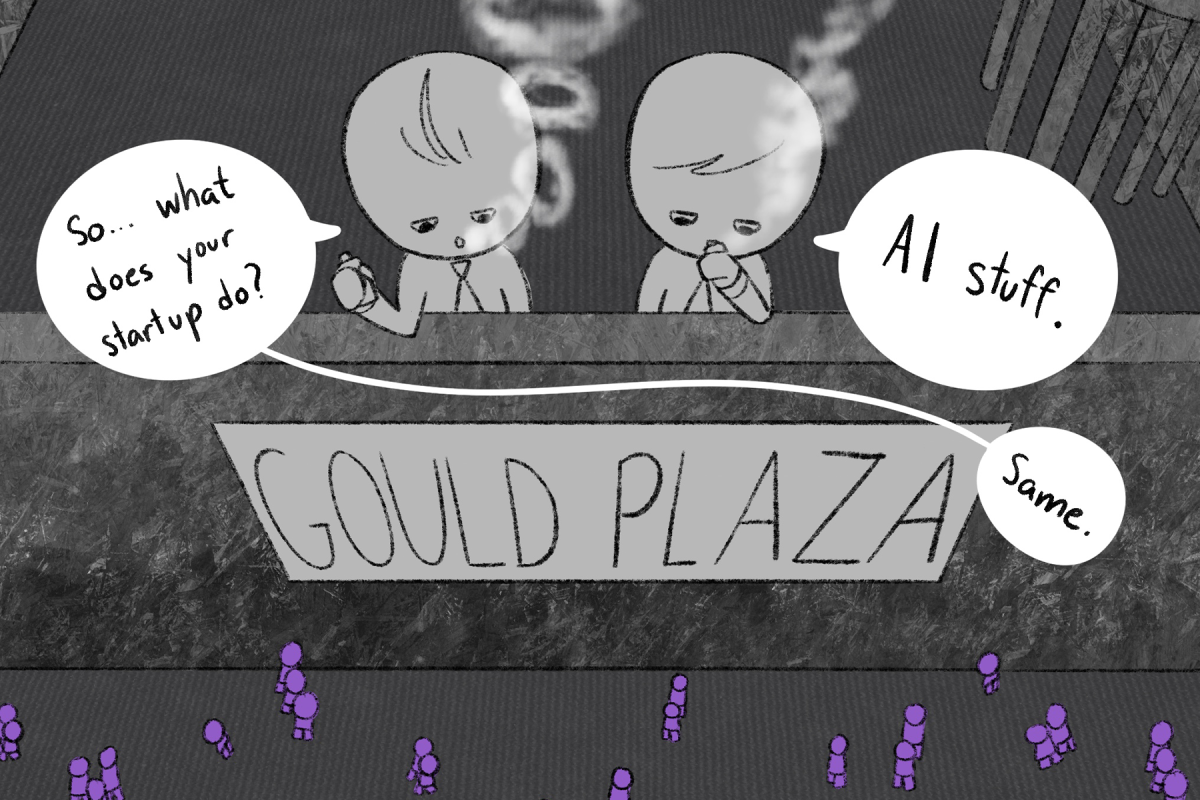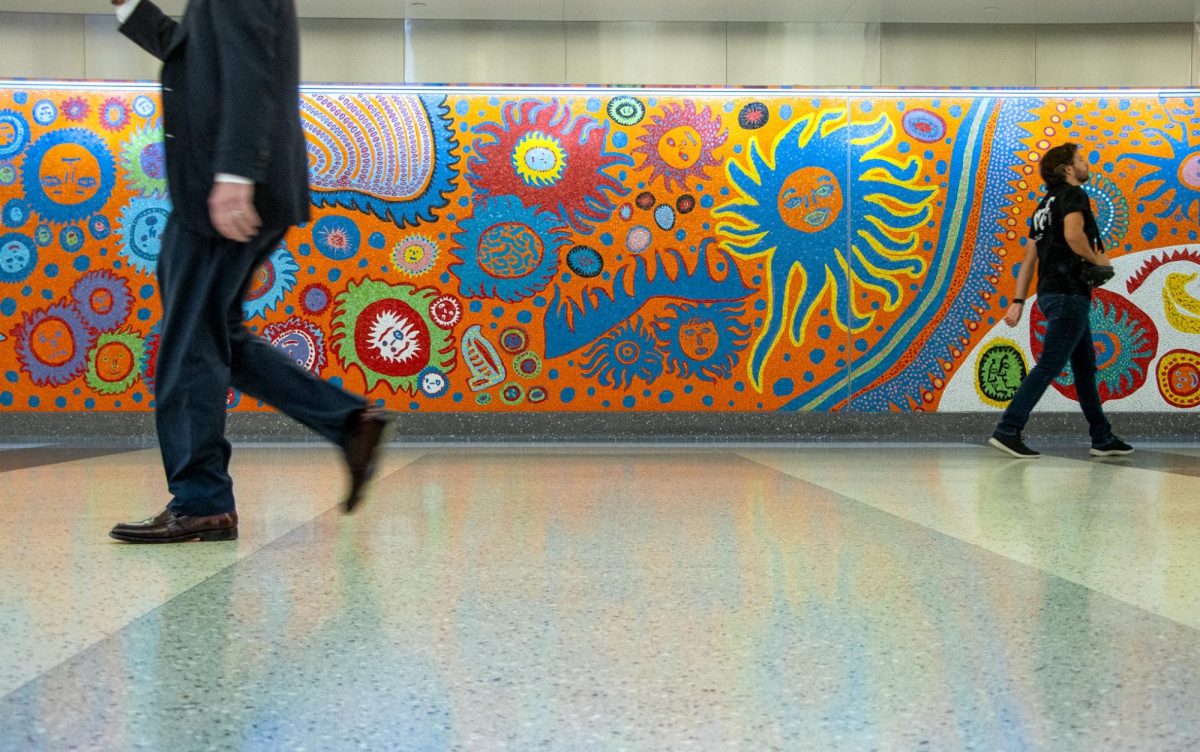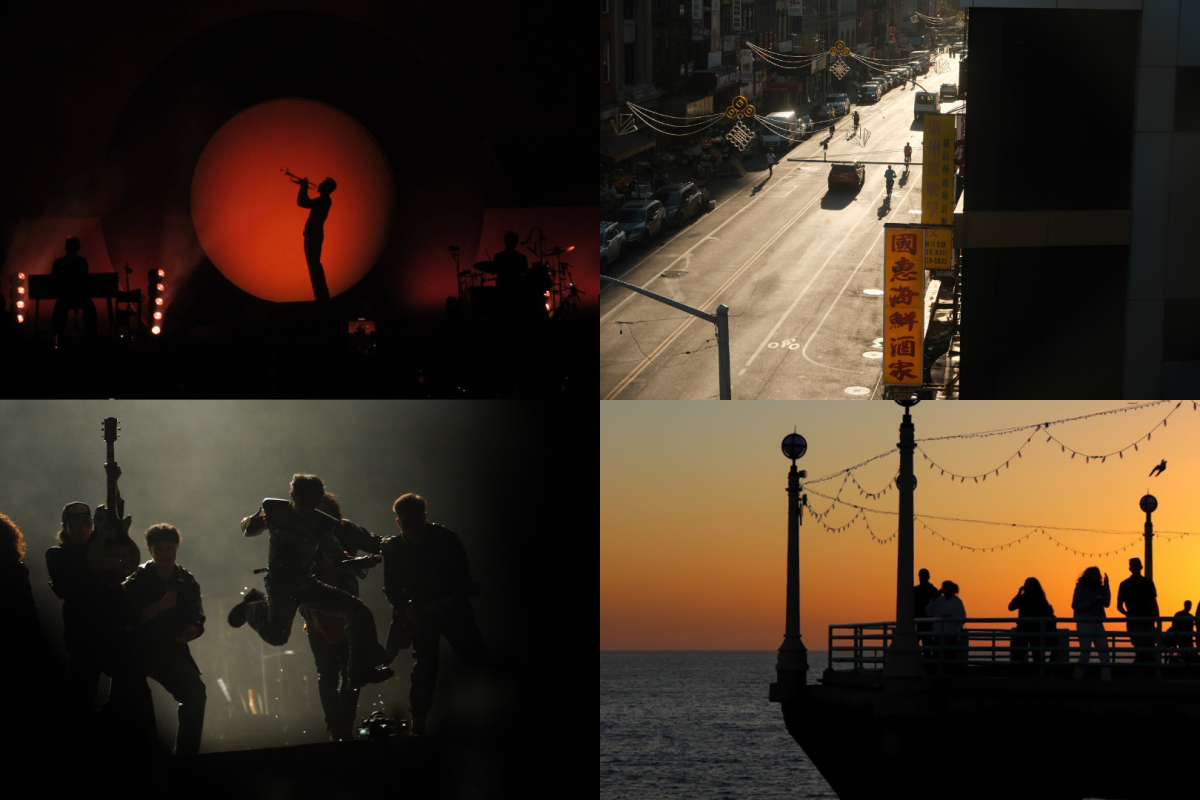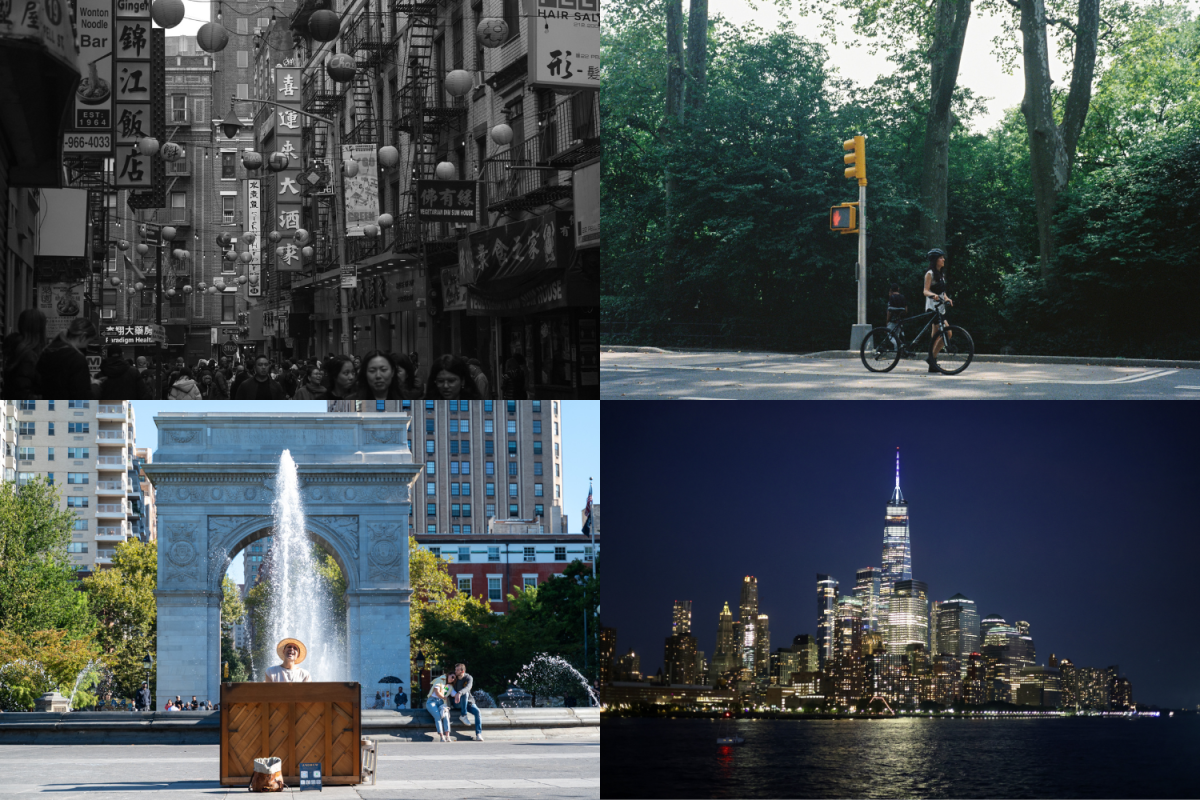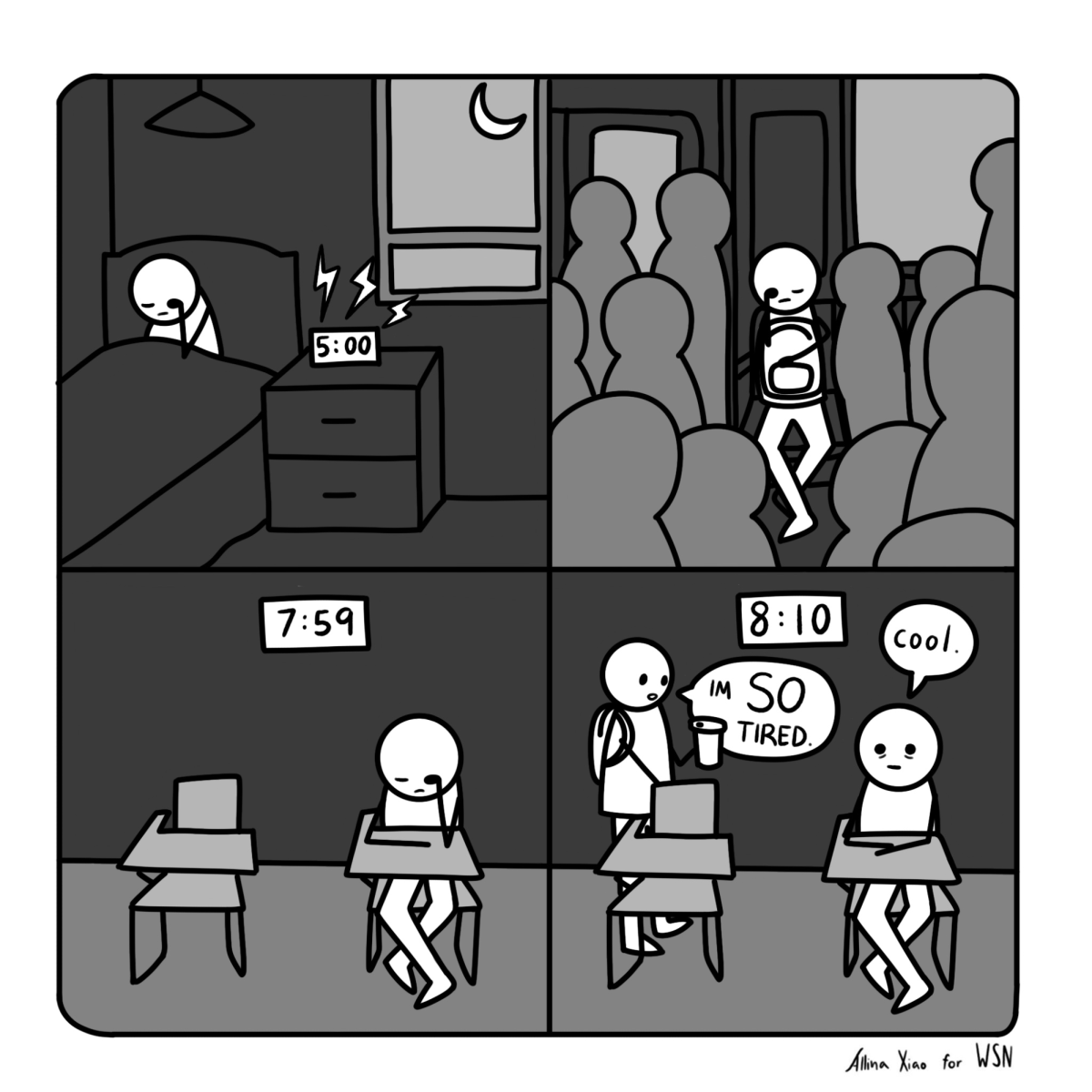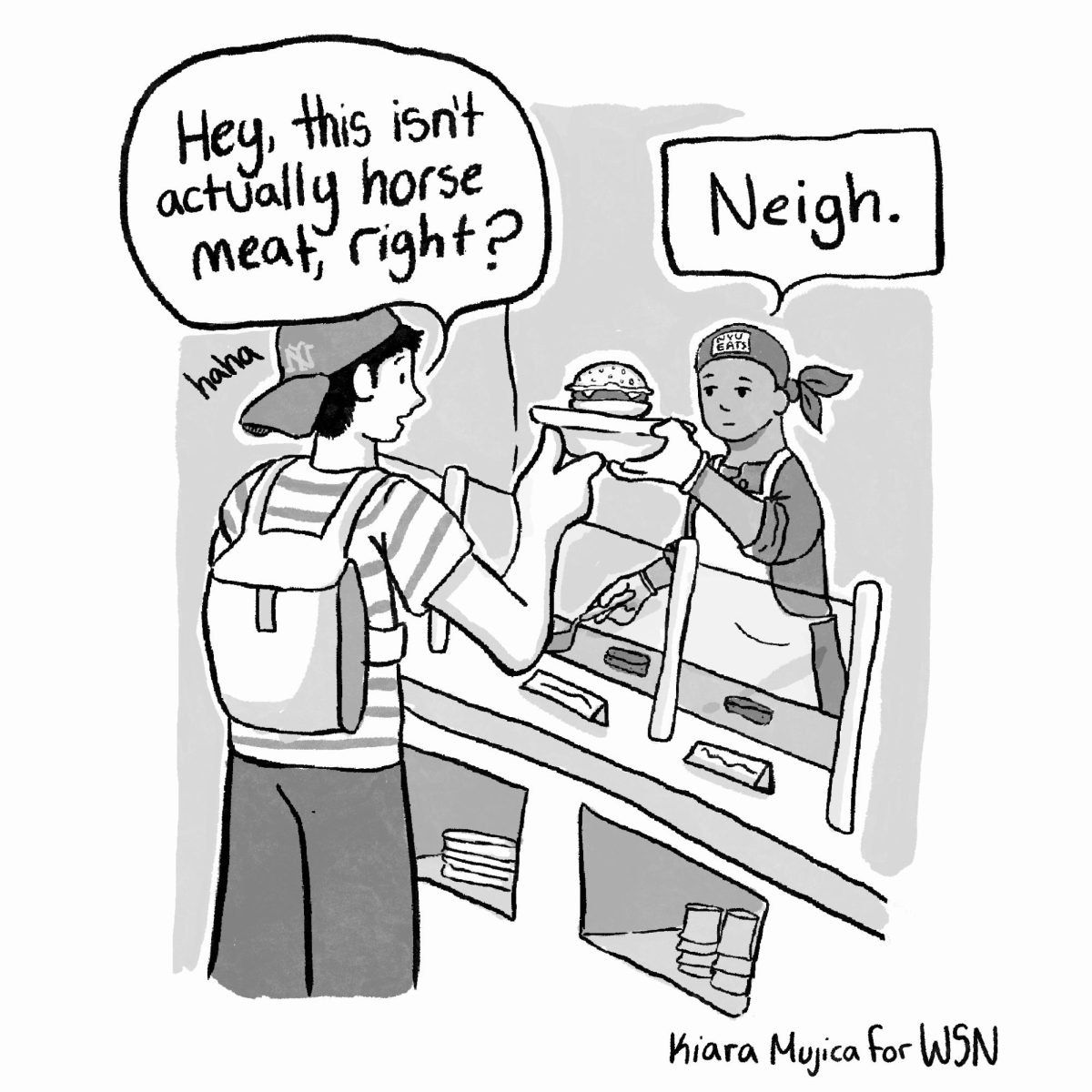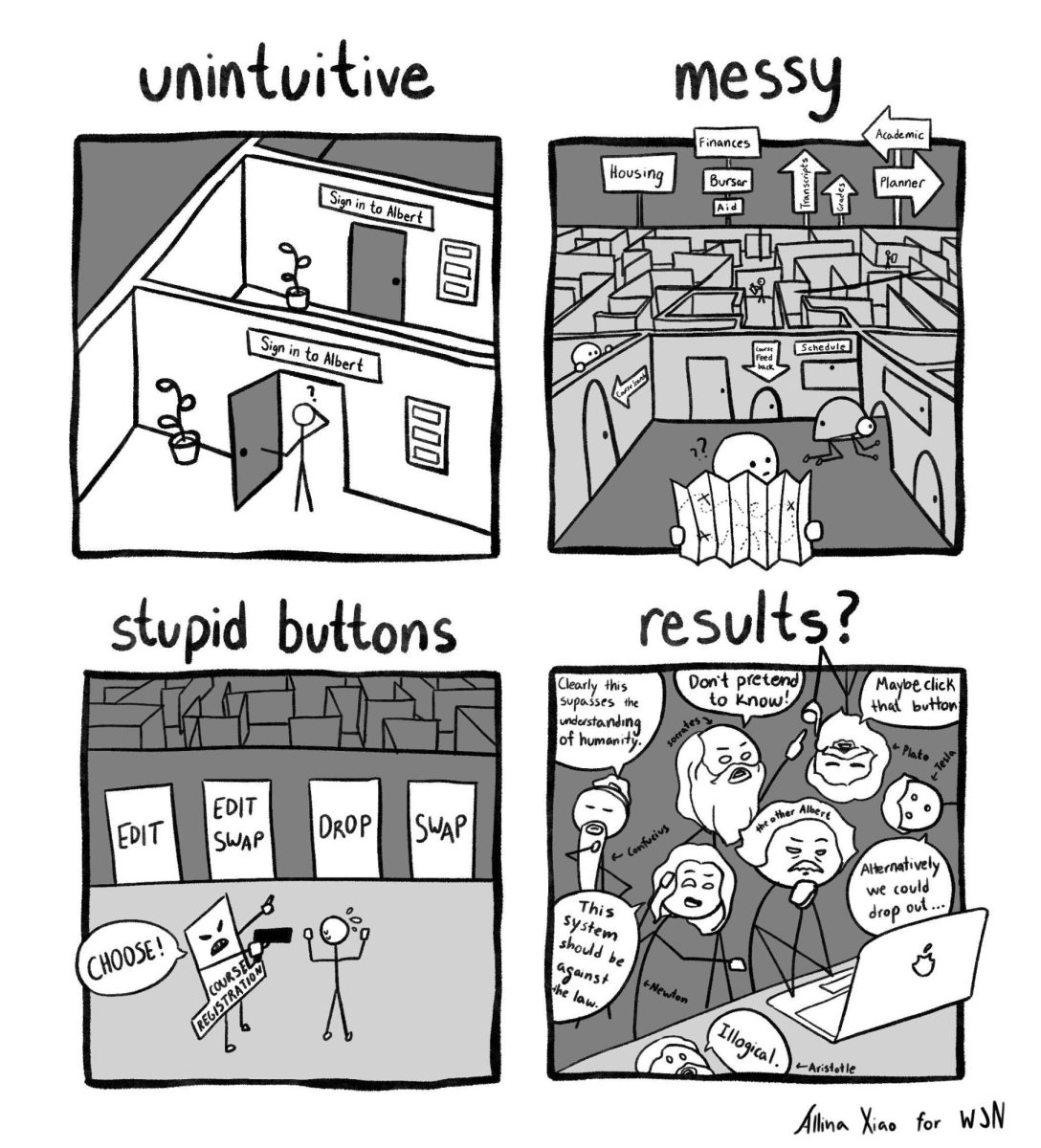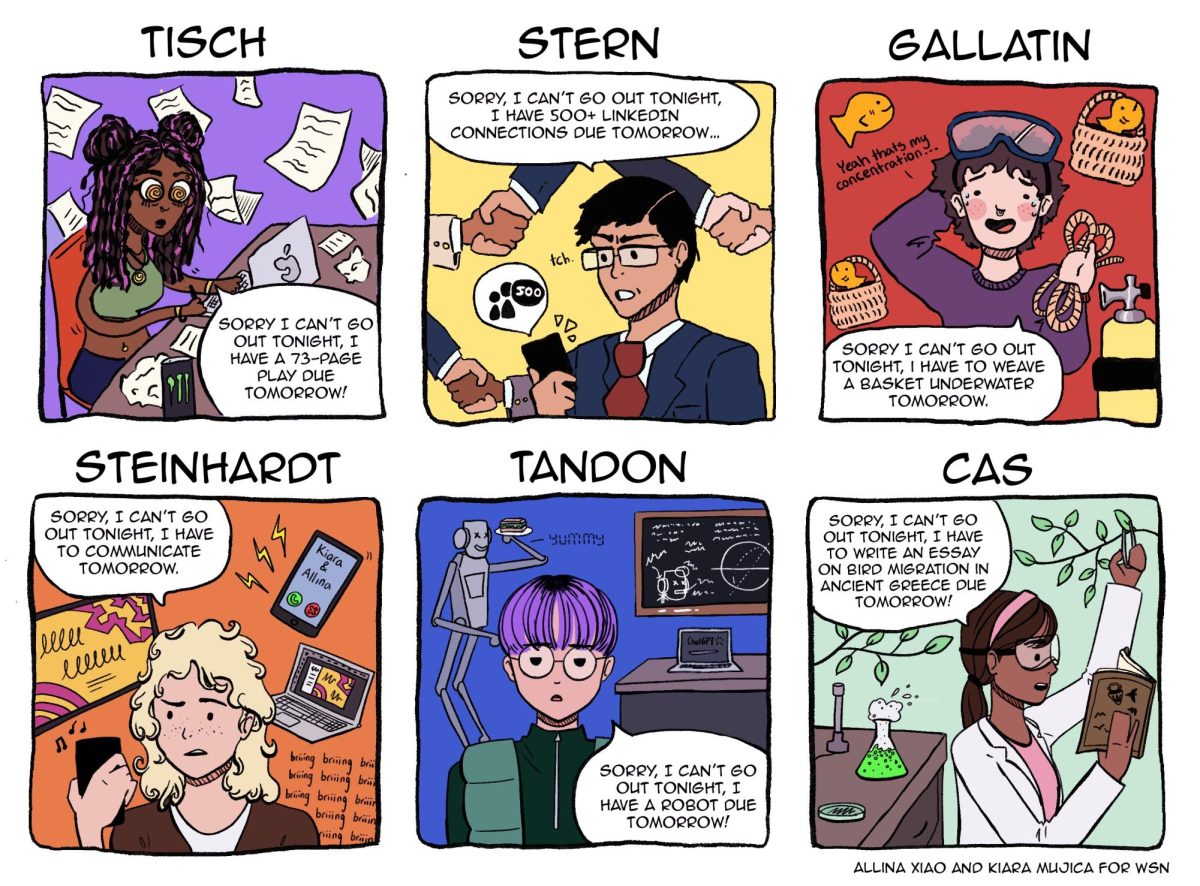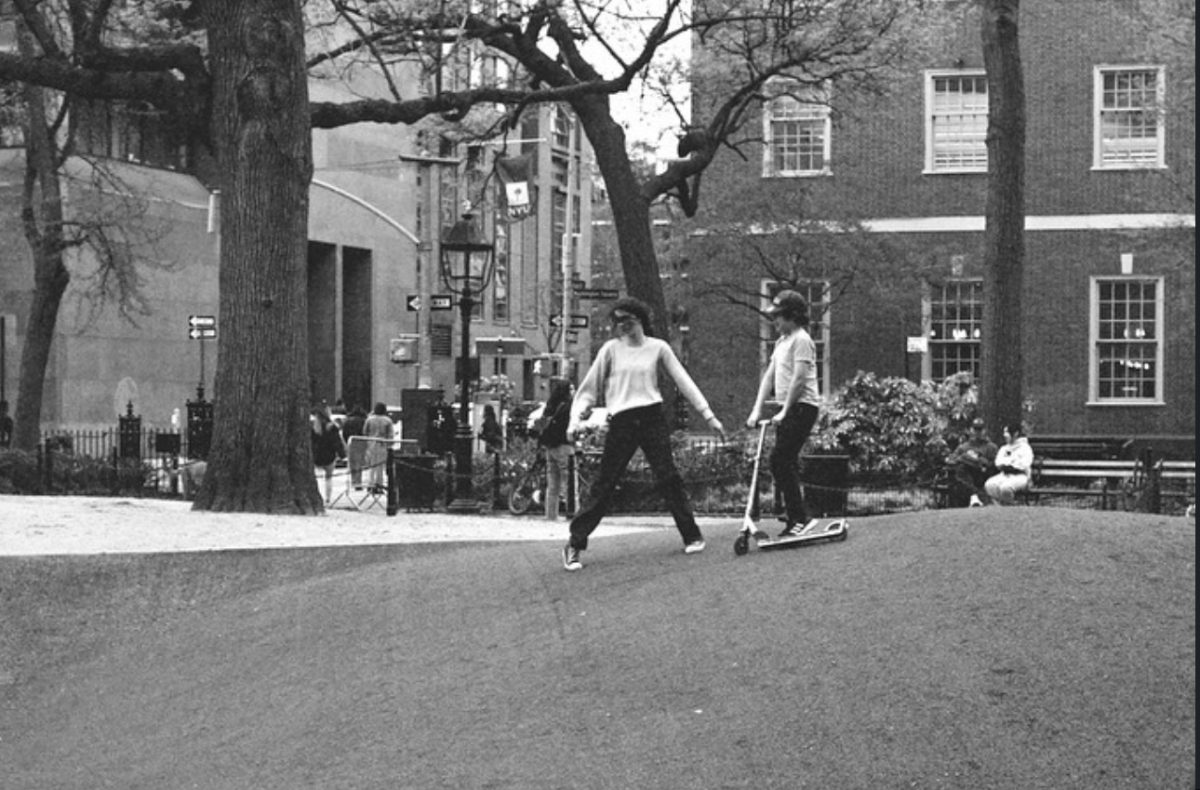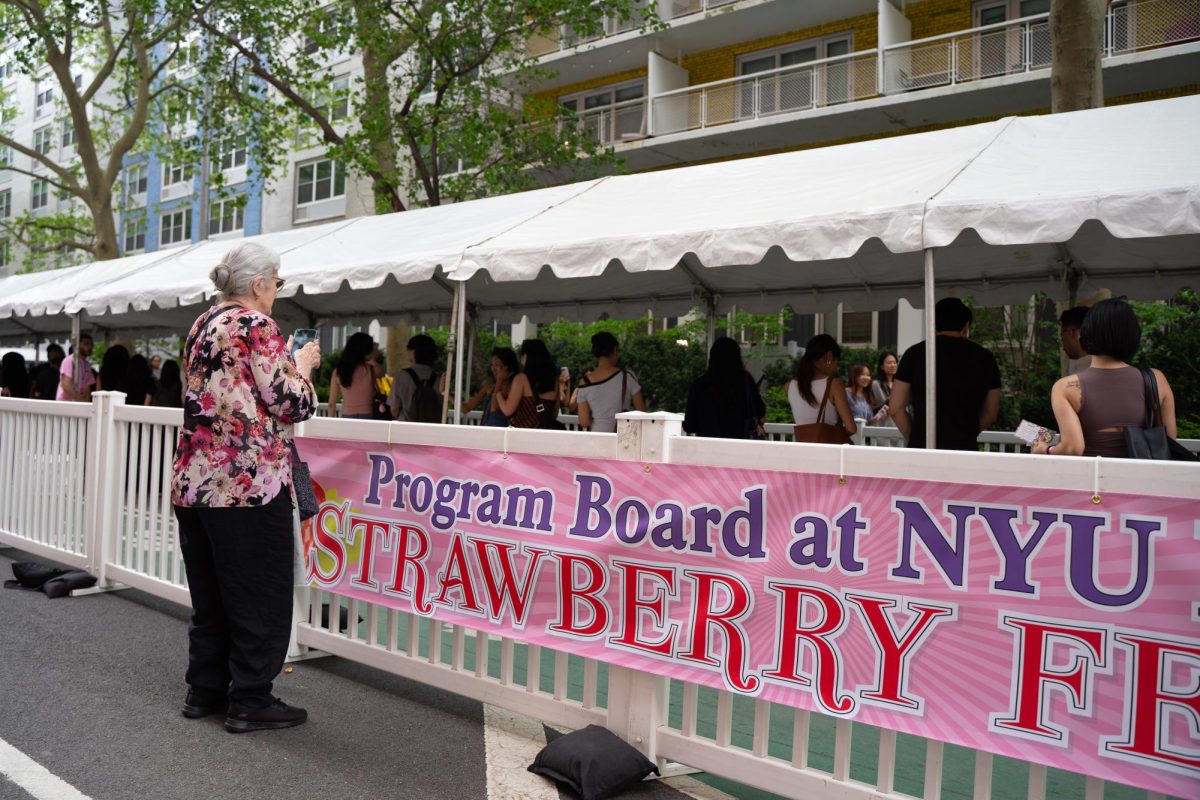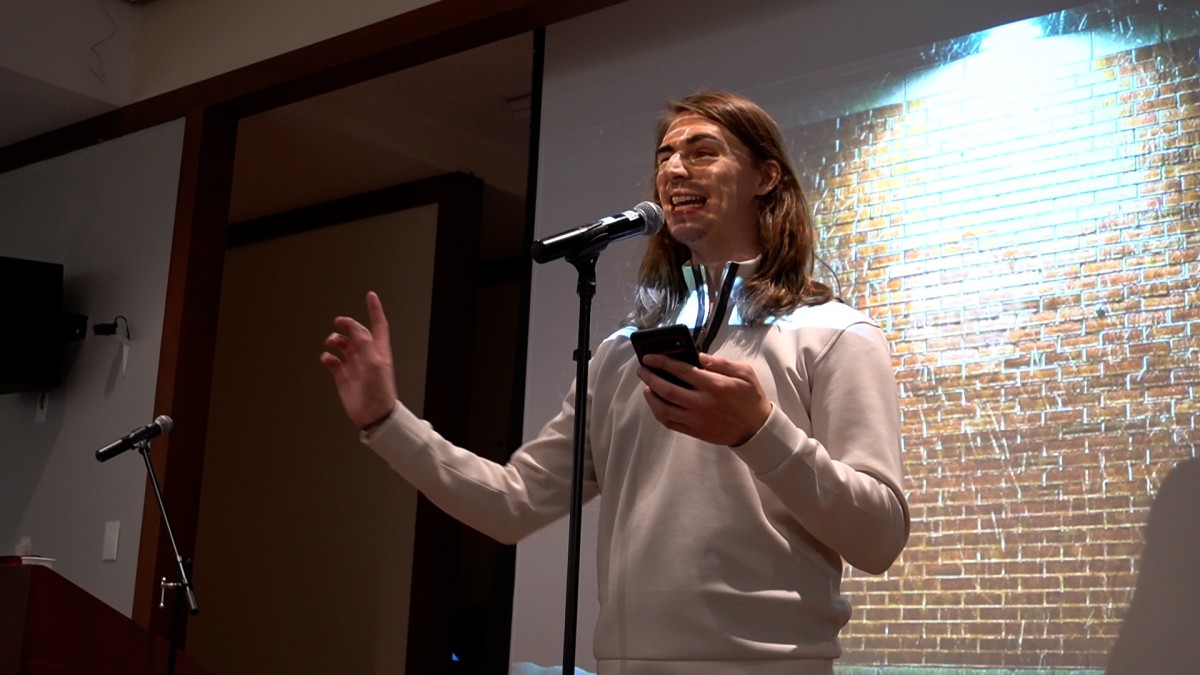As the New York City mayoral election rapidly approaches, Assemblymember Zohran Mamdani is poised to handily win — a result of his down-to-earth, social media-savvy campaigning style and proposed progressive policies that resonate with younger voters.
Among his flashiest proposals is a plan to “permanently eliminate” bus fares. But the cost of this enticing campaign promise is unrealistic and often goes overlooked.
Pushes for a cheaper bus system have made a recurrent theme this election cycle. A couple weeks ago, Mamdani rode a crowded M57 bus through midtown Manhattan on his way to a publicity event to highlight his new, affordable plan — and arrived 25 minutes late. But he’s not the only contender who has shed light on bus fares: Even independent candidate Andrew Cuomo called for “further exploration” into expanding free bus pilots. Still, regardless of the political side you fall under, eliminating fares across the largest public bus system in the nation would certainly be easier said than done.
In a way, the city’s 327 bus routes are already free to many riders. In a 2023 report on fare evasion, the Metropolitan Transportation Authority estimated that it lost $315 million to fare evasion on buses in 2022, making buses the “single largest source of evasion cash loss in the MTA system.” The report adds that there is “indeed a connection between poverty and fare evasion” and that “no New Yorker should be cut off from opportunity because they cannot pay the fare.”
The solution to the fare evasion problem is not simply to eliminate fares. In an increasingly expensive city, the most vulnerable New Yorkers should not be worried about the $2.90 barrier to boarding a bus just to make it on time for their jobs and responsibilities. However, making the bus system free would not remove this roadblock to transit access for low-income New Yorkers, rather, it would scrape the system of its already minimal resources. By sacrificing bus service in the name of free fares, we would likely end up with a two-tiered transit system: fast subways for those who can afford the $2.90 fare, and slow buses for those who cannot. New York City should be an example to follow of great public transit, not a place where two unequal modes of transportation exacerbate socioeconomic mobility gaps.
In many cases, not paying for the bus becomes irrelevant when you still have to pay for the subway. The MTA does not release specific data regarding how many passengers transfer between the two systems, but most bus routes, including the 10 busiest ones, are designed to feed into the subway system at key transfer points, such as at 14th Street-Union Square and Lexington Avenue-59th Street. Currently, transfers between buses and subways are free within two hours — meaning that taking the bus costs nothing if it’s an add-on to a subway trip. For those who rely on this transfer system, making the bus completely free wouldn’t change anything because they would still be paying the same $2.90 to take the subway.
Free buses have been tried in New York City before, most recently with a yearlong pilot from September 2023 to August 2024, which eliminated costs for one bus route in each borough. The trial resulted in both increased ridership as well as decreased violence against bus operators — both obviously positive outcomes. But according to the MTA, ridership increases were mostly made up of usual riders taking the bus more frequently instead of new passengers.
The pilot also demonstrated that when many people who would normally walk short distances decide to take the bus because there’s no fare, riders traveling longer distances are forced to endure more crowded buses. In New York City’s few months of free buses last year, travel time slowed by around 4%.
It should be, and is, possible to have the best of both worlds. New Yorkers deserve a bus system that is fast, efficient and safe: supported by the fare revenues that help maintain it, as well as a robust reduced-fare program to ensure that no one has to worry about not being able to pay. If we want a transit system that works best for everyone, the solution is not necessarily free buses — it’s a balanced approach that provides quality service, fast commutes and equitable fares.
WSN’s Opinion desk strives to publish ideas worth discussing. The views presented in the Opinion desk are solely the views of the writer.
Contact Sam Bergheiser at [email protected].



